
The ZEN50 is a game changer. World’s first series production catamaran equipped with a wingsail, it defines a new distinctive class of its own, where genuine zero-emission meets high comfort and performance, limitlessly.
Designed from scratch for ZEN Yachts by award-winning naval architect Julien Mélot , this full carbon catamaran is the ultimate essence of technology driven, high performance and luxurious, eco-friendly leisure yachting.
The blue water capable ZEN50 lightweight racing carbon hulls are combined with a huge solar roof for an unrivaled solar power vs. displacement ratio above 1:1 (18 kW / 17 tonnes), making this yacht completely energy self-sufficient. A revolutionary, fully automated, wingsail - by Ayro© - can be added as a range and speed extender. The yacht’s high capacity battery bank powers a powerful silent electric propulsion, allowing the ZEN50 to achieve 14 knots and maintain high continuous speeds in unrivaled safety and comfort, indefinitely…
The ZEN50 is offered with or without wingsail and comes in 3 main different versions: Racer, Cruiser and Explorer, each dedicated to a different usage and owner profile. We use these versions as a basis to define a final, bespoke specification for each of our valued clients and ZEN Community Members. Scroll down for more details, specifications and prices.


1st WINGSAIL series production yacht in the world!
The OceanWings32 - by Ayro© - was initially developed for Team Oracle, for the America’s Cup 2010 in Valencia. Over years, it has further been developed and automated by VPLP and was installed on Energy Observer in 2019. Two years of field feedback have allowed the Ayro team to fine tune the algorithm commanding the wingsail. The ZEN50 is the first series production leisure craft to be equipped with this fully automated wingsail. It is controlled at the touch of a finger on screens, is automatically adjusted and has several safety modes and features. The two parts of the wingsail can be hoisted and lowered independently and with the simple touch of a button. The wingsail OceanWings32 is the ideal complement for the solar roof for those wishing to cruise long distances off-shore with zero-emissions.
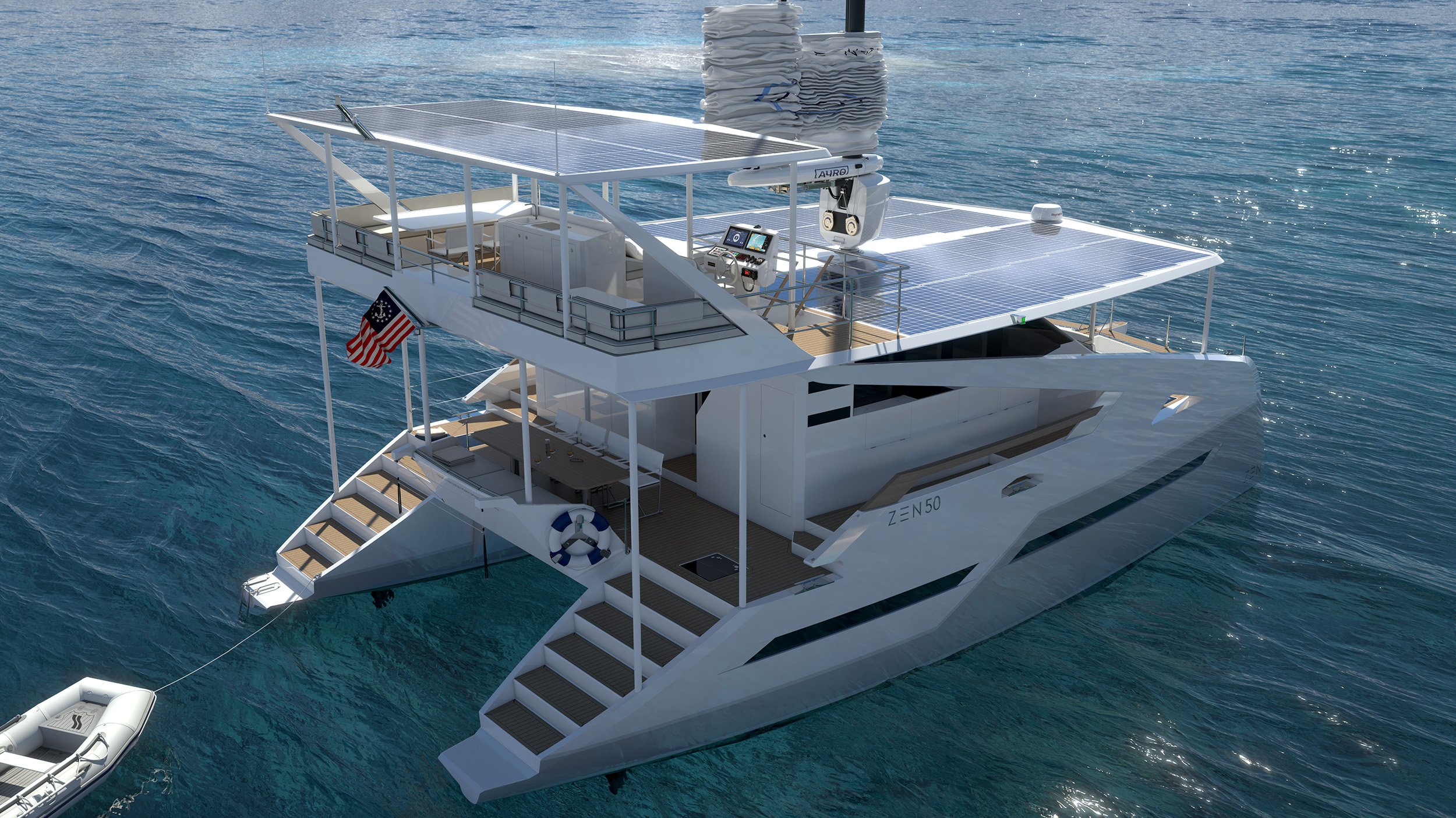
Greatest ratio SOLAR POWER / weight on the market
At 17 tonnes lightweight and 18,000 W of peak solar power, the ratio of the ZEN50 is at over 1 kW per displaced tonne of water or beyond 1:1 which is far beyond any other blue water CE Cat A yacht in this size range. Lots of solar power for little water to displace is the strong and healthy foundation the energy self-sufficient ZEN50 is built upon.
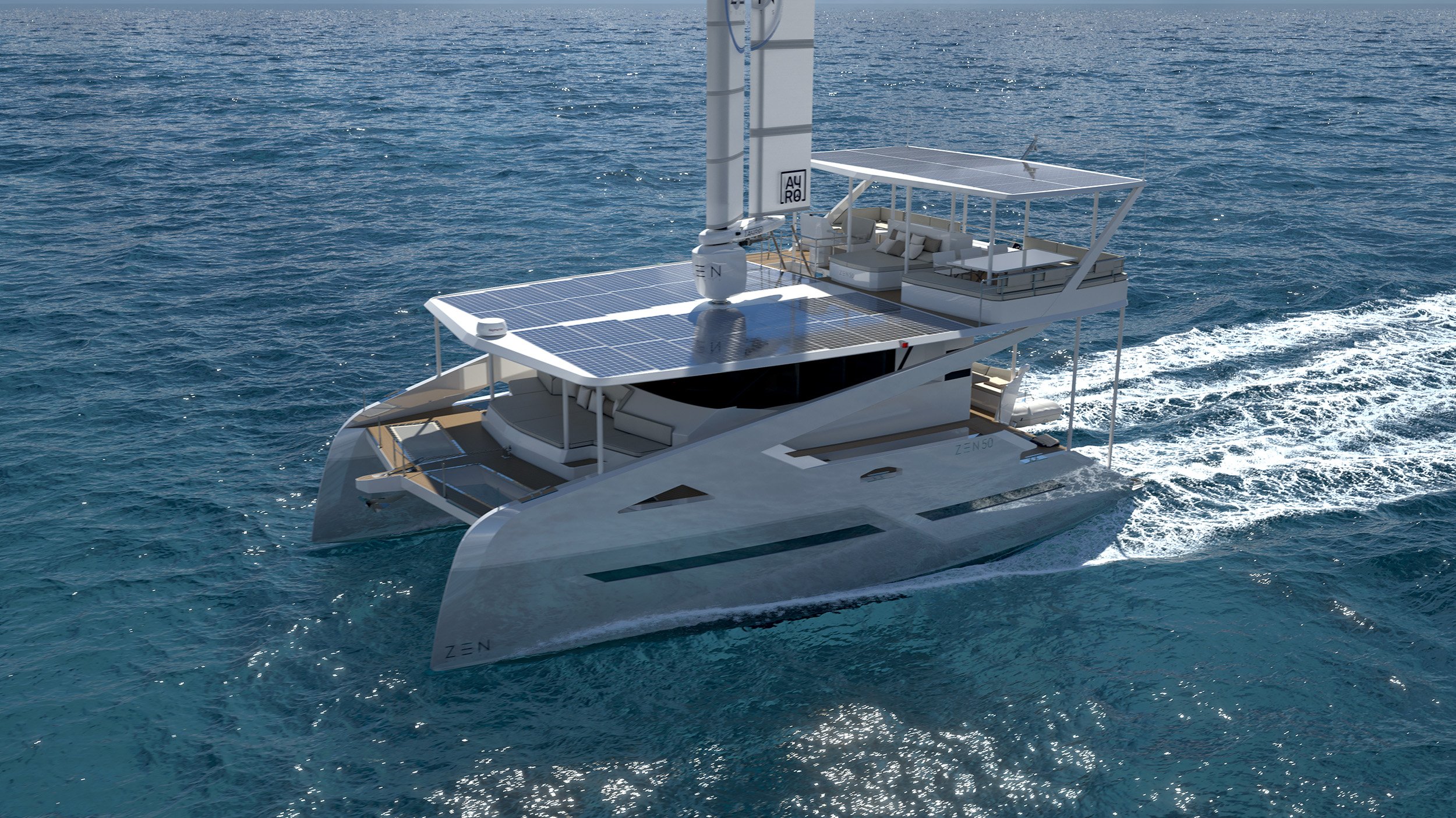
Performance CARBON sandwich hulls
The hulls of the ZEN50 have been designed from a blank screen for ultimate efficiency - understand minimum drag or minimal energy consumption for a range of speeds from 6 to 10 knots. Their shape is aggressive, sharp and slender. Their reverse bows cut through water like a sword cuts through butter and their curvature is reminiscent of graceful dolphin bodies. These hulls are undoubtedly of the performance type and are built with the best available composites: Carbon fibre and Corecell™. The combination of high strength, low weight and performance design allow the ZEN50 to reach speeds of up to 14 knots.
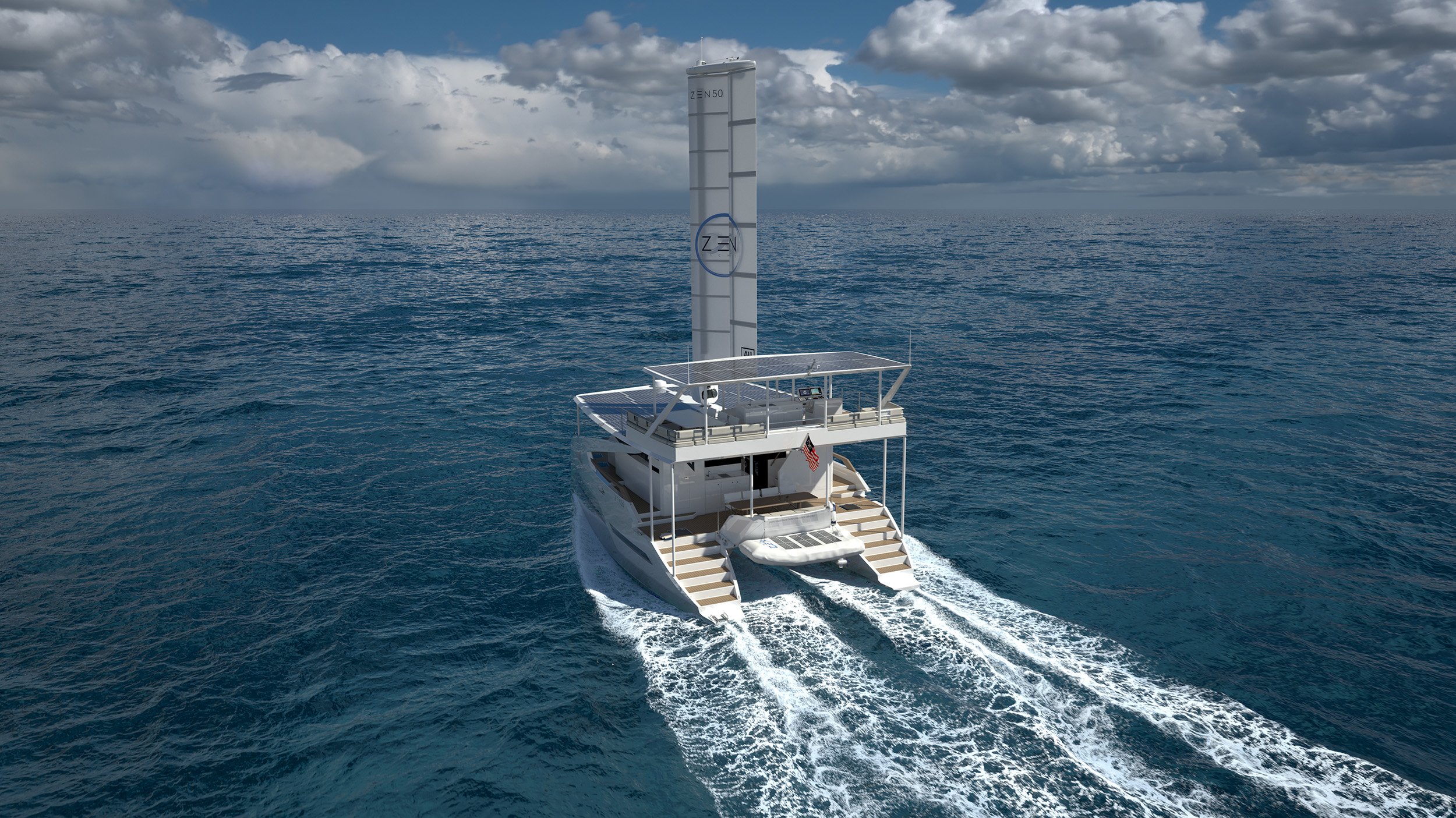
INFINITE range at high CONTINUOUS speeds
With maximized solar and wind power and minimized energy consumption… the ZEN50 can sail continuously at speeds varying between 6 and 10 knots. Thorough simulations in various sea states and weather system have consistently shown the ZEN50 will be able to achieve performance catamaran speeds continuously without using a genset. With the ZEN50, the world is your oyster and the wildest destinations are within your reach with this self-reliant vessel!

True ZERO-EMISSION operation
The first ZEN50 unit, whose construction started in March 2023, will not be equipped with a genset at all and will not have any fossil fuels onboard. The ZEN50 energy system with its very large capacity 160 kWh battery bank, has been designed to function for days in complete safety with minimal solar energy harvest and no wind. It is perfectly safe with no backup genset and operates 24/7 without any polluting emissions.
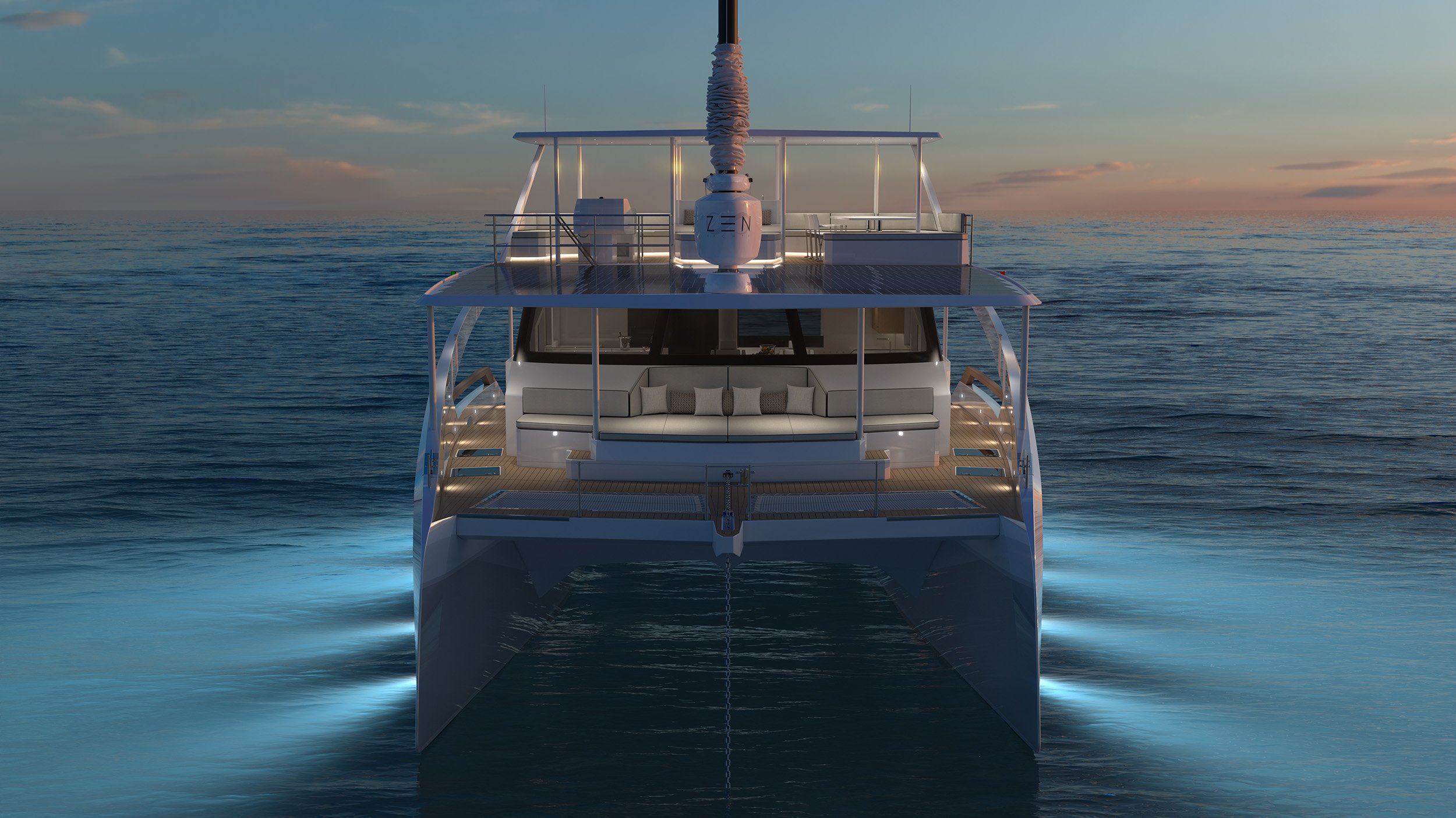
NO FUEL , no costs
Naturally, requiring no fuel to operate day in day out is great news for the environment, it is also fantastic news when sailing into remote areas where fuel bunkering might be near impossible or where the fuel quality might be an issue. Finally, it also makes a massive difference in this yacht’s costs of operation. Imagine the hundreds of liters of diesel saved over just a week, the obsolete engine maintenance schedules, the clogged filters and dirty tanks from another age… Welcome to a new burden-free, energy self-sufficient era, welcome to clean and graceful eco-yachting, welcome to ZEN Yachts.
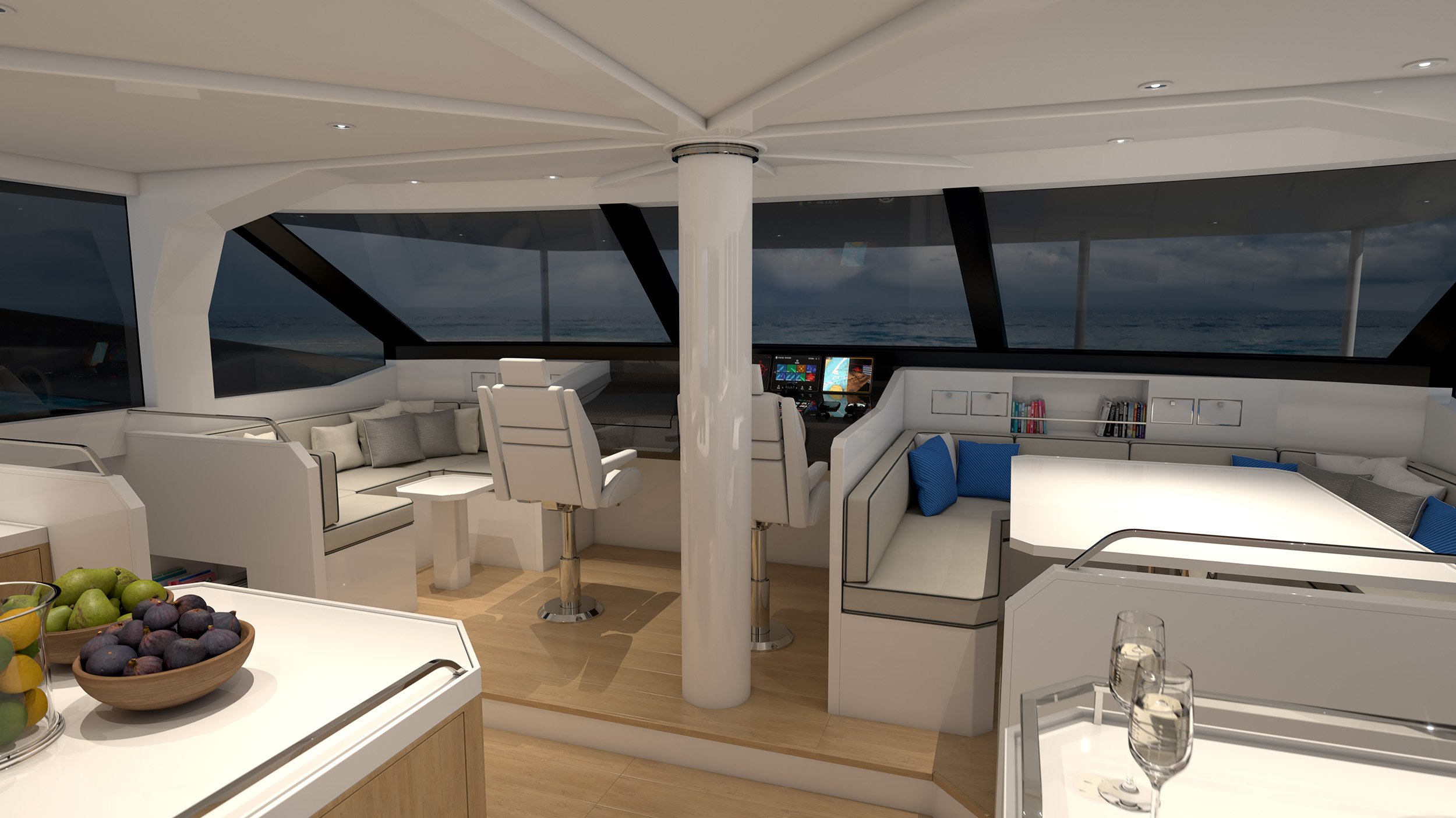
Highest SAFETY & reliability
At ZEN Yachts, we have made some design choices to attain energy self-reliance with the ZEN50 that reduces the habitable volume in the hulls, similar to performance catamarans. Where we have not and will never compromise is on safety. Our main voltage system is 48V making it perfectly safe to work on. The level of redundancy of the batteries and solar panels is 10! The main electrical architecture is split in 2 so that should anything happen on 1 hull, the entire vessel can still operate normally. There are 2 independent helm stations and the ZEN50 is packed with special safety features, nonsubmersible compartments and we can even offer an in-depth practical course on safety equipment usage and management. Sailing with the ZEN50 is not only exhilarating and clean, it is ultra safe!
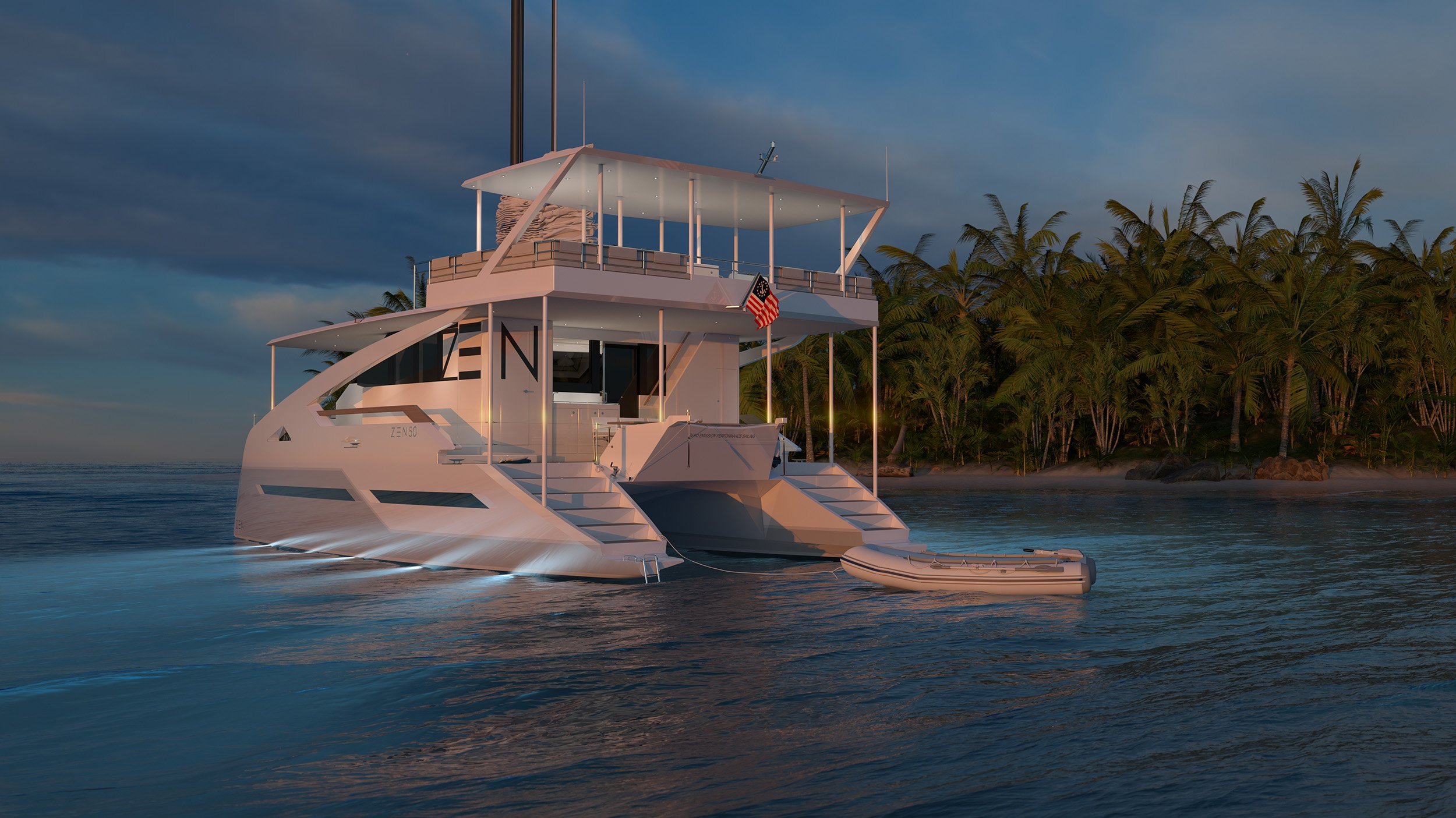
Unrivaled space & COMFORT
The ZEN50 offers the speeds of a performance catamaran, the comfort of a large motor yacht and the simplicity of an electric car. No less than 2 large day beds, 3 dining areas for over 10 people, 1 professional galley and 2 wet kitchens, 5 heads, up to 4 double ensuite cabins, 1 bunk double and 1 single together with both saloon and dining areas converting into extra sleeping areas, this is simply unrivaled on a 50 ft. catamaran. Add an electric tender, dive compressor, satellite internet, 2 helm stations (cockpit and flybridge), a solar roof that converts into a gigantic upper deck to enjoy the most epic sunrises and sunsets, welcome onboard the ZEN50!
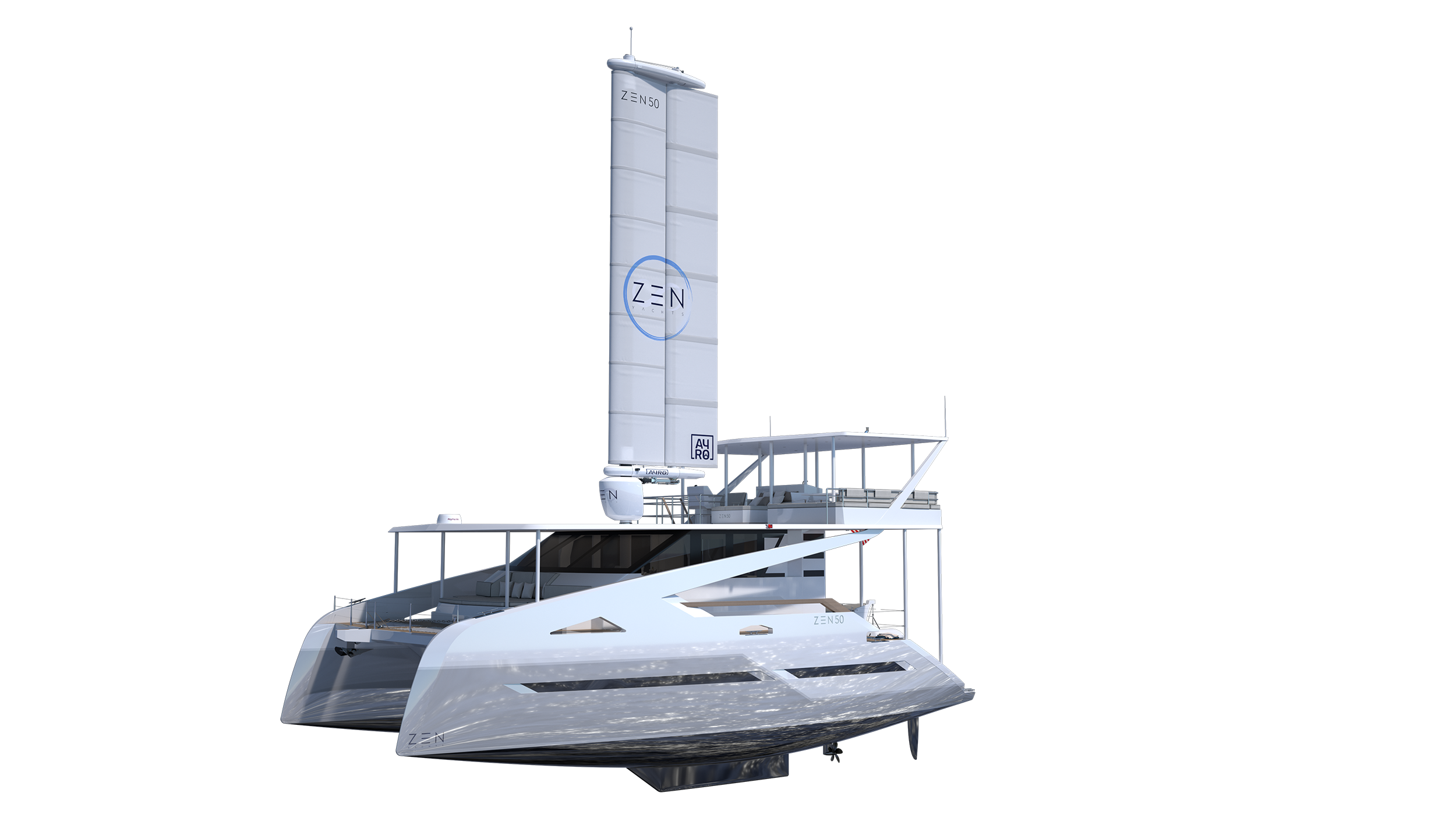
SPECIFICATIONS
Main particulars.
• Length Over All: 15.7m
• Beam: 8.4m
• Depth Molded: 2.7m at midship
• Displacement (light) : 17 T
• Draft (design): 1.3m (4.3ft) incl. keel
• Passenger Capacity: 12
• Berths: 12 (4 x double + 2 x single + saloon)
• Building Material: Carbon Fiber - Corecell™ composite
• Certification: CE Cat A - Unrestricted with 12 persons
Note: Some of the above figures may vary between versions
PROPULSION & ENERGY
• Propulsion: 2 x 50 kW brushless DC motors
• Main Battery Pack Capacity: 160 kWh Lithium
• Solar Roof Peak Power: 18 kWp
• Wingsail: Oceanwings® OWS 3.2 by Ayro©
• Backup Battery Pack Capacity (Nav/Com/Wing): 5 kWh Lithium
• Main System Voltage: 48V - Low voltage for total human safety
• Accommodation Voltage: 110V or 220V
SPEED & RANGE
• Max. Speed on e-motor only: 10 kn
• Max. Speed on e-motor & Wingsail: 14 kn
• Cruising Speed for continuous operation - solar only: 4.5 - 5 kn
• Cruising Speed for continuous operation - solar and wing: 6 - 10 kn
• Cruising Speed day time: 8 - 10 kn
• Range Over 24 h: 180+ nm
Note: These values may vary between versions and sea / weather conditions
EQUIPMENT INCLUDED - RACER VERSION
• Integrated power management system
• Solar power & energy storage system
• Electric propulsion system
• By-wire steering system
• Helm stations at cockpit & flybridge
• Galley counters, storage, sink, oven, stove, fridge, freezer
• 4 en suite heads with enclosed shower, toilet, sink & faucet (in each head)
• All cabin furniture (as shown in layouts)
• Aft deck fixed dining table and aft sofa with collapsible back rest (as shown in layouts)
• Fore deck day bed and lateral seats (as shown in layouts)
• Outdoor marine cork decking / indoor saloon natural bamboo decking
• All cushions In/Outdoor upholstered with Sunbrella® fabric
• 6 deck hatches
• 2 x 500 liter (2 x 132 gal) fresh water tanks
• 2 x 100 liter approx. (2 x 26 gal) fresh water tanks + 1 fresh water pump
• 2 x 350+ liter approx. (2 x 92 gal) holding tanks
• Railings, cleats and fore deck trampolines
• Mooring equipment: 33 kg Rocna® stainless steel anchor + 50 m stainless steel chain 10 mm + 150 m nylon rope + e-windlass
• Regulatory navigation equipment including navigation lights & mast
• 2 x chart plotter 16”; 2 x VHF with DSC button
• Regulatory Life Saving Appliances
• Critical spare parts kit
Note: The above equipment is for the Racer version. Cruiser & Explorer versions carry additional equipment
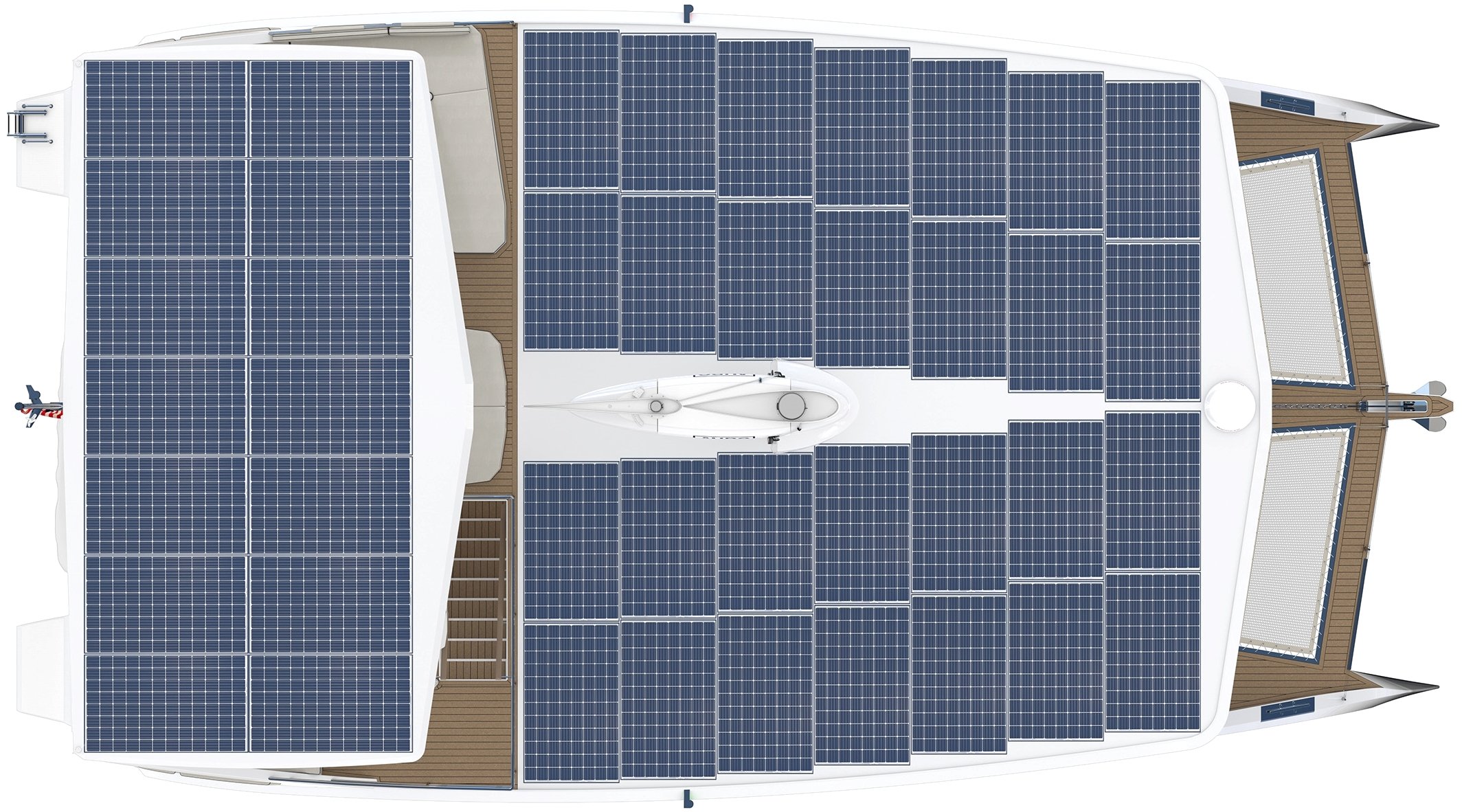
ZEN50 Solar Wingsail Electric Catamaran - Solar Roof Layout

ZEN50 Solar Wingsail Electric Catamaran - Flybridge Layout
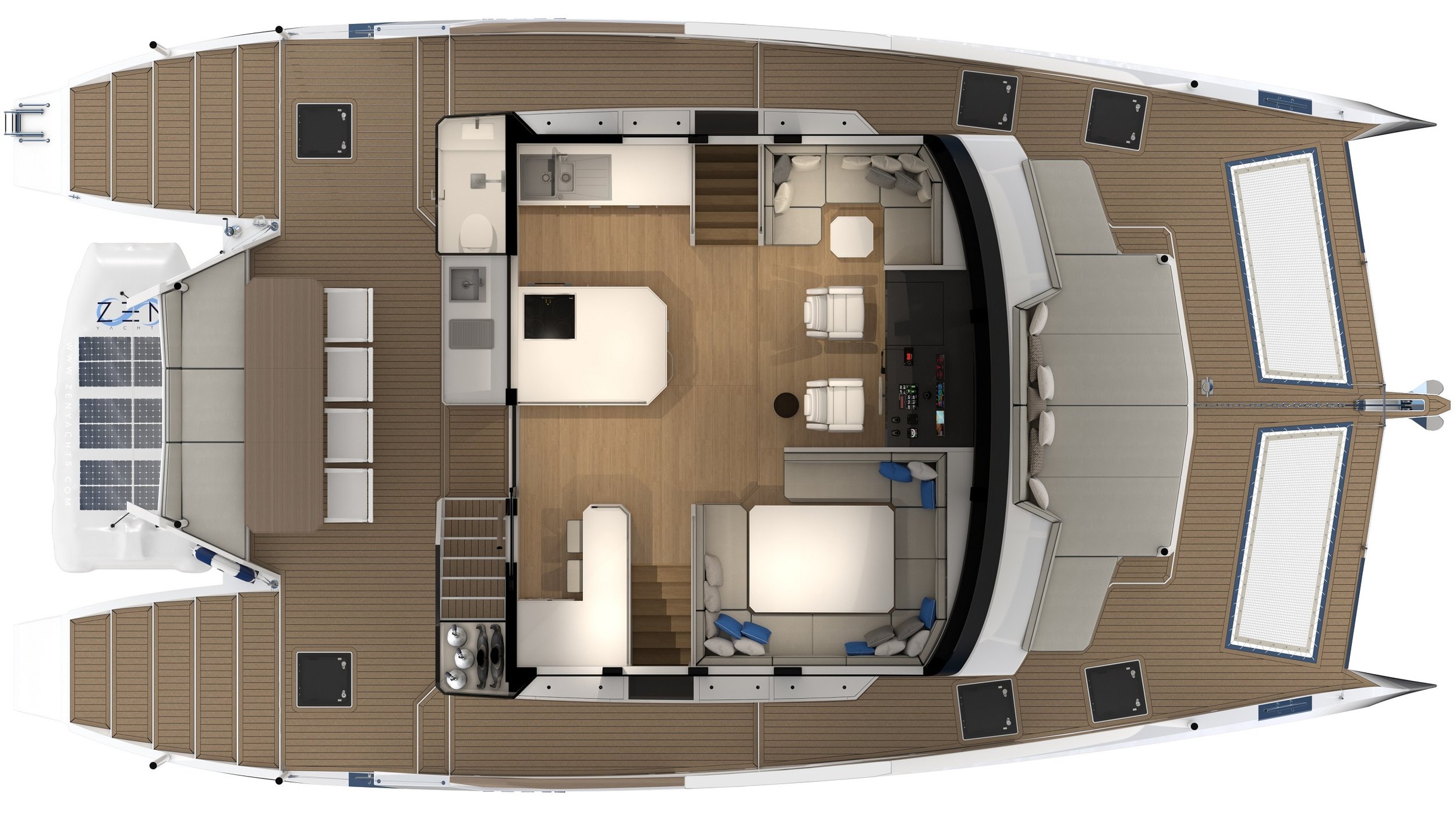
ZEN50 Solar Wingsail Electric Catamaran - Main Deck Layout - Asymmetric D (subject to changes)
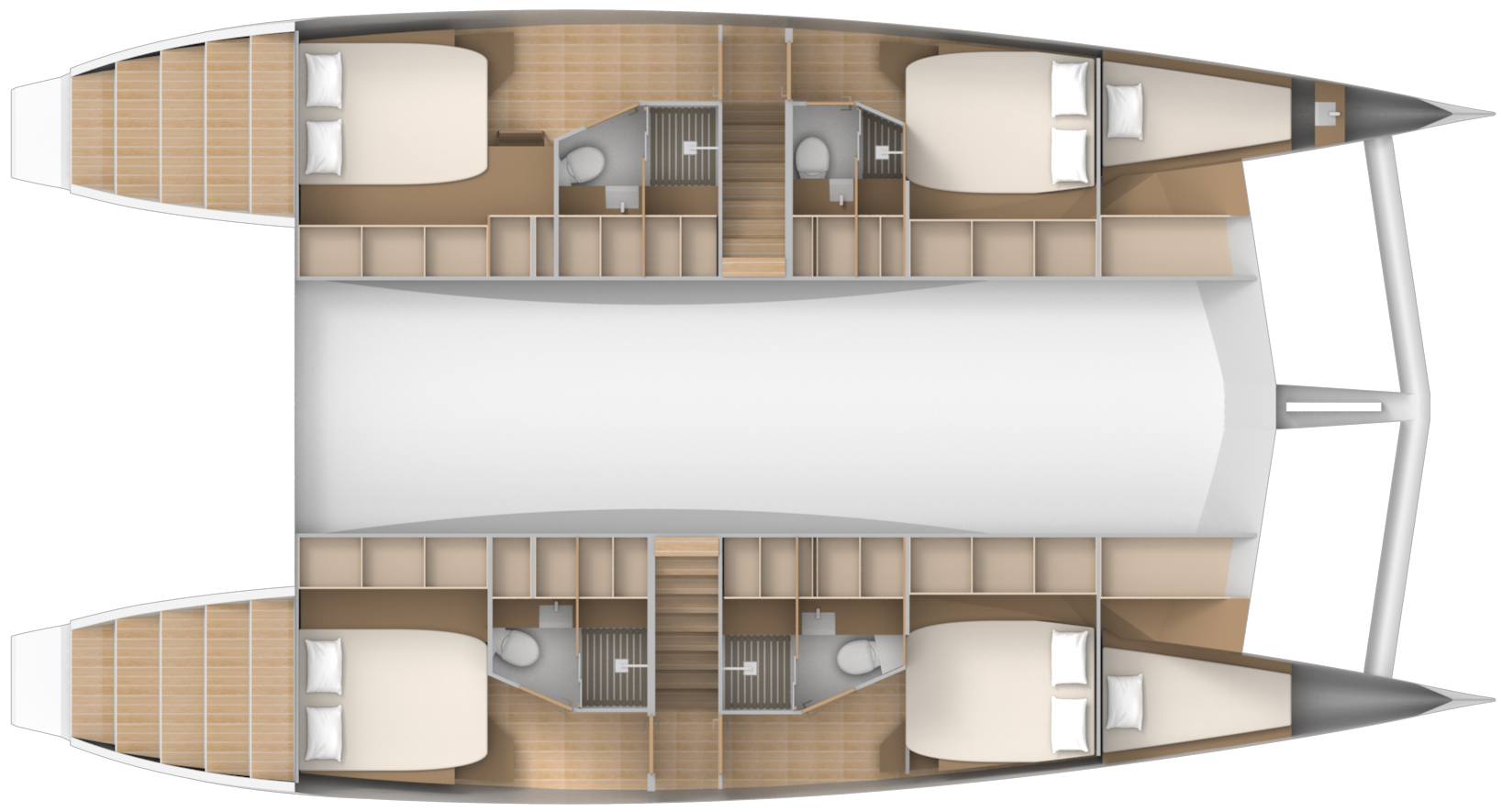
ZEN50 Solar Wingsail Electric Catamaran - Cabin Layout - Asymmetric D (subject to changes)
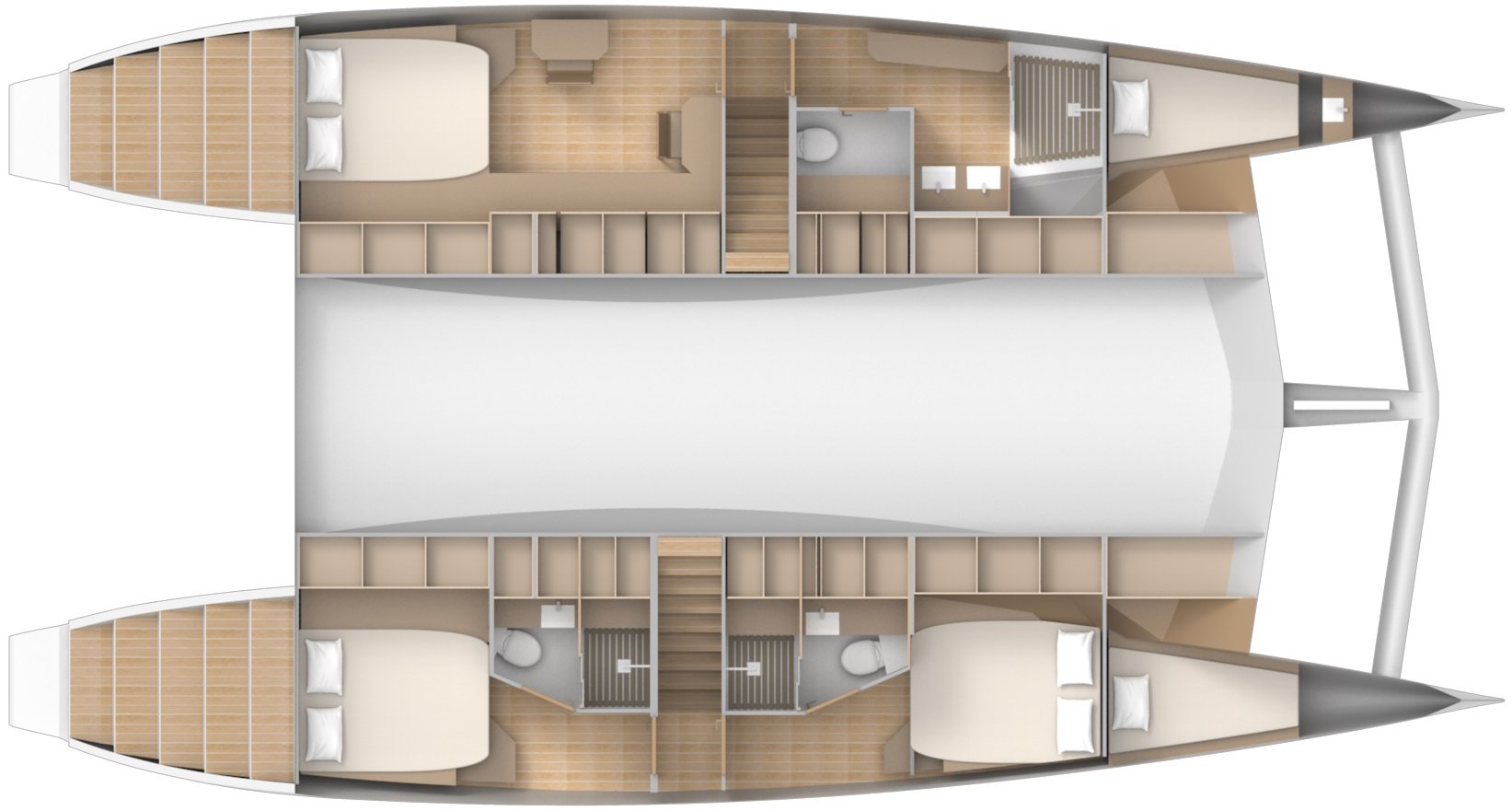
ZEN50 Solar Wingsail Electric Catamaran - Cabin Layout - Asymmetric E (subject to changes)
SOLAR & WINGSAIL
OCEAN RACER
Solar & Wingsail, basic configuration ready to sail, navigation, safety, fridge, etc.
EUR 2 400 000
WORLD CRUISER
Solar & Wingsail, well equipped configuration with, among other options, electric tender, AC and water maker
EUR 2 650 000
ARCTIC EXPLORER
Solar & Wingsail ultimate configuration with all available options
EUR 2 850 000
Solar only, ready to sail basic configuration with navigation, safety, fridge, etc.
EUR 1 850 000
CONTINENTAL CRUISER
Solar only, well equipped configuration with, among other options, electric tender, AC and water maker
EUR 2 100 000
TROPICAL EXPLORER
Solar only, ultimate configuration with all available options
EUR 2 300 000
Ready to reserve your ZEN50?
Want more information .
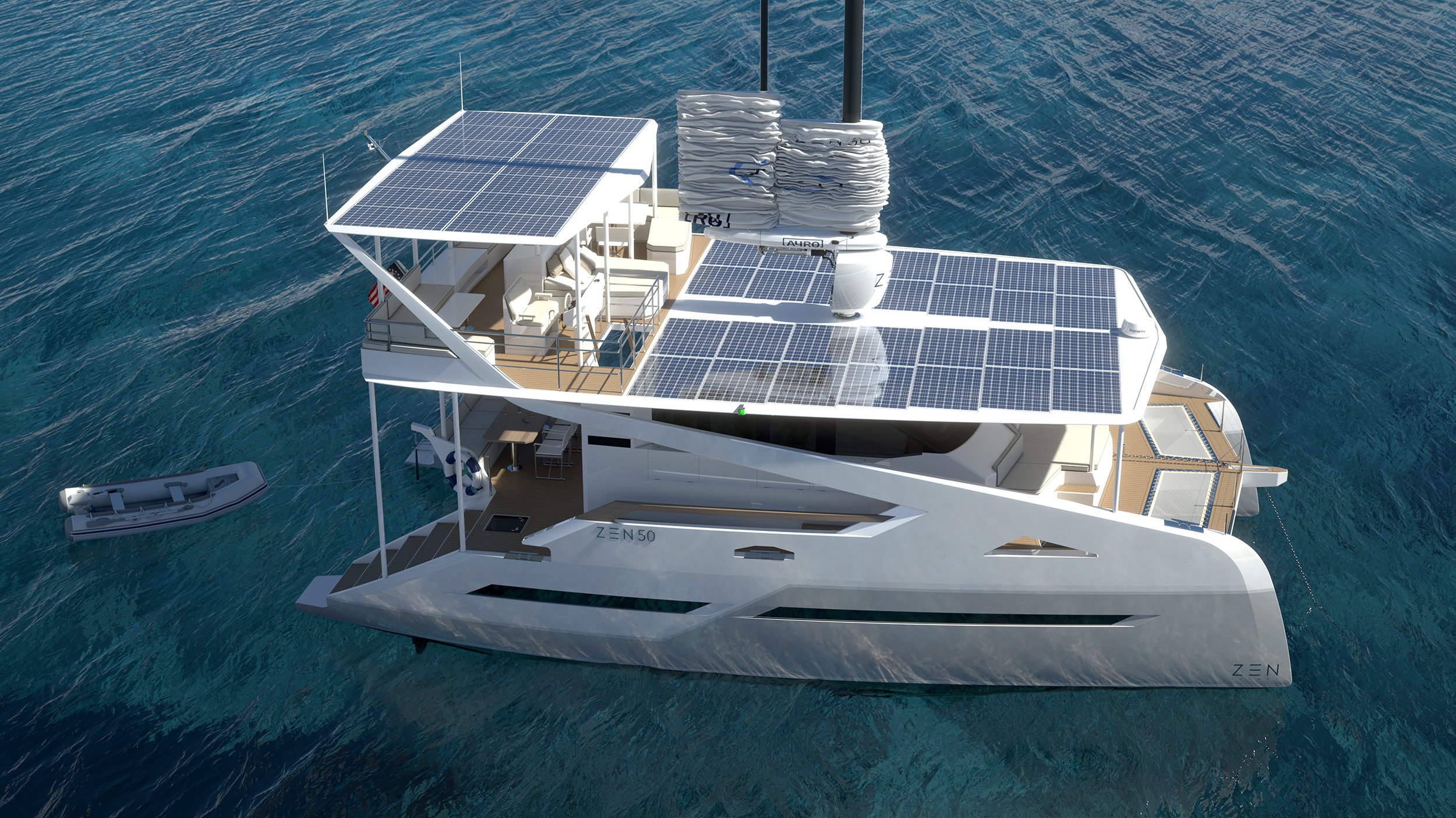
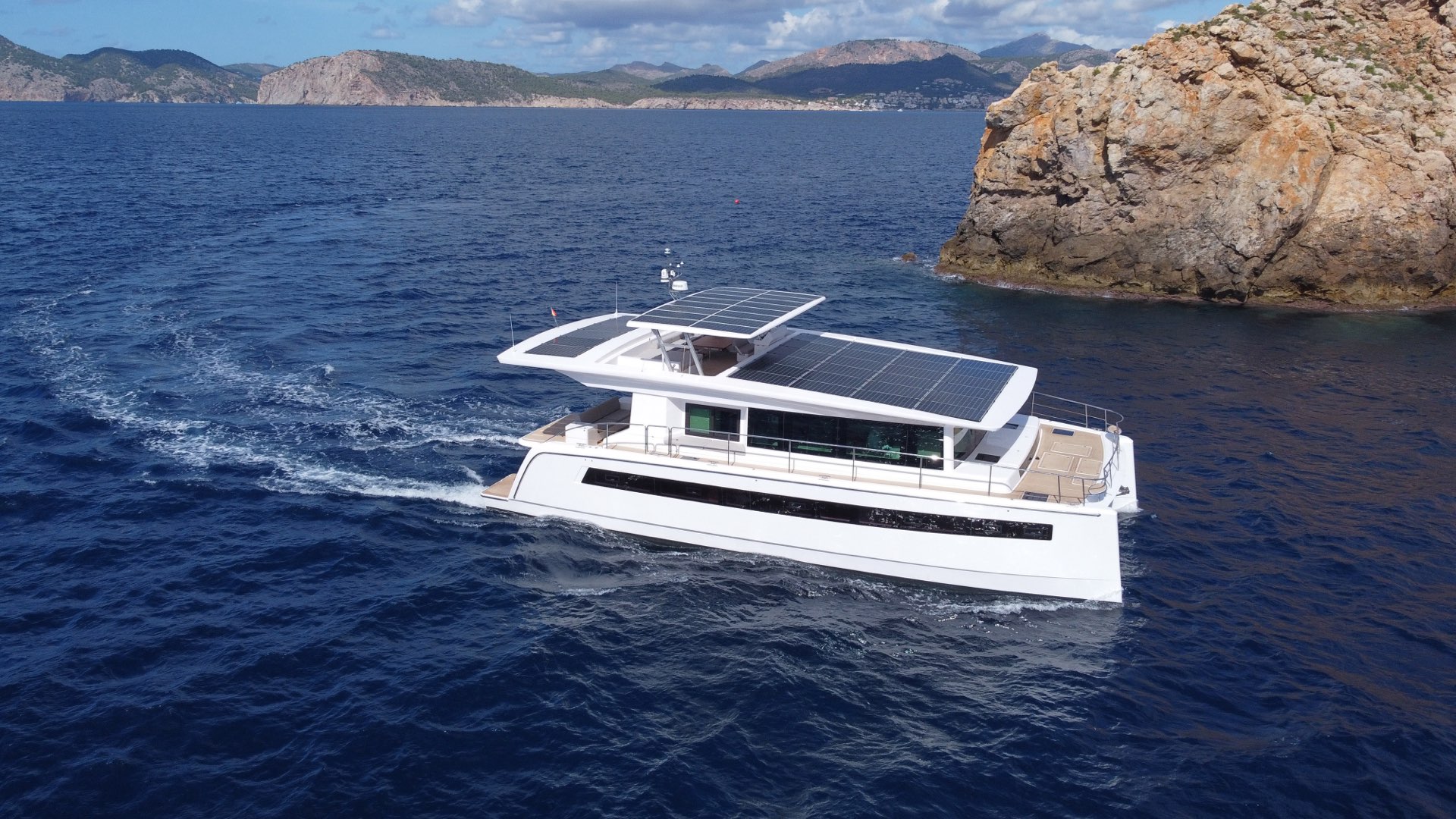
Silent Yachts
Creators of the world’s first series produced, solar-powered electric yachts.
Unlimited Range
Noiseless cruising, zero emission, minimal maintenance, pioneering solar powered yachting since 2009.
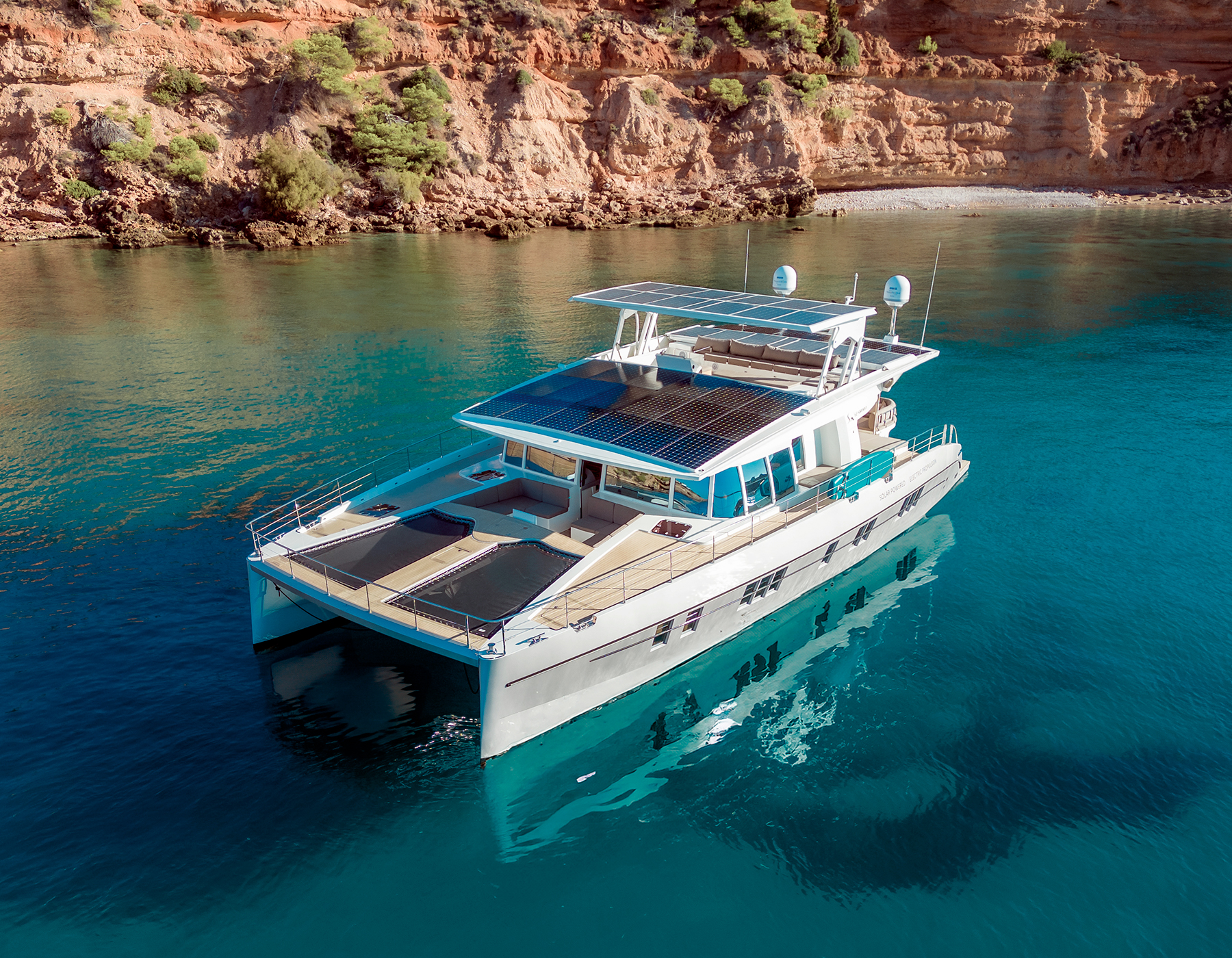
The Original Solar Yacht
As the original inventors of series produced solar-electric yachts, we pioneered this innovative approach. Our first model, the Silent 64, was launched to the market in 2016, several years before any other shipyard considered the possibility of going electric.
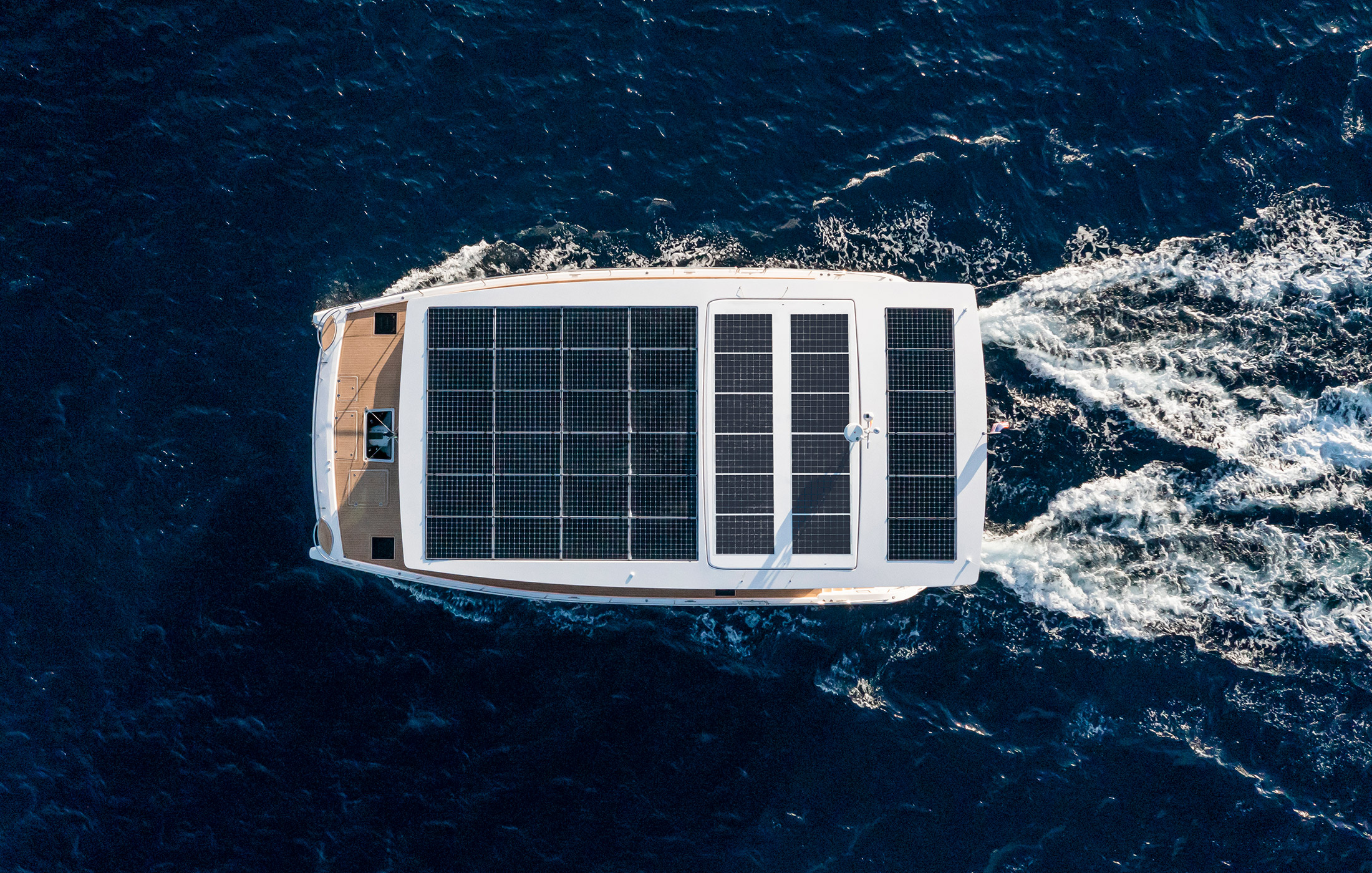
Leading Technology
Our founders began to research alternative energy sources to power yachts during the mid 1990s. Today, the technology of our in-house developed solar-electric drivetrain has been perfected and is multiple generations ahead in terms of reliability, performance and efficiency.
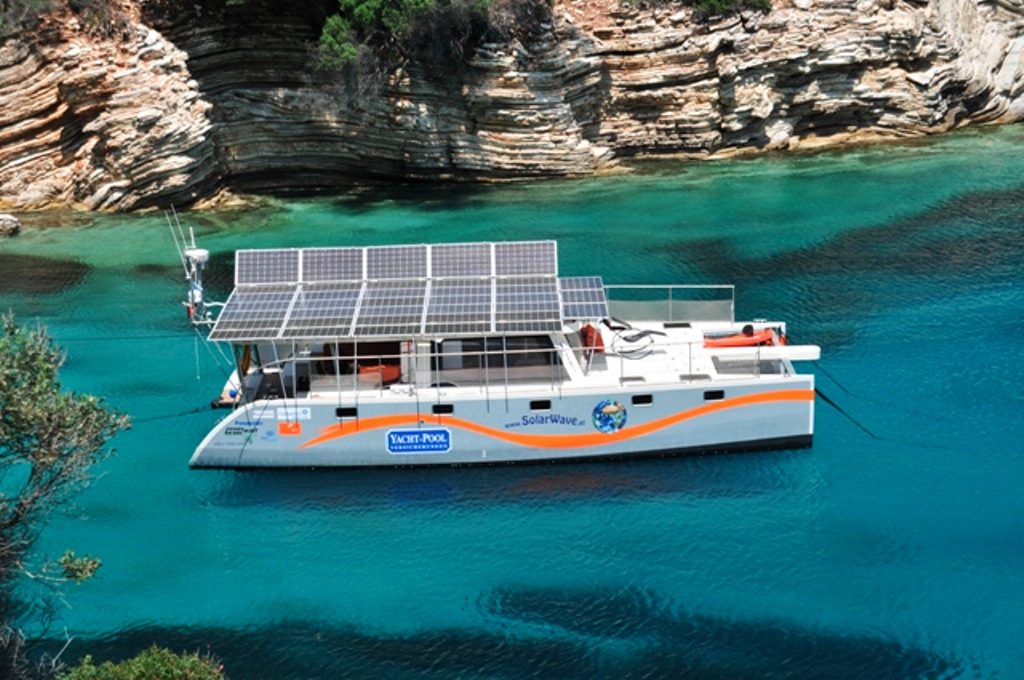
Historical Track-Record
In 2009, the Solarwave 46 was launched as our first prototype of a fully solar-electric, self-sufficient ocean-going catamaran. Since then, our electric yachts have cruised many 10.000s of nautical miles, performing flawlessly during a variety of weather conditions.
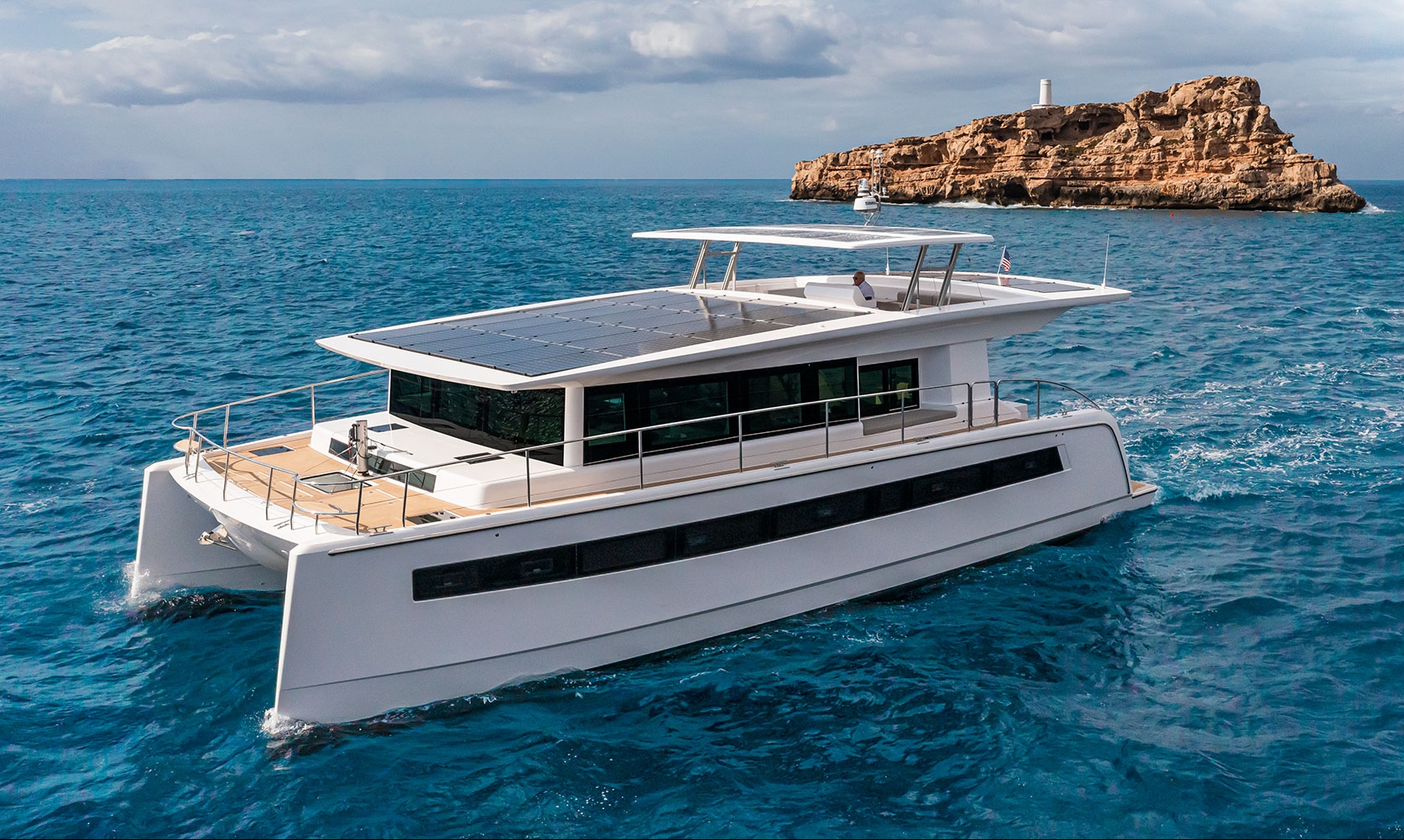
Enabling Self-Sufficiency
What differentiates a Silent is the unprecedented level of autonomy provided by our yachts. Being able to produce your own energy enables a fully self-sufficient lifestyle on board. Travel the oceans sustainably while making them your infinite playground.
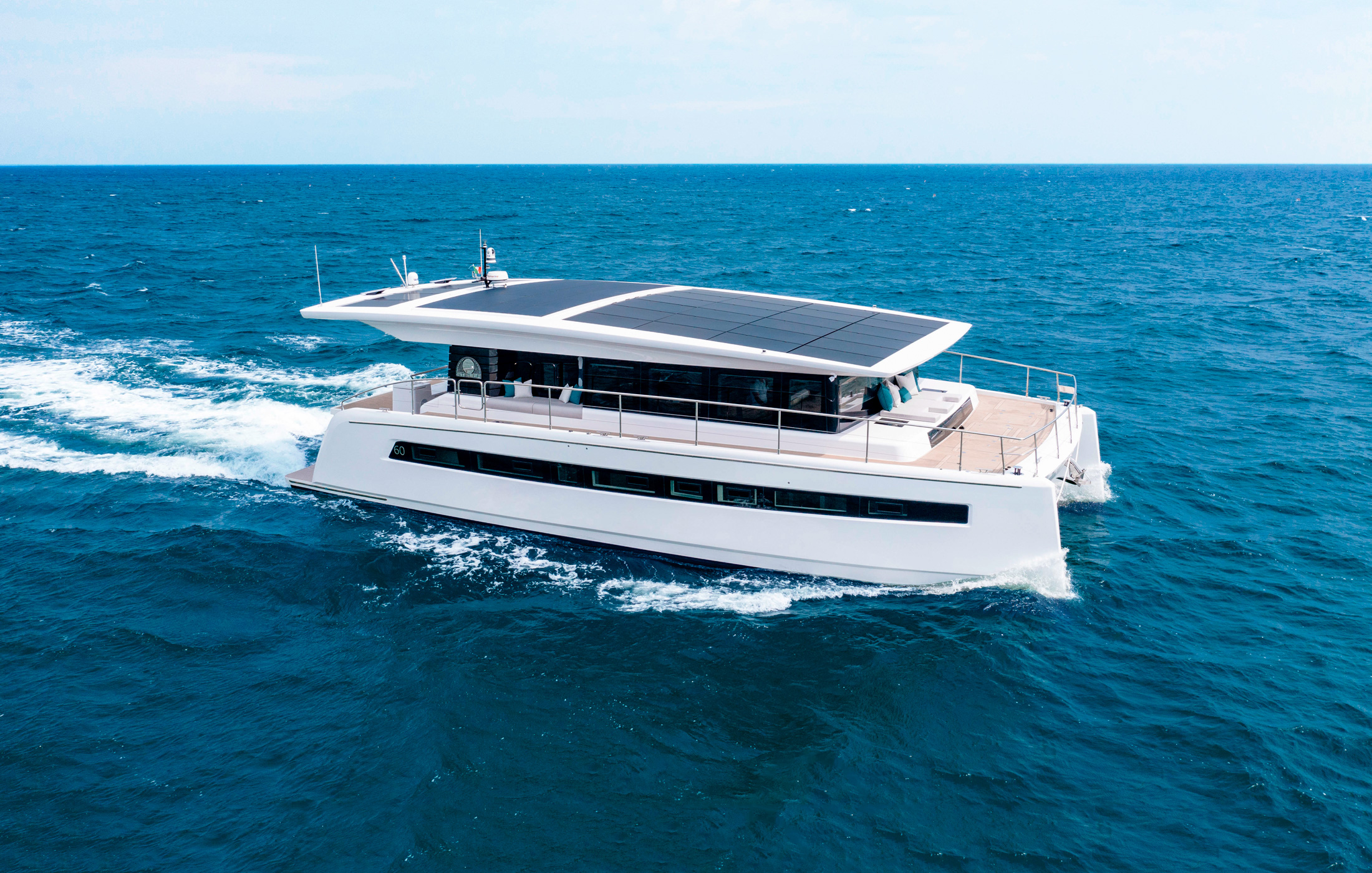
The award-winning entry to solar-electric yachts.
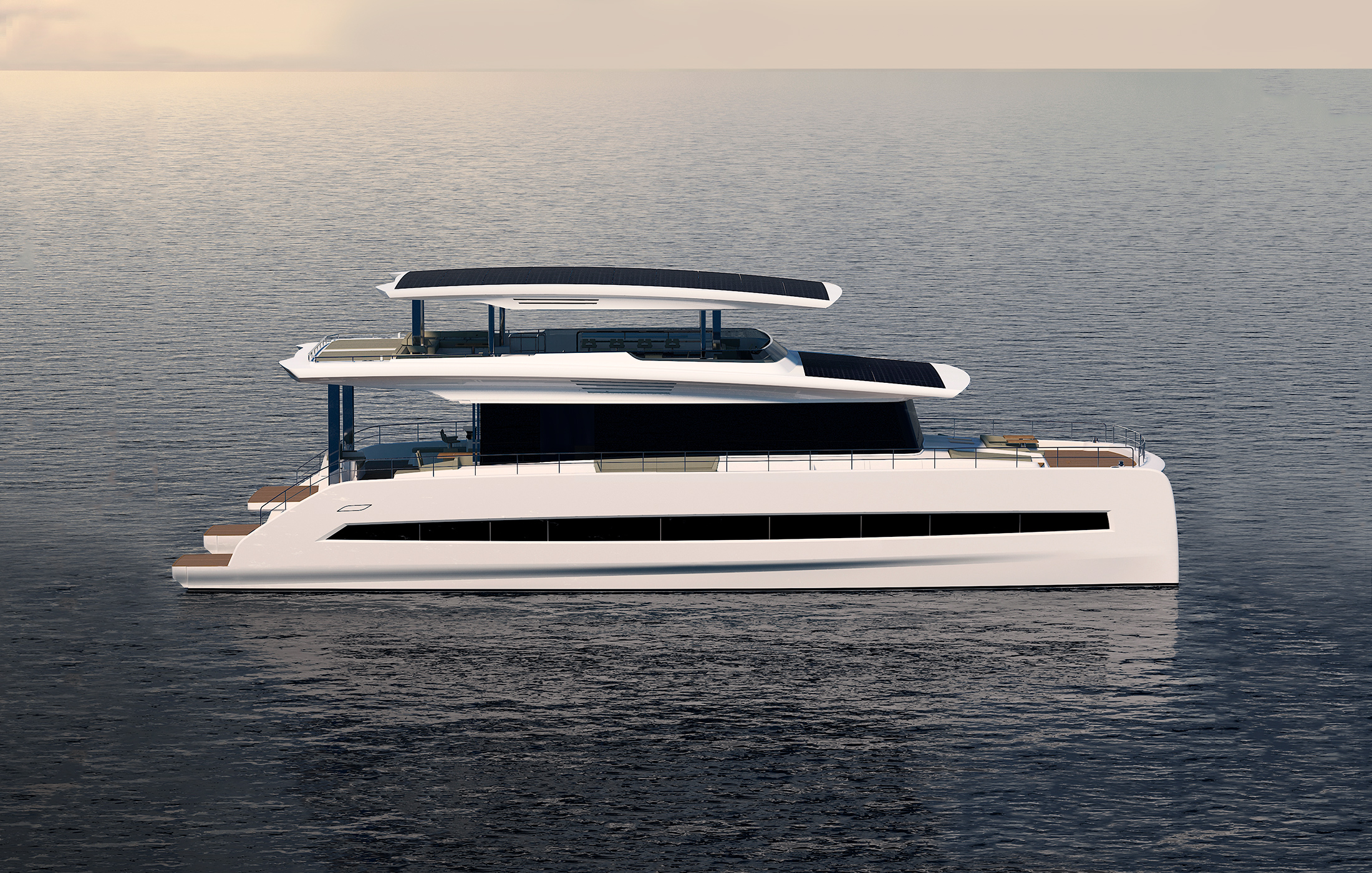
Timeless design meets state-of-the-art technology.
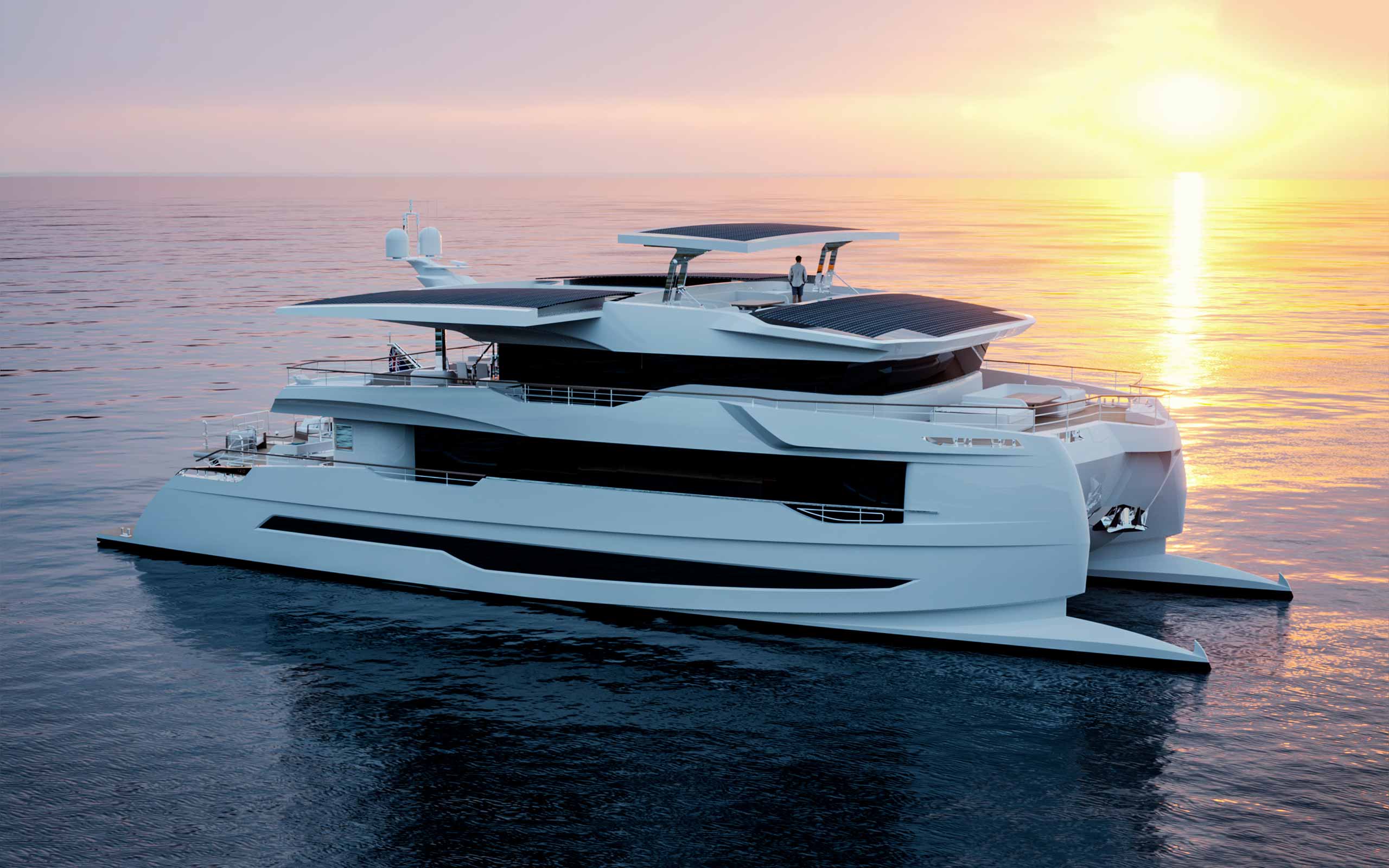
120 Explorer
The boldest expression of solar powered yachting yet.
What Makes Us Unique
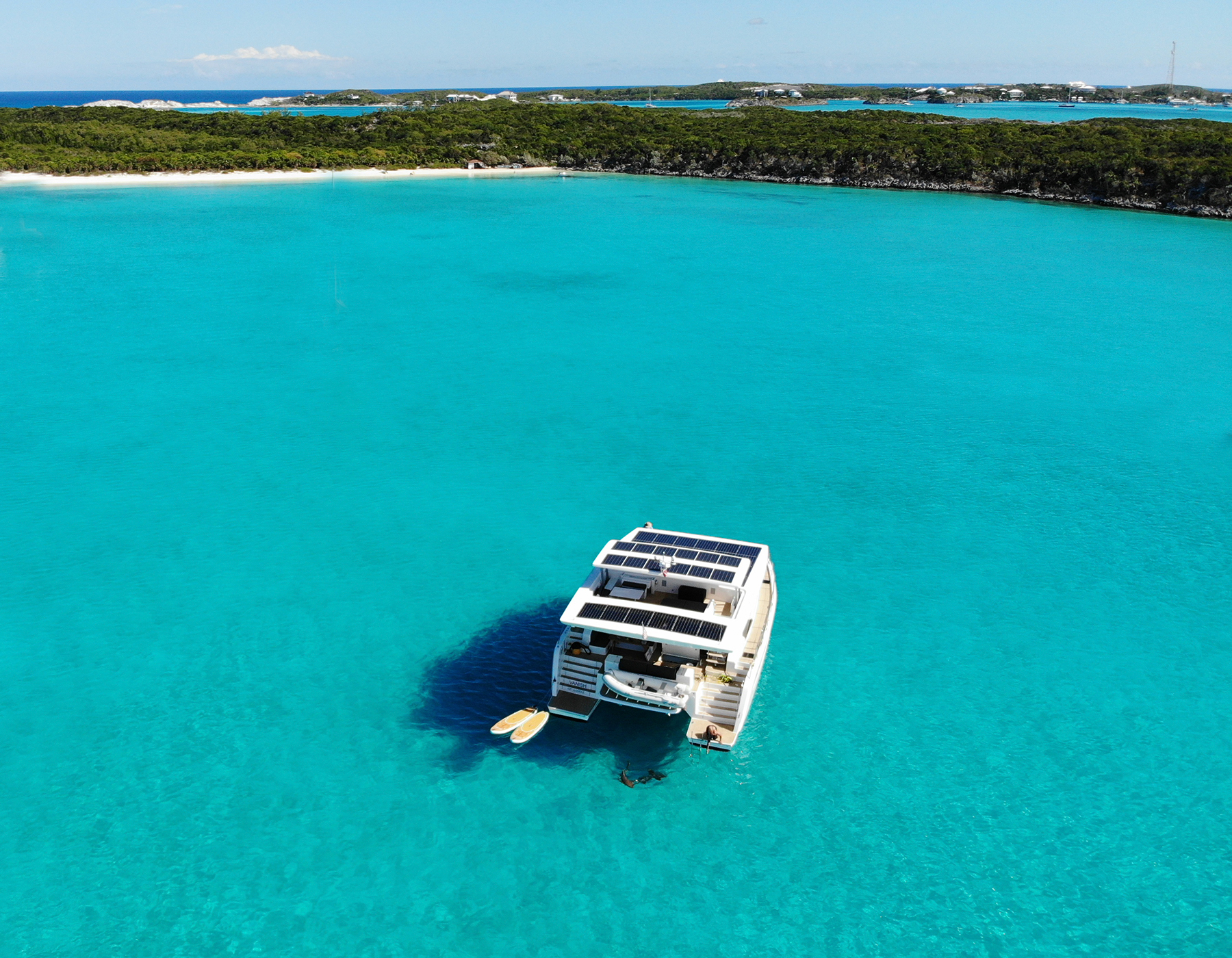
The tranquility on board of our yachts is unique. A lack of noise, fumes and vibrations create a deep connection with the sea. Luxury and sustainability finally merged into a holistic experience, working hand in hand with nature by minimizing the impact on the marine environment without compromising comfort.
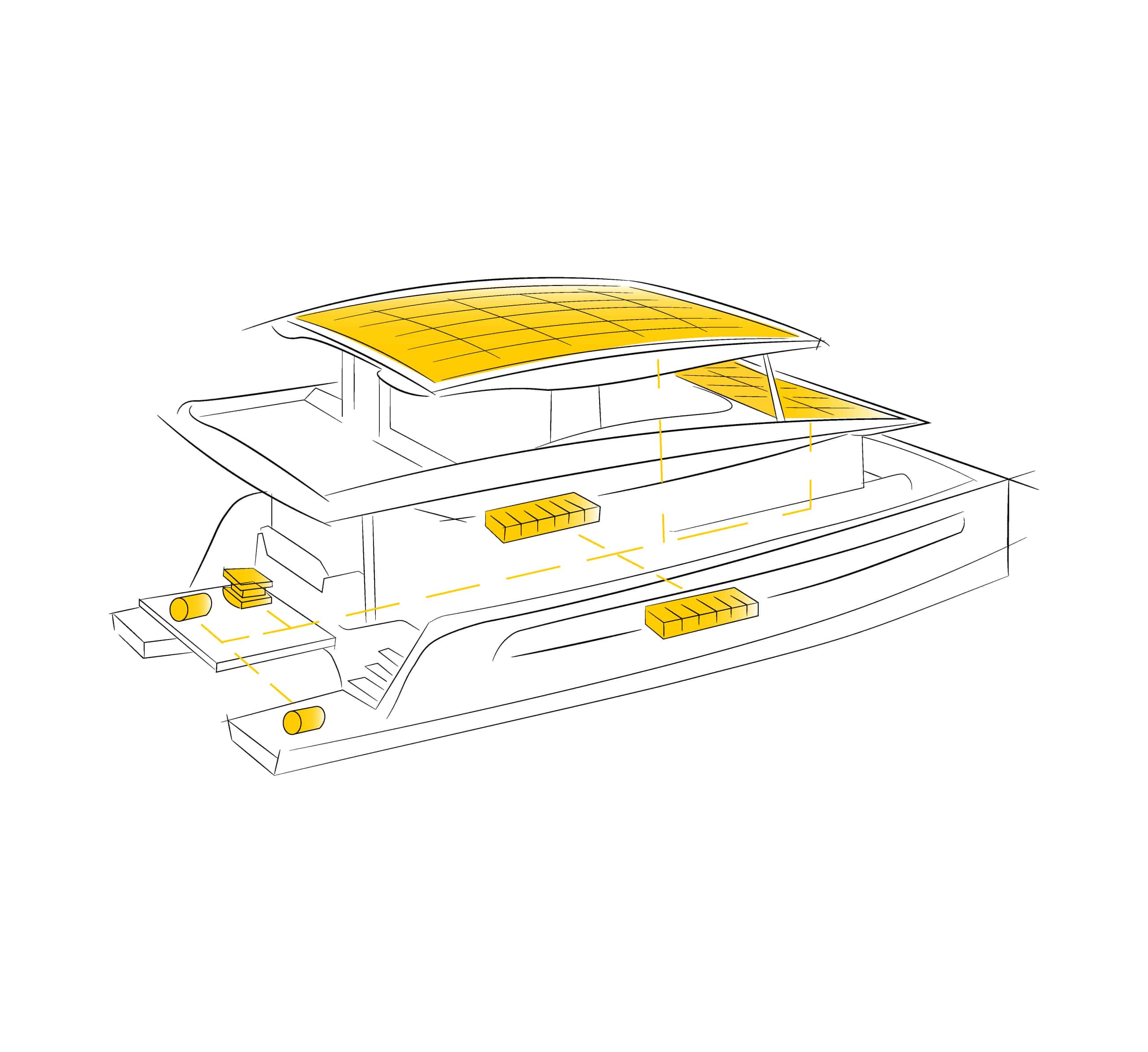
For optimal performance and efficiency, our solar-electric drivetrain integrates seamlessly with all onboard systems. Compared to fossil fuelled powertrains of motoryachts, electric powertrains have very few moving parts, resulting in minimal maintenance, maximum reliability and significantly lower running costs.
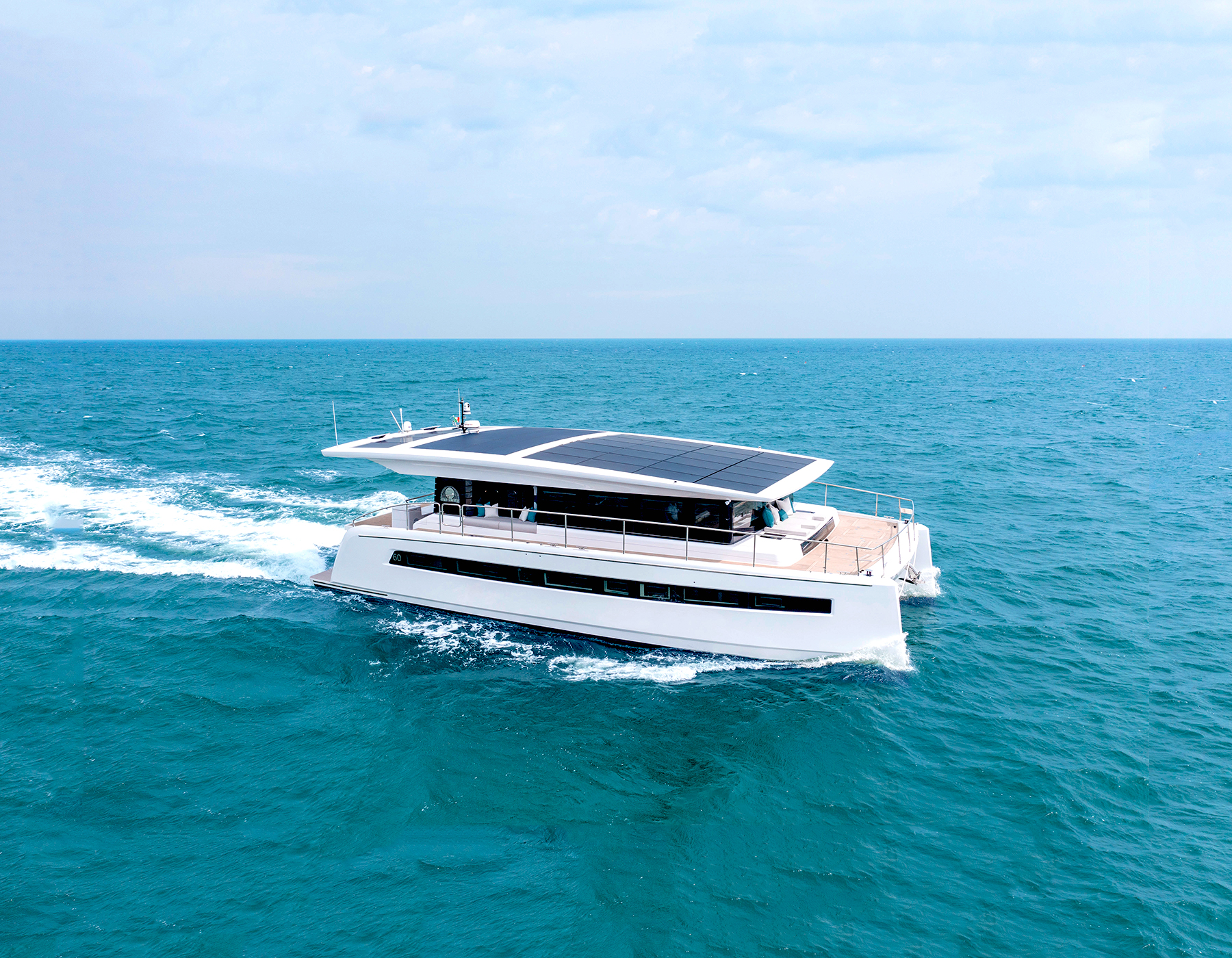
The ability to recharge your own batteries with the sun marks a new era of freedom. Depending on cruising speeds and weather conditions, a Silent has virtually unlimited range, enabling you to live a fully self-sufficient lifestyle on board. Unbound by the limitations of fossil fuels, you are free to explore the horizons.
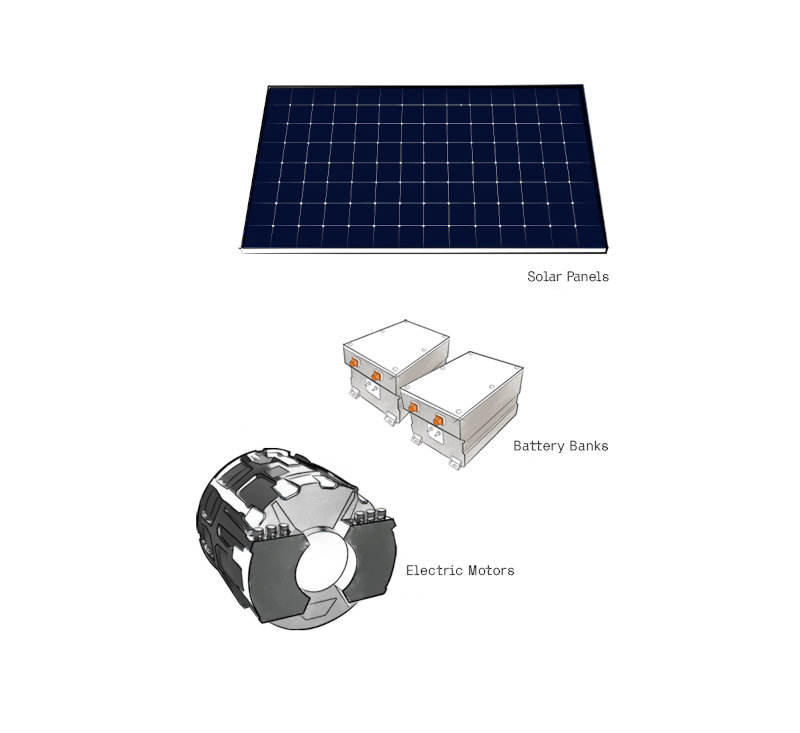
The technology powering our yachts today has been pioneered by our founders almost three decades ago. Continuous upgrading and steady optimization of the entire system are some of the key reasons our in-house developed solar-electric drivetrain offers a comprehensive portfolio of assurances and warranties.
Why Silent Yachts
A sensible approach to yachting which works in self-sufficient harmony with nature and creates a completely new experience on board.
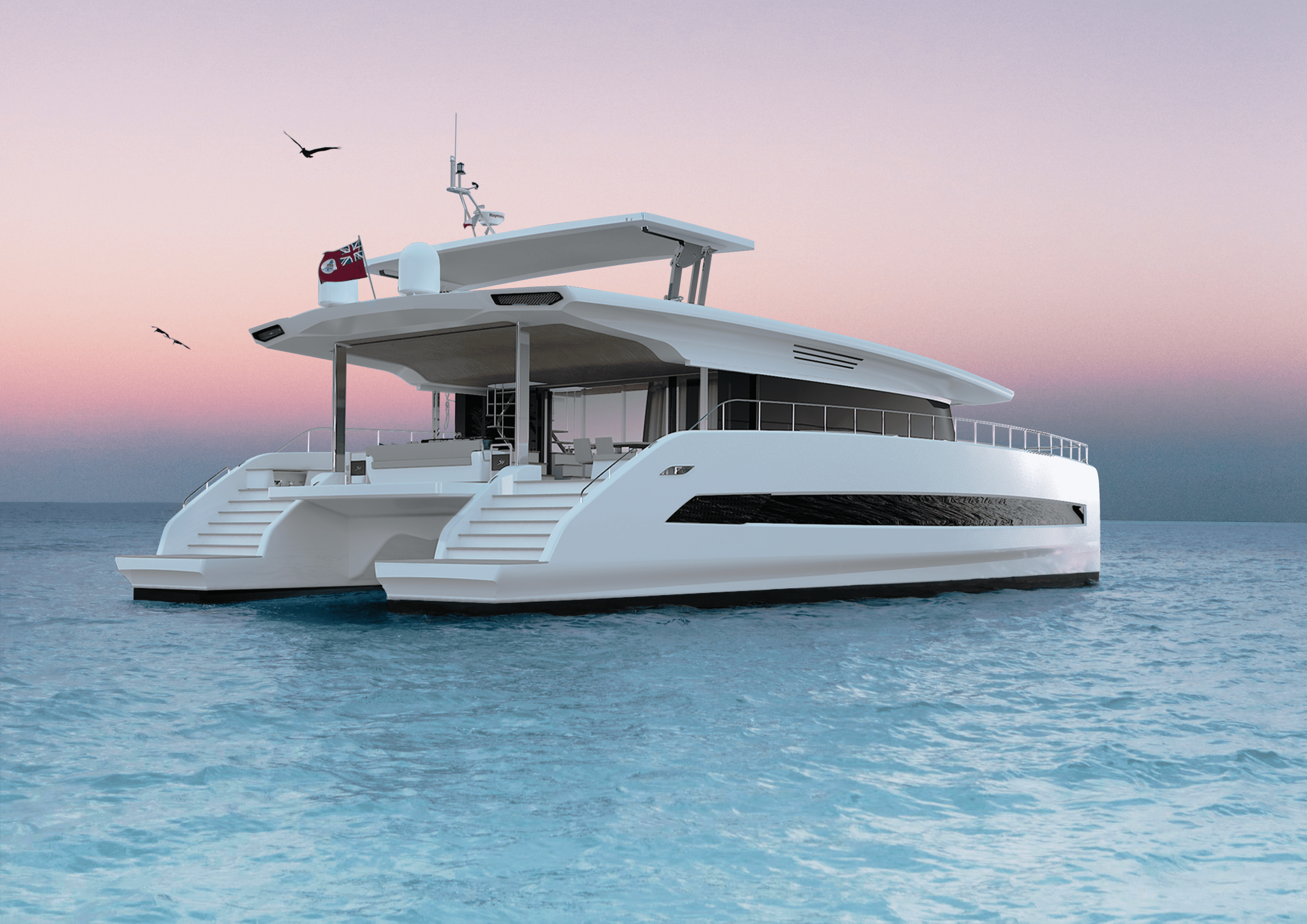
Silent-Yachts emerges stronger under new ownership
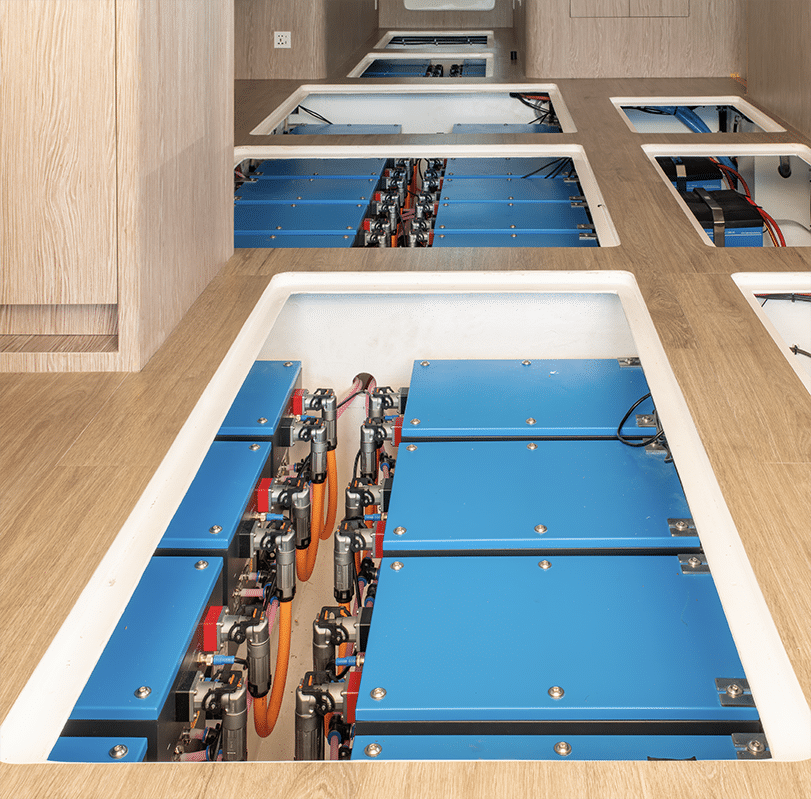
New Silent Drivetrain
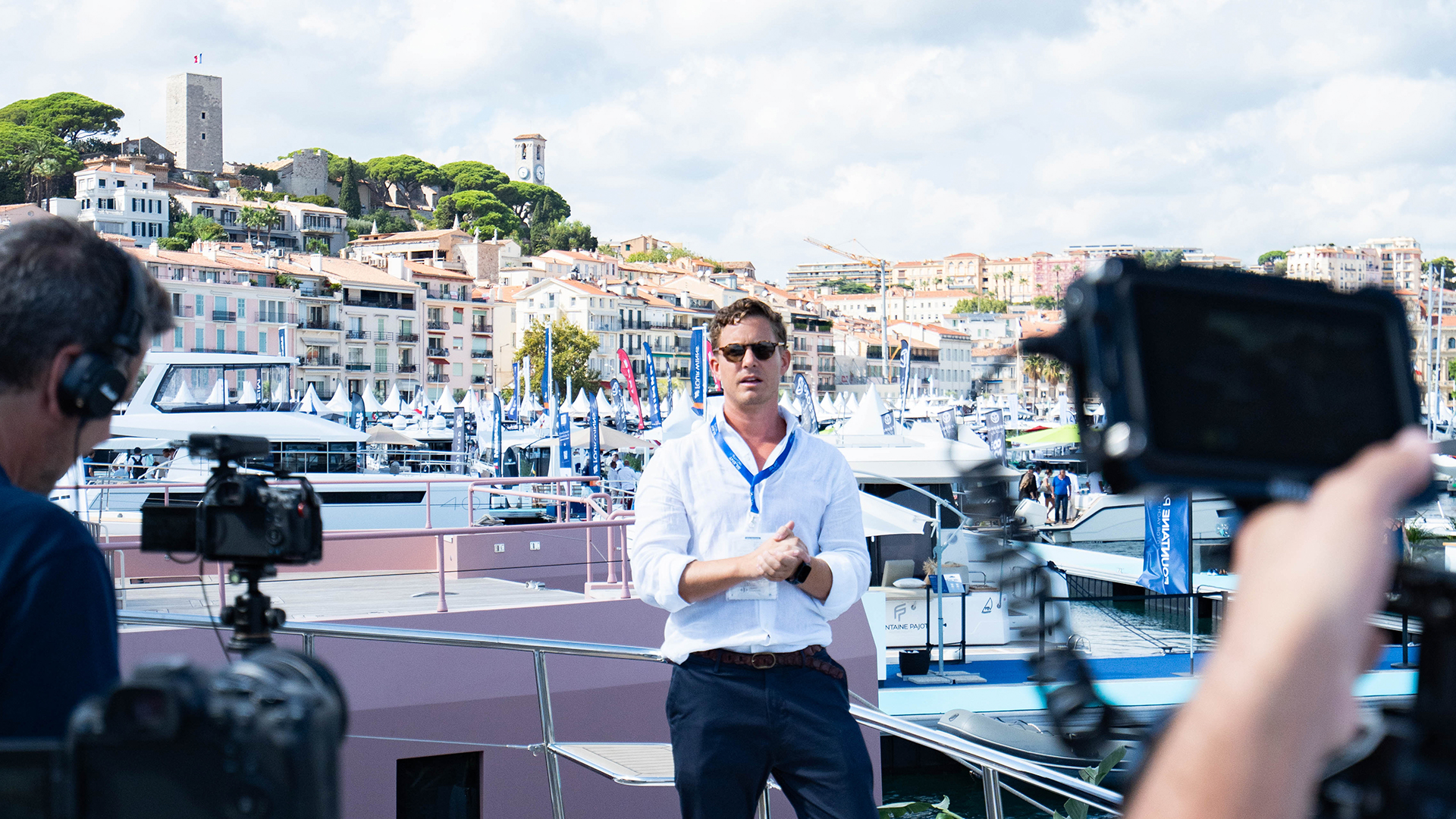
Tech shorts 2023
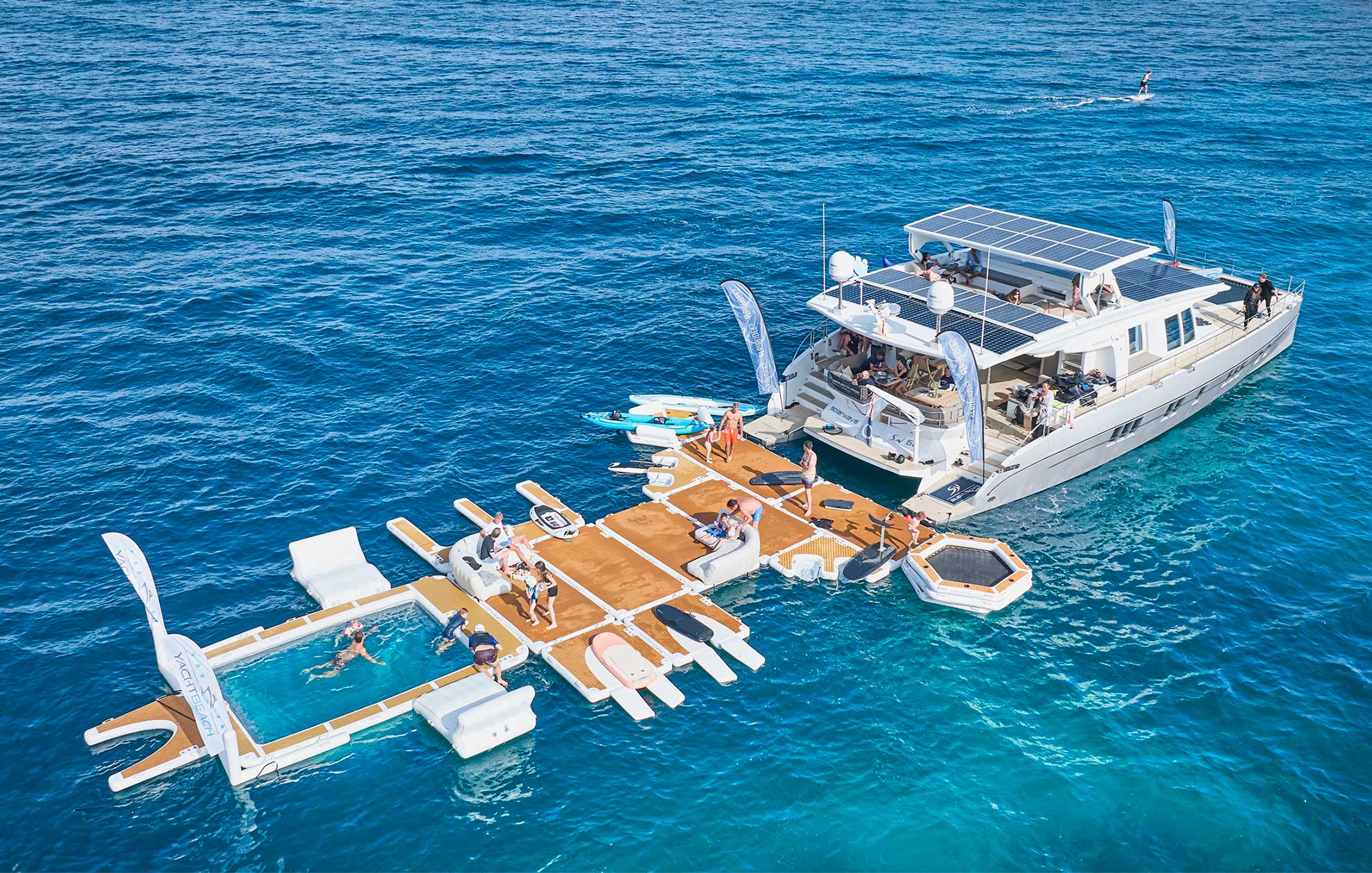
Electric power event on the water
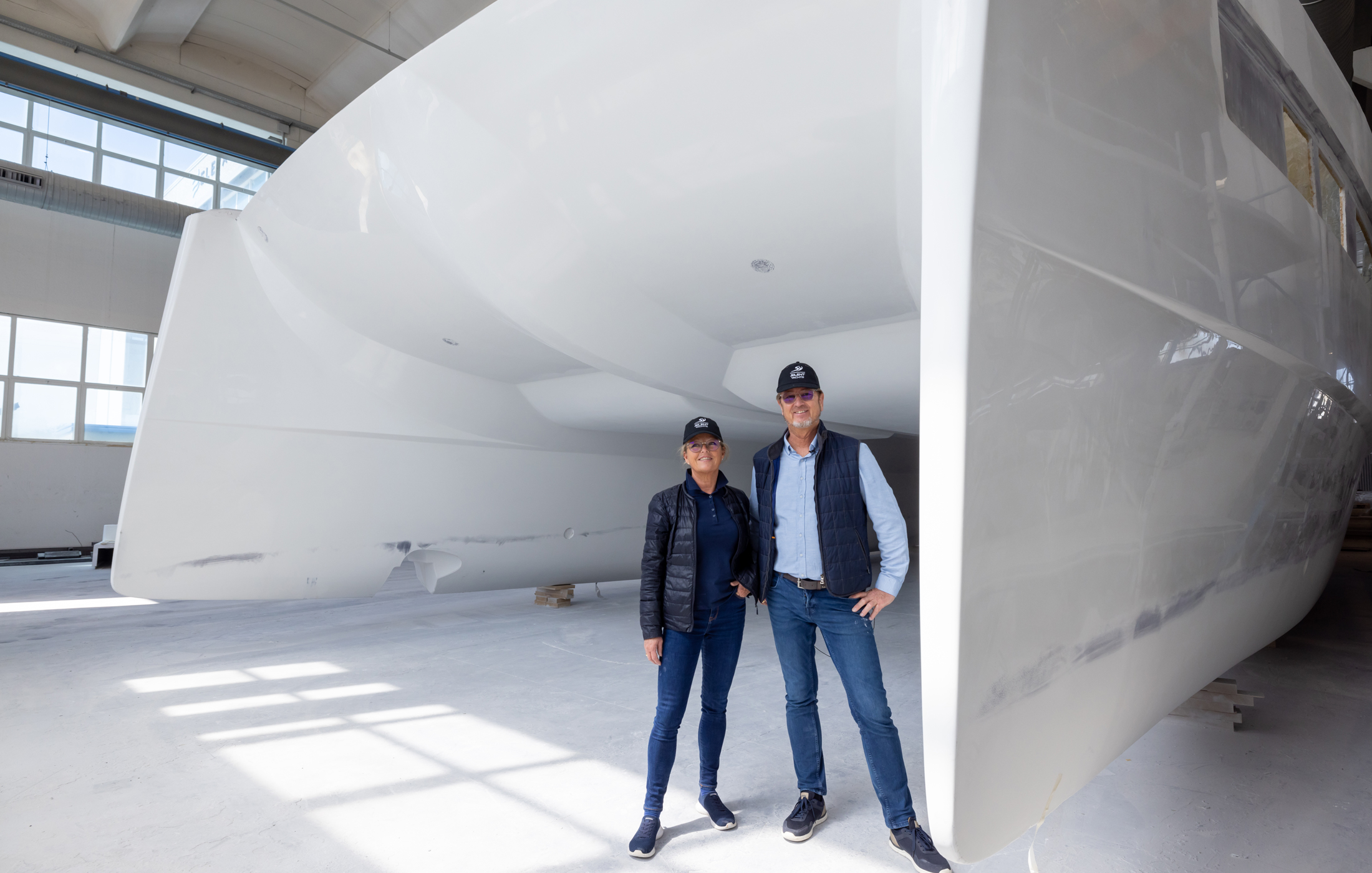
Shipyard tour Italy by Michael & Heike
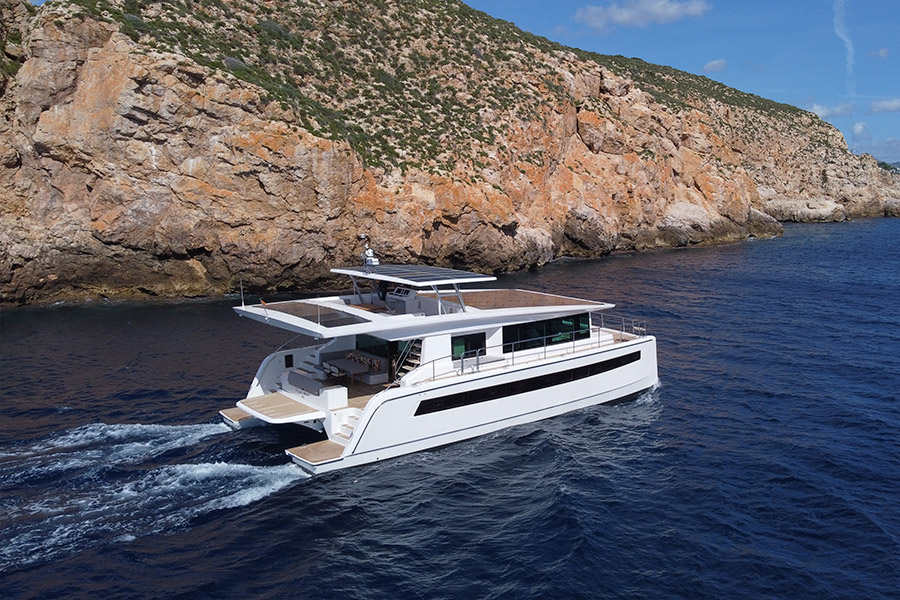
What is the range of a solar electric yacht?
“The Tesla of the seas! An amazing founding couple, a highly innovative product as well as a really cool story behind it. Furthermore, a lot of love and attention has been invested into every single detail – truly impressive!” Frank Thelen / TV Personality, Founder, Angel Investor & Disruption Expert
While the present has brought us the dawn of smart cars, I strongly believe the future will bring us solar powered smart boats – and I definitely want to be at the frontline of that journey. Michael Jost / Former Head of Group Strategy of Volkswagen Group
The idea of sailing while charging your own battery is super powerful to me – solar powered sailing is the perfect love story! Jochen Rudat / Former Tesla Central Europa Director, Advisory Board Silent Group
Elon Musk single handedly forced an entire industry to go electric, as a matter of fact if they don’t all go electric now they will soon die. I would like to see the same thing happening for boating. You are not just selling boats – you are the actual leading edge of a crucial and much overdue revolution to sustainable transport!” Klaus Obermeyer / Emmy Award Winner
I am completely excited about solar catamarans. I knew before they are great but now I truly believe this is the future. After so many boats I’ve seen in over 18 years with Boote Exclusiv, this yacht truly blew my mind. Such a silent and peaceful cruising experience – just the way it should be. Martin Hager / Editor in Chief for Boote Exclusiv - Yachts


- solar electric yachts
- Soel Senses 62
- Soel Senses 82
- Soel Shuttle 14
- Custom model
True ecotourism
no more fuel
The SoelCat 12 is an energy autonomous solar electric boat, designed from the ground up as a fully sustainable excursion vessel to enjoy the sea. The solar catamaran brings true eco-tourism to water-bound operators, communities, resorts, lagoons and nature reserves. With no CO2 or noise emissions involved, we can save the ocean and offer a better experience to our guests! The heart of the concept is silence : being on board without any distractions lets the journey become the destination!

“Being on the solar catamaran gives you a feeling of total relaxation and freedom. The energy autonomous boat is powered by clean energies and we don’t have to worry about harming the environment with dirty exhaust fumes, fossil fuels or complicated maintenance! Our guests love the quietness and the openness of the vessel, which make every sunset cruise a very special moment!”
S. Dekeunynck, French Polynesia
electric from the start
The SoelCat 12 solar electric catamaran is integrally designed for electric propulsion right from the first line drawing to the matched propeller. Every aspect of this vessel contributes towards its highly efficiency for solar electric sailing. The lightweight yet durable fibreglass construction, the large solar roof and the super slender hulls are the major key factors for the solar vessel’s high performance when it comes to speed and range. The electric propulsion system for the SoelCat 12 is superior when it comest to volume and weight.
MOBILE POWER STATION
During downtime, the SoelCat 12 can utilise its large solar array to provide energy for your land based electricity grid. The solar electric catamaran then turns into a mobile power station and is able to feed 8.6kWp into the AC grid or provide power at remote places where no grid is available. The 120kWh lithium battery system supplies all the energy required for save operations during day and night.
SPECIFICATIONS
- Running Time (battery only)
- Running Time (with solar)

“Every detail on the boat is perfect – gorgeous spaces to relax, great spots to view the sunset or the marine life, and even a bar! My favorite moment of all was after sunset, when an incredible manta ray came to say hello, drawn by the underwater lights of the solar catamaran.”
S. Lee, New Zealand
fully customizable
The deck space of the solar electric boat can be customised to your wishes and host a variety of seating arrangements and layouts. Choose classic yacht fittings, luxurious and comfortable. Or practical and economical deck wear and simple bench setup for water taxi services. Furthermore, the electric catamaran can be equipped with a day head in the port side hull. Get in contact with us now to learn more about the different options and to discuss your personal requirements with your Soel Yachts contact partner.

The solar electric catamaran can be equipped with removable roll down screens on every side for flexibility in every situation. Screens for sun shading can be applied on good days, while transparent rain screens protect your guests in bad weather conditions. When the screens are not in use, the comfortable SoelCat 12 lounge layout offers spacious space options in the hulls and underneath the furniture.

SUSTAINABLE SEA TRANSPORT
With both the Okeanos Foundation and Soel Yachts sharing a vision of sustainable sea transport and striving for a healthier planet, we are honoured that our partner, the Okeanos Foundation has funded and supported the development of the SoelCat 12. The first SoelCat 12, named the ‘Okeanos Pearl’ is the first energy autonomous vessel for the ecotourism industry and will pave the way for more sustainable coastal water vessels in many different sectors. The Bora Bora Pearl Beach Resort is proving a pioneering spirit by operating the solar electric Okeanos Pearl. As the first resort, they are offering truly sustainable, noise and emission-free excursions in the pristine lagoon of Bora Bora to their guests.
Demountable
The SoelCat 12 can be delivered as a demountable solar electric boat, which fits into two 40ft high cube containers. Such compact dimensions enable ease transport of the catamaran at affordable rates to destinations all over the world. Neither lamination processes or specialized tools are required for the SoelCat 12’s quick assembly on location. For more details, please feel free to follow the link below and discuss your project requirements with your Soel Yachts partner!
Your project enquiry

- Green Propulsion
- Renewable Energy
- Energy efficiency
- Sustainable materials
- News & Events
- Sunreef News Magazine
- Press About Sunreef

- 60 Sunreef Power
- 70 Sunreef Power
- 80 Sunreef Power
- 100 Sunreef Power
- Sunreef Supreme Power
- Sunreef Ultima Range
- Sunreef 44 Ultima
- Sunreef 55 Ultima
- Sunreef 66 Ultima
- Sunreef 77 Ultima
- Sunreef 88 Ultima
- Sunreef fleet

- Sunreef Zero Cat
- Sunreef 100
- Sunreef Fleet

- Sunreef 43M
- 49M Sunreef Power
- 210 Sunreef Power Trimaran
- Sunreef Explorer
- 40M Sunreef Explorer
- 40M Sunreef Explorer Eco
- 50M Sunreef Explorer
- Superyacht Fleet
SAILING YACHTS
Combining traditional sail power with electric motors enables greater maneuverability and control onboard while remaining at the forefront of sustainable yachting. Wind propulsion ensures reduced dependency on fossil fuels, minimum carbon emissions, and greater contributions to the preservation of oceans.
As the maritime industry progresses towards a more sustainable future, sailing catamarans from Sunreef Yachts emerge as beacons of progress with their ECO variants of the Sunreef 50, 60, 70, and 80. Join the responsible seafaring movement with an electric sailing yacht that celebrates nature and innovation.

SUBSCRIBE TO OUR NEWSLETTER
- Sailing Yachts
- Power Yachts
- Superyachts
- Making a Change
- Green Concept
- Energy Efficiency
- Sustainable Materials
- ECO Q&A
Copyright © 2024 Sunreef Yachts . All rights reserved.
- Whistleblowing
- Privacy Policy

Sunreef Venture S.A.
Sunreef Yachts Shipyard
ul. Tarcice 6
80-718 Gdańsk, Poland
+48 58 769 77 77

Silent 60, The Solar Electric Catamaran With a Kite Sail System

The new SILENT 60 solar powered catamaran carries 42 solar panels for 17 kWp of solar energy to power two electric motors of up to 2x340kw. Backed up by a battery capacity of up to 286 kWh, the yacht can cruise efficiently with zero emissions solely on solar power for up to 100 nautical miles a day for weeks.
To further improve its green credentials and range, for longer crossings the first SILENT 60 is also fitted with a compact 9 or 13-sqm kite wing. The kite wing is optionally available on all SILENT models.
How the kite wing works
A dedicated storage locker under the foredeck houses the kite wing and all its components, including an electric winch and a short, collapsible mast. On the first unit the mast is connected by four shrouds to pad eyes on deck that distribute the forces through the hull structure, but on subsequent deliveries (8 units with the kite wing option have been ordered to date) the mast will be mounted on a baseplate inside the locker to leave the foredeck clutter-free.
After inflating the kite, it is released overboard to drift away on the surface of the water. Pulling on the lines launches it into the air and once it reaches the optimal flight height, it begins to trace a figure “8” in the sky and generates power to pull the yacht.
If you want to stop kiting, the automated app controls move the kite to a position right above the boat where it has the least pull on the line. From here it can be winched down electrically and collapsed over the foredeck ready for stowage.

“The main advantages of a kite over a conventional sail system are that it does not throw shade on the solar panels, does not need a tall mast, and generates up to 10 times more power per square metre than a traditional sail. In addition to that it saves about 1,5 tons of weight compared to conventional rigg and costs much less,” says Michael Köhler . “It makes even more sense for the SILENT boats that run on renewable solar energy because the power generated by a kite easily exceeds the energy consumption of the system, so you can charge the batteries while cruising under kite power. And besides that, it’s great fun!”
“We tested the performance on different headings and at wind angles of up to 40 degrees with the 9-sqm kite,” says SILENT-YACHTS’ Captain Mike Wandler . “Unlike a conventional sailing boat, the best results were directly downwind. Under kite power with no engines on or propellers turning, the boat speed was between 4 and 5 knots. We then switched on the electric motors drawing just 1kW each to reduce drag from the propellers and improve the flow of water over the rudders for better steering, this led to boat speeds from 6 to 7 knots over the same headings – a significant improvement on our original predictions.”
A big advantage of a kite compared to a conventional sail is, that the kite flies in much higher altitudes and therefore gets more steady and stronger winds up there. Therefore, it can already be used at low wind speeds of less than 10 knots, when it would not make any sense to hoist a sail on a sailing boat of comparable size.

As the kite rather pulls the boat than pushes it like a conventional sail, it requires good steering capabilities, which are compromised by the fact, that on a motorboat the rudder is typically pretty small and the propeller big. On a sailing boat it is the opposite. For this reason, it is difficult to steer a motorboat that is being pulled by a kite, but by turning on the motors, and by letting them run at a low speeds of 100 rpm this problem can be solved.
But only on a SILENT Yacht it is possible to run the electric motors at such a low rpm powered solely by solar energy and without consuming fossil energy. Any conventionally powered boat would need to run the diesel motors permanently when using the kite.
“At 5 Beaufort we can drive with the kite indefinitely at 6-7 knots, which is faster than a comparable sailing catamaran in such wind condition when crossing the ocean, for example,” adds Michael Kohler .
Different layouts availabls
The first SILENT 60 has four guest cabins on the lower deck, including a spacious master suite, but other layout solutions are available. There are numerous social areas on board, including an airy main salon, an aft cockpit, a cosy bow area and a flybridge. The yacht also has high headroom throughout (up to 2.32m in the main salon).
Thanks to a draft of under 1m the yacht can access shallow bays, a crucial consideration for cruising grounds in the Caribbean and South East Asia. Two swimming platforms in the stern can be extended on owner’s request to carry a pair of electric jet skis. The lifting hydraulic platform between the two platforms can carry a 4 m tender.

Efficient technology
The SILENT 60 is equipped with the company’s ventilation system, which provides cool and fresh air to all the interior guest spaces and can be individually adjusted to suit conditions. In addition, a reverse-cycle heat-pump system cools and heats the interior for all-season comfort. The insulated hull ensures that stable on-board temperatures can be achieved without excessive energy consumption.
A watermaker powered by solar-energy produces enough water to supply a full complement of guests. All on board appliances operate on the 220/110-volt system. The galley has good refrigerator and freezer space and an efficient induction cooker that precludes the need for carrying propane gas.
Spirit Yachts Announces New Contemporary Q Class Yacht Project
Outremer celebrates the launch of lorient’s first outremer 45 zoulpi, the first hybrid electric nautor swan 88 launched, northrop & johnson selected as sales broker for ares yachts’ 62m simena sailing superyacht, live your passion, subscribe to our mailing list.
- Electric Cars
- Electric Bikes
- Electric Boats
- EV Conversions
- Electric Flight
- Electric Transport
- Hydrogen Fuel Cell
- Readers’ Questions

No fossil fuels: First solar electric catamaran with wing sail goes into production
- March 25, 2022
- No comments
- 2 minute read
- Joshua S. Hill
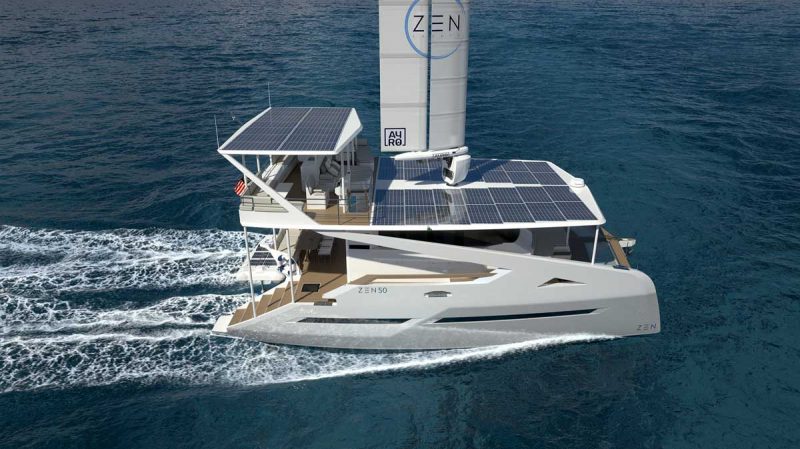
Maltese electric boat manufacturer Zen Yachts has announced the first order for its Zen 50, the world’s first production catamaran yacht equipped with both extensive solar panels and a wingsail.
Zen (short for Zero Emission Nautic) Yachts announced this week that it has sold its first Zen 50 which will immediately enter production and which is the first production yacht to be equipped with a Wingsail.
The OceanWings 32 wingsail was provided by French company Aryo, a spin-off of the yacht design and naval architecture bureau VLPL, which inked a contract with Zen Yachts earlier this month to supply the 32-square-metres wingsail to Zen Yachts.
The OceanWings 32 is an offspring of the Oracle wingsail which was used to defeat the conventionally rigged Alinghi in the 2010 America’s Cup in Valencia.
But the Zen 50 is more than its tall wingsail, boasting a huge solar roof with a 1:1 solar power versus displacement ratio of 16kW and 16-tonnes, making the yacht completely self-sufficient in terms of energy.
The full carbon blue water capable catamaran was designed for Zen Yachts by award-winning naval architect Julien Mélot and is intended to embody genuine zero-emissions, high comfort, and performance.
In addition to renewable power sources, the Zen 50 has also been built to ensure minimal drag, optimising the catamaran’s hydrodynamic performance through an in-depth Computational Fluid Dynamics analysis.

“I know from experience that to achieve complete energy self-sufficiency, a true solar boat needs to have a low energy consumption and a large solar roof area to harvest solar energy,” said Julien Mélot, designer of the Zen 50.
“The ZEN 50 excels in both with her gigantic solar roof and her high-performance lightweight hulls.
“The majority of solar catamarans currently on the market are equipped with a large generator, making them de facto hybrid diesel-solar-electric boats. They offer great speeds in a variety of conditions but are less eco-friendly than true zero-emission vessels.
“We wanted the Zen to be a true solar boat, that’s why the first unit in construction is not equipped with any generator and will not carry a single drop of fossil fuel onboard (indeed even the tender is electric and recharged by the mother vessel).”
With 100% of the vessel’s energy harvested onboard through either its solar or wind, the yacht boasts a number of other amenities, including the ability to be equipped with a dive compressor, e-water scooter, e-foil, electric jet boards, and an electric water maker.
The Zen 50 also comes with Starlink internet, two helm stations at the cockpit and flybridge, and features two large day beds, up to three dining areas for over 10 people, a professional galley and two wet kitchens, five heads, and up to four double-ensuite cabins.
Joshua S. Hill is a Melbourne-based journalist who has been writing about climate change, clean technology, and electric vehicles for over 15 years. He has been reporting on electric vehicles and clean technologies for Renew Economy and The Driven since 2012. His preferred mode of transport is his feet.
Input your search keywords and press Enter.
- 30 SportCat
- Sixty Solar Sail
- 40 PowerCat
- Sixty Solar Power
- Pricing & Options
Owners Support
Brokerage Events
Certified pre-owned yachts.

Xquisite In-House Bahamas Boat Show on May 10-11, 2024

Certified Pre-Owned 2018 X5 – VANQUISH – is now on sale!
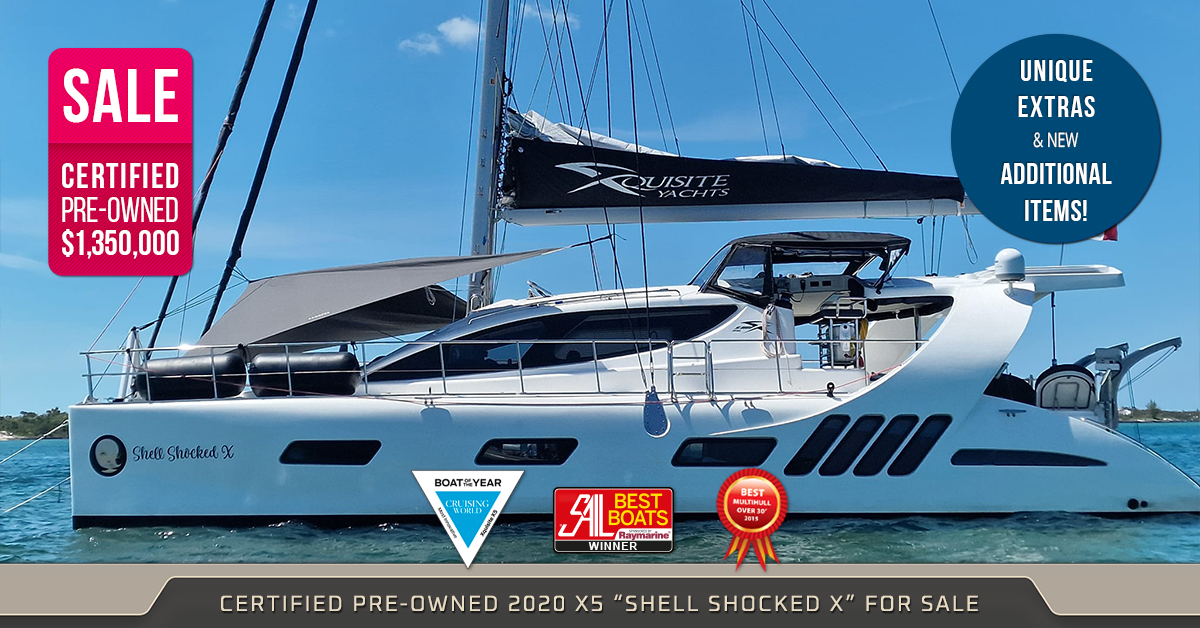
Certified Pre-Owned 2020 X5 – SHELL SHOCKED X – is now on sale!

- Model: X5 Sail - VANQUISH
- Year Built: 2018
- Location: Freeport, Bahamas
- Price: $ 1,150,000
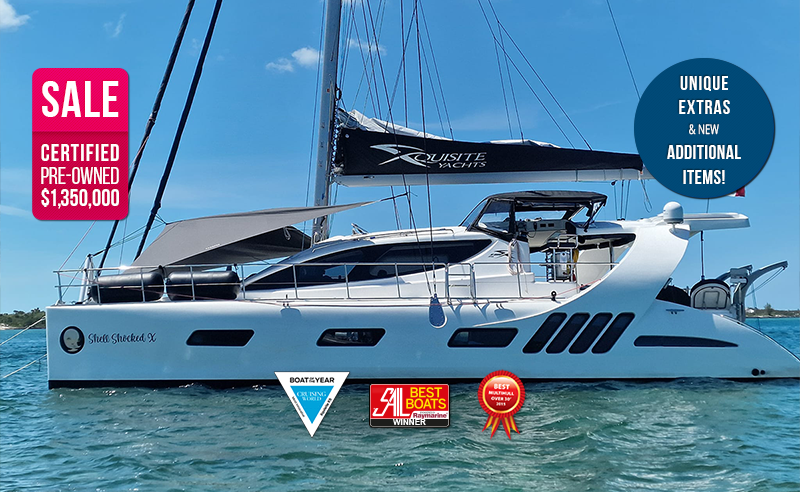
- Model: X5 Sail - SHELL SHOCKED X
- Year Built: 2020
- Price: $ 1,350,000
Ready to get started?

- Feature Index
- Documentation
- Community Forum
- Feature Requests
- Getting Started
- Learn the Basics
- Configurations
Mainstreet 1234 12345 Anytown, Germany + 44 555 00 00 15
Pinewood Lake
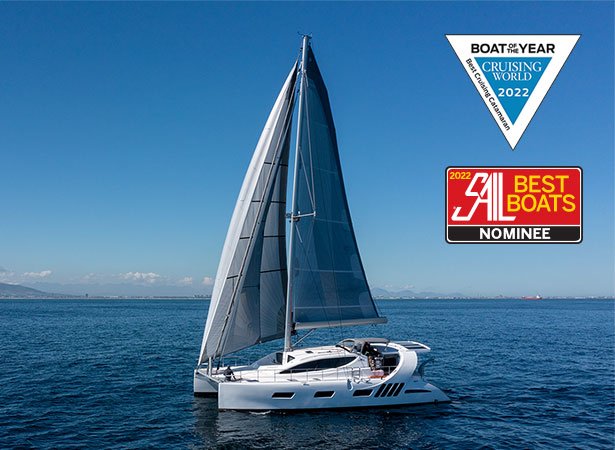
X5 Plus - Multi-award winner
- Technical Specs
- X5 Custom Design
- Layouts & Sail Plan
- Trade-in Program
- X5 Plus Awards
X5 Plus - Chief among the changes relative to its predecessor are lighter displacement and a more powerful rig in the interest of speed.
Latest Yacht News

Valkyrie’s Escape Video – Insider’s View of Miami Boat Show & Xquisite Yachts
Service & Maintenance
Certified Pre-Owned

Boat of The Year
X5 luxury catamarans have won multiple prestigious awards, including: - The Best Boat - Best System - Most Innovative Sailboat awards

Green Energy
- Multizone Fusion Apollo stereo system
- 50” smart TV in salon
- Full-size double door fridge/freezer
- Induction cooktop & extraction hood
- Vented washer/dryer
- 42 gallons/hour water maker
- Wine cellar
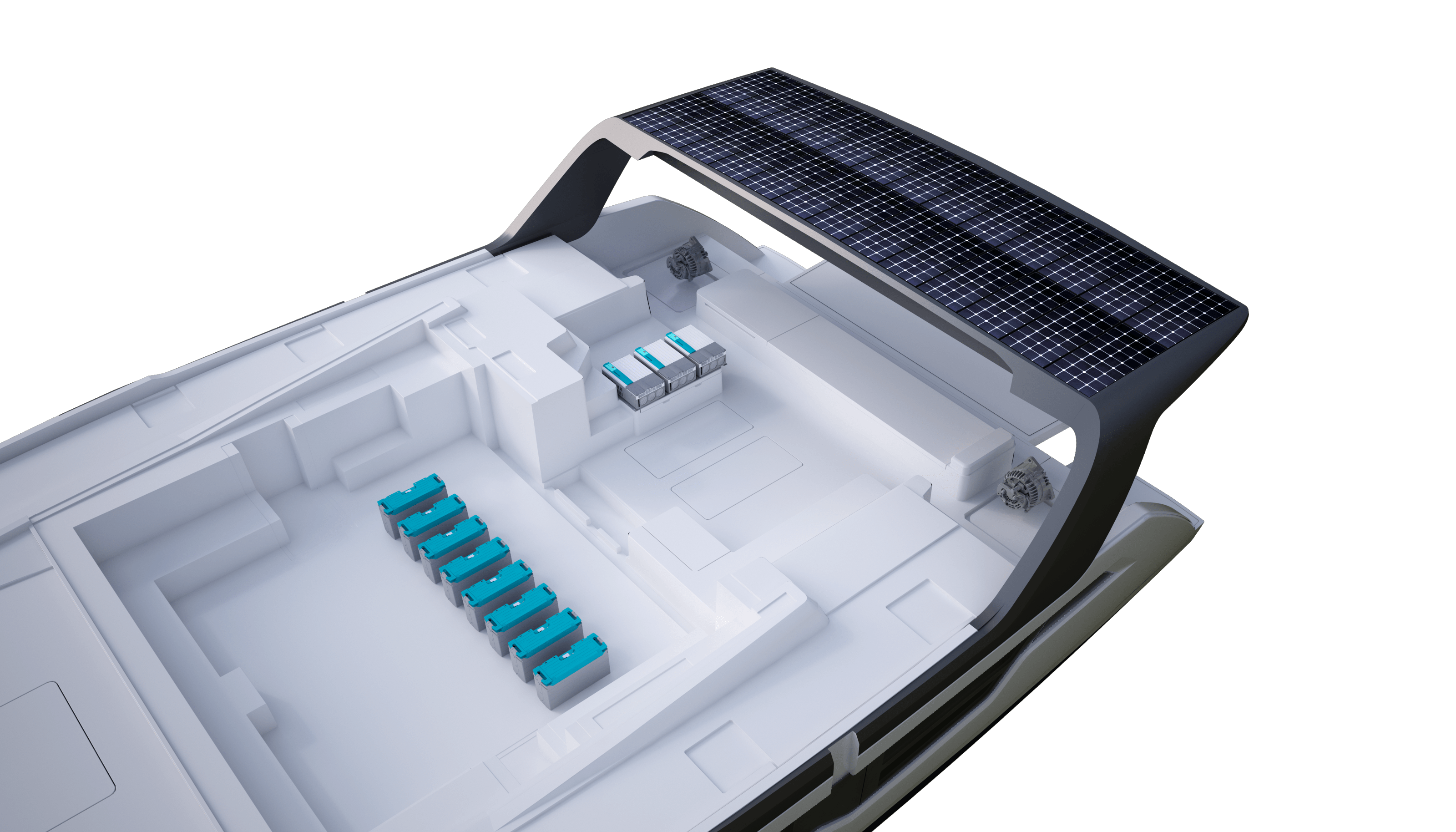
- 22” Garmin display
- Yanmar digital panels x2
- Yanmar electronic throttle control
- Garmin GRID remote for display
- Quick windlass chain counter
- Bow thruster control
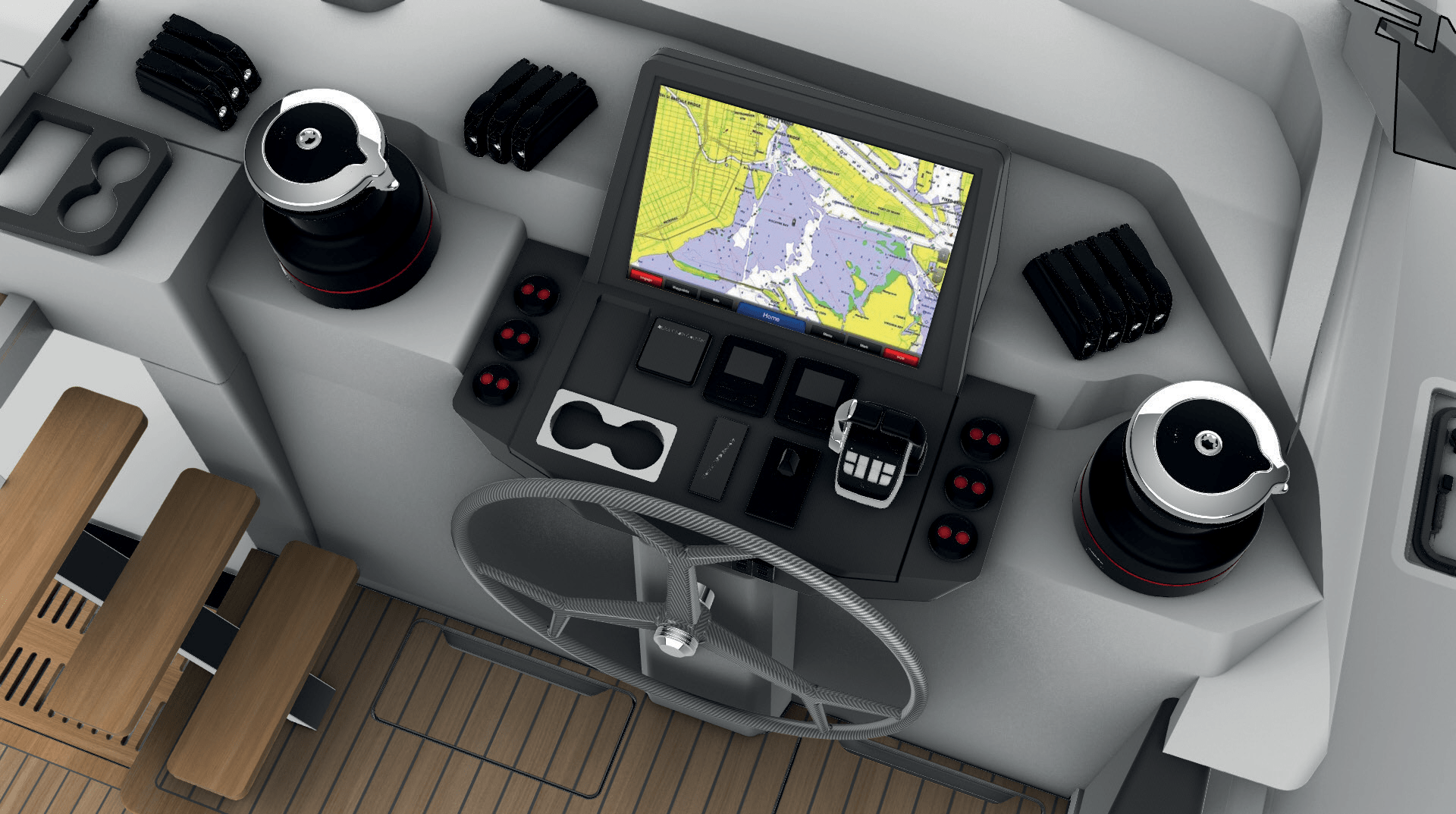
- Harken digital system switch for furlers x6
- Yanmar engine starters on vertical face
- 2x Drink cup holder
- Wireless phone charging
- USB and 12v socket
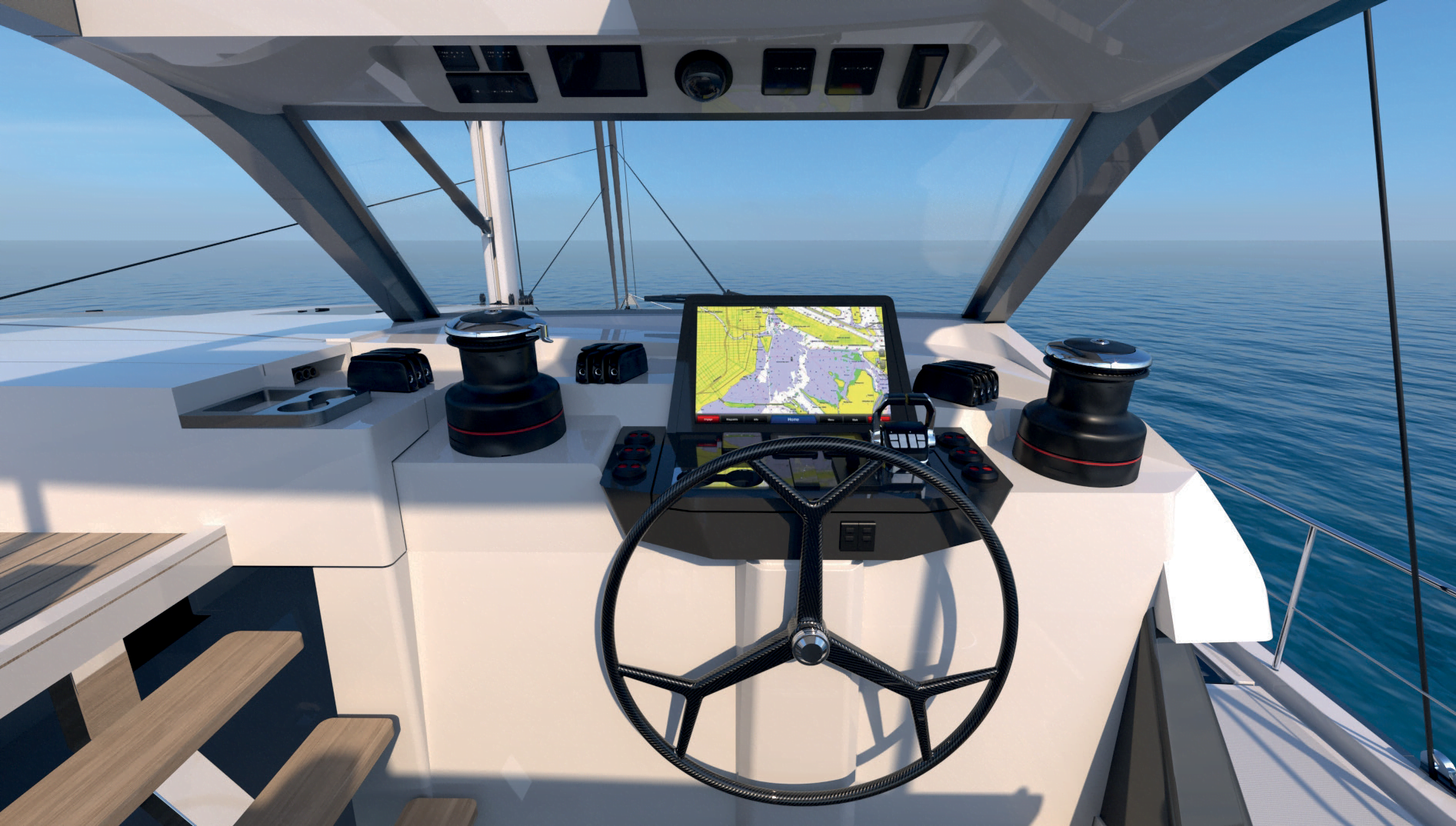
- Fireboy automatic fire extinguishers
- C-zone waterproof keypad
- C-zone Touch 7” display
- Garmin GMI20 screen
- Gamin autopilot control
- Garmin VHF remote mic
- Overhead lights in hard top
Sail Controls
- Completely single-handed sailing
- All-electric sail controls
- Carbon fiber boom furling mainsail
- Electric traveler
- Top lounge with shade
- Drawer style drink fridge
- LED lights on carbon fiber boom
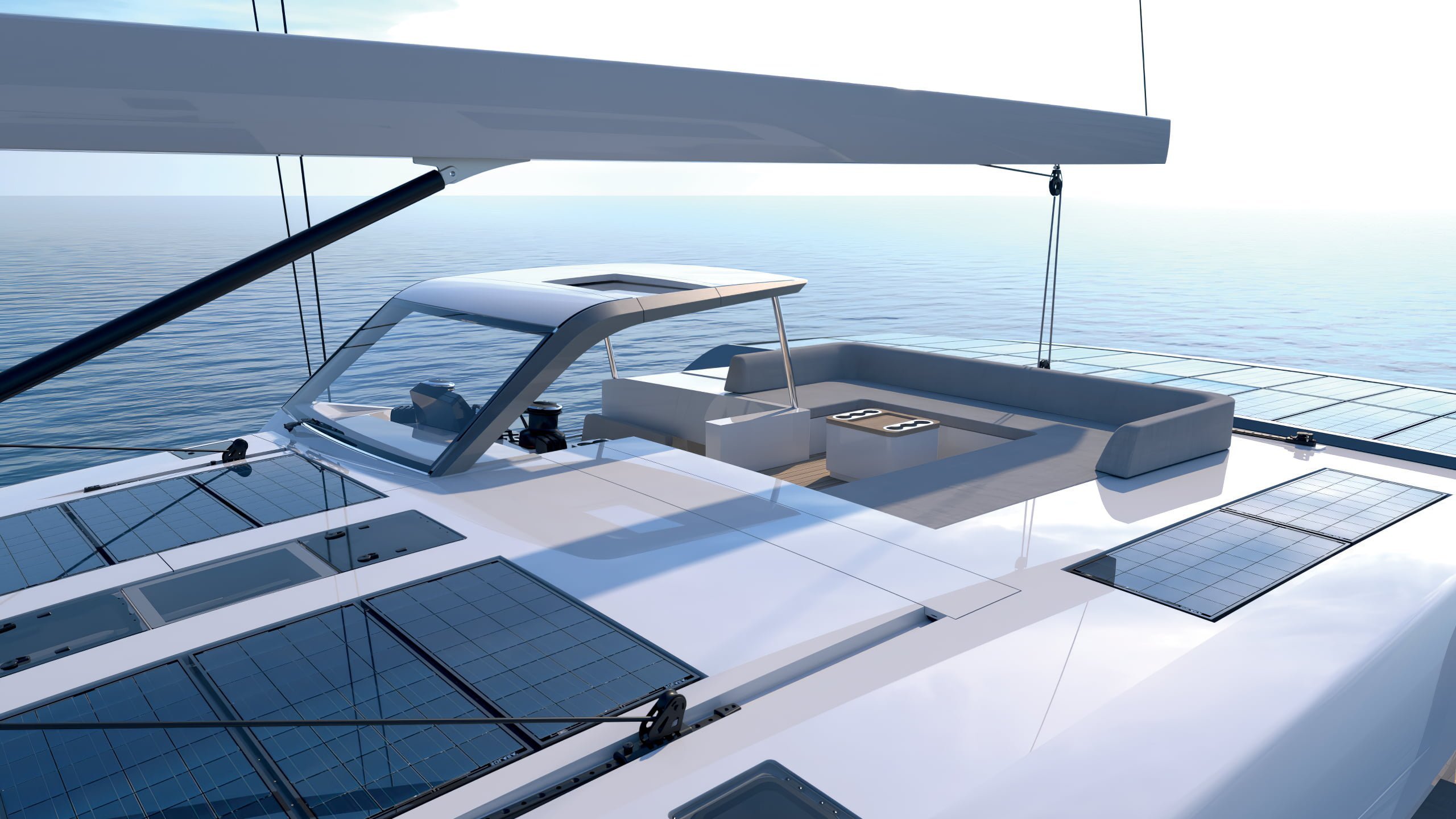
Forward Lounge
- Large electric opening front windshield
- Foredeck lounging space with shade
Styling Options
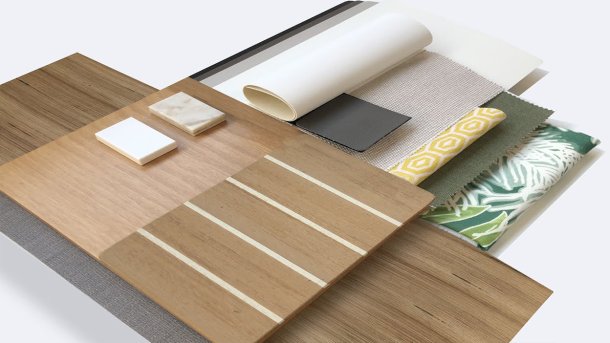
Agnegre Wood
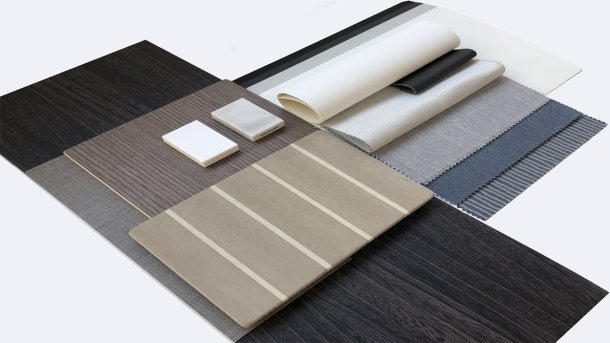
Silver Grey
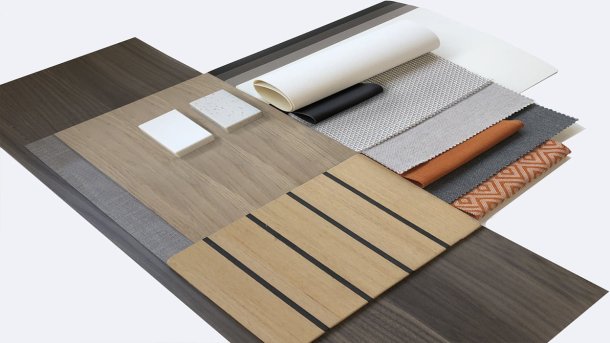
- Water-toy garage
- Scuba compressor and tank storage
- Outside kitchen with electric grill
Crane & Dinghy
- Carbon fiber dinghy crane standard
- Deep “V” Marine GRADE Aluminum durable dinghy
Hydraulic high/low platform (optional)
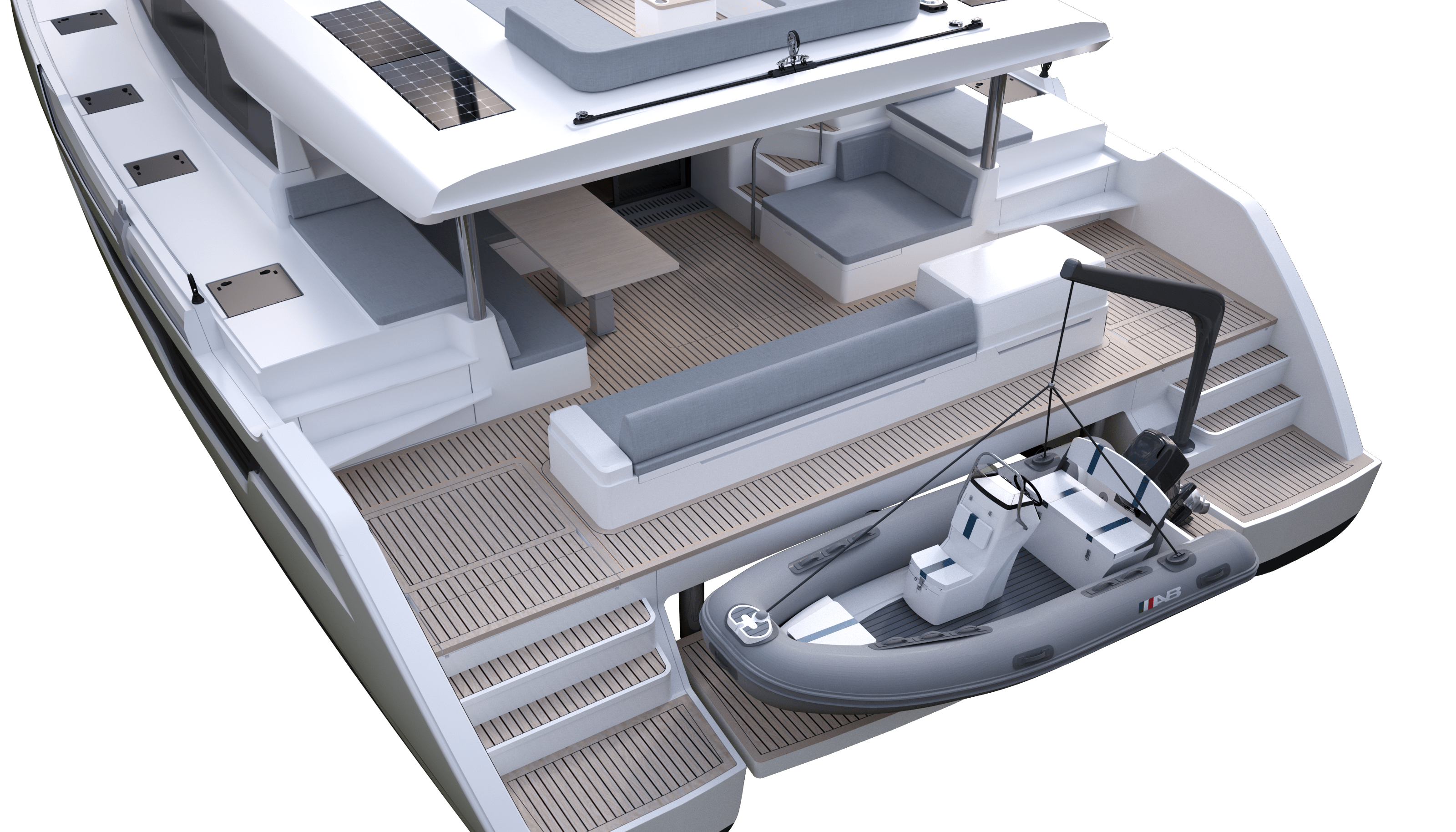
Specifications & Extras
Main dimensions, optional extras, hull & appendages, deck & fittings, helm station, rigging & sails, interior layout – interior finishes, salon area in general, entertainment & fridge area, galley & pantry, navigation station, stbd hull forward guest cabin with en-suite bathroom, stbd hull aft guest cabin with en-suite bathroom, port hull owner’s cabin with en-suite bathroom, engines & engine rooms, safety equipment.
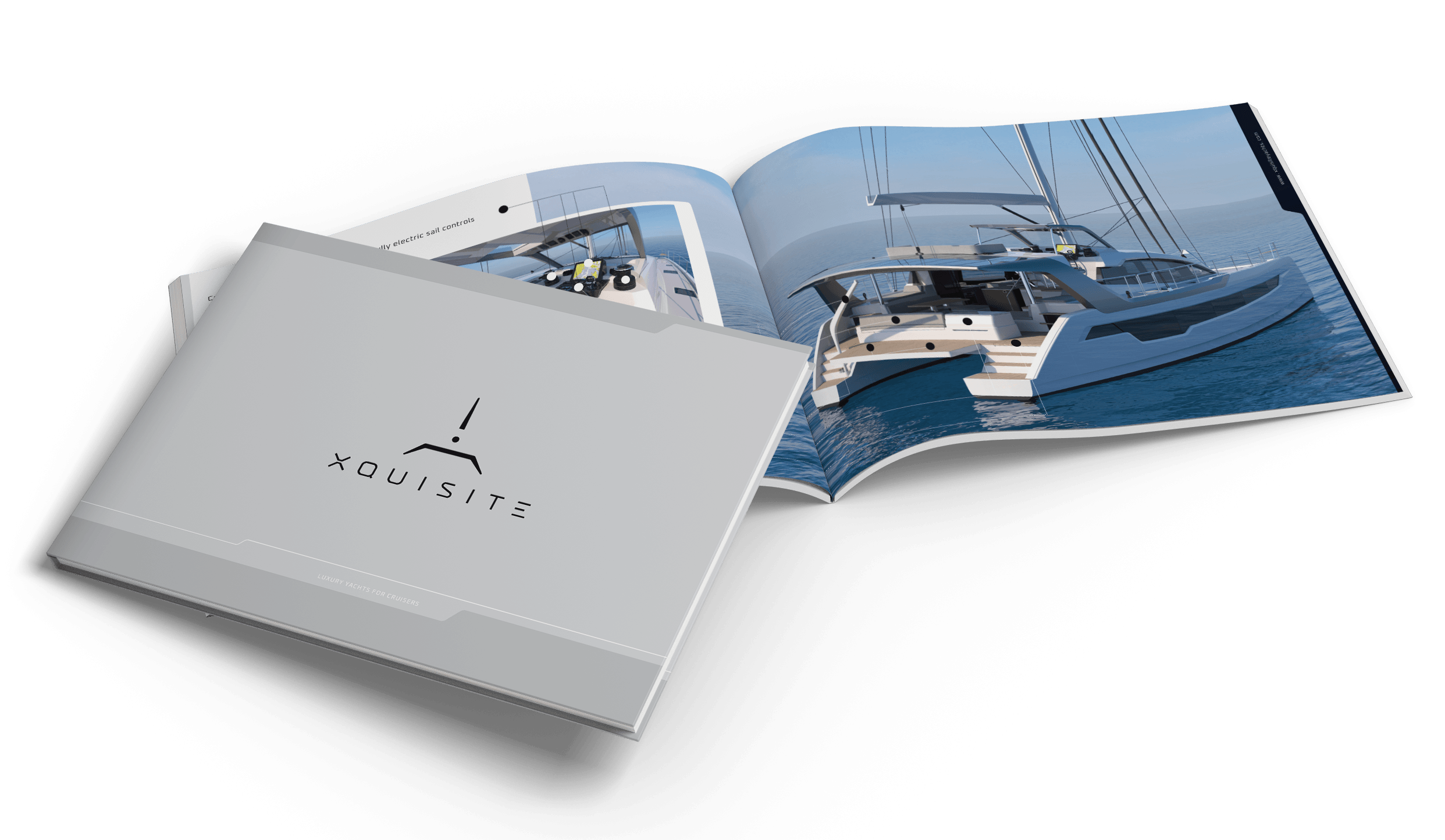

Sustainability Success
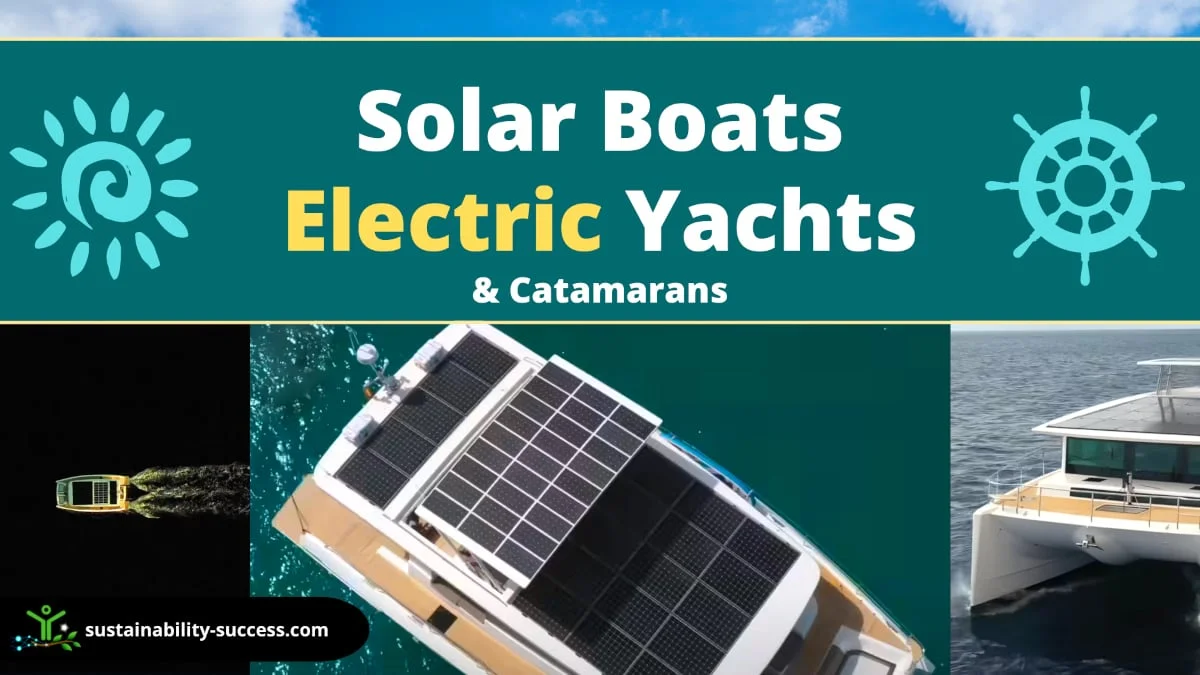
10 SOLAR Boats 2023 & 2024 | Electric Yachts & Catamarans
With more steps being taken towards sustainable development, new, eco-friendly solar boats have been introduced in the world of green travel: solar electric catamarans.
Solar boats are electric yachts that can go for long distances without needing to stop for fuel and without emissions. Those solar catamarans are interesting eco-friendly alternatives to the classic power boat or sailing yacht for cruising. However, there are also a few disadvantages that you should know about before purchasing one!
10 Solar boats, electric yachts & catamarans
Here are the best solar boats that will delight you with a top-notch sustainable yachting experience based on your requirements:
Sunreef Yachts – Eco 80 Sail Catamaran
- Silent Yachts – Silent 80 3-Deck
HH Catamarans – HH44
Silent yachts – silent 60, sunreef 43m eco (140 ft).
- Silent 120 Explorer
- 100 Sunreef Power Eco
Azura Marine – Aquanima 40
Soel yachts – soel senses 48, serenity yachts – serenity 64 (hybrid).
Here’s a quick summary of the features of the best solar catamarans for green yachting in 2023-2024:
If you are an advocate of sustainable yachting or sustainable tourism and are looking to buy an eco-friendly boat that doesn’t rely on fossil fuels , then you would do well to consider getting a solar catamaran. In this article, I will go through the pros and cons of 10 of the best solar yachts and superyachts that you can buy in 2023 and 2024!
It is also important to note that while there are solar panels for sailboats that you can fit on older models, those new boats have been specifically designed to maximize the use of renewable energy.
Most Luxurious + Most innovative solar system
The Eco 80 Sail Catamaran is one of the electric solar boats provided by Sunreef Yachts.
It features a unique “solar skin” that covers all composite structures on the boat, including hull sides, boom, mast, bimini, and superstructure. This green tech makes it possible to place solar panels where it wouldn’t normally be possible (like the hull and any other smaller but useful surface) and provide enough solar energy from every angle.
The boat is 80-feet long (24.38 meters) and includes electric motors that push it smoothly over the water without causing any vibrations or noise.
Besides being solar powered boat, the Eco 80 Sail Catamaran can also be powered by wind and hydropower. It is designed with a sail on its structure, allowing it to tap into wind power and supplement the solar.
The solar powered sailboat generates enough green power not only to propel the boat and keep it moving but also to charge the essential electric water appliances and other water-sport toys.
So far, the Sunreef Yachts Eco solar sailboats have earned a good reputation for being eco-friendly and sustainable. Besides, this solar powered catamaran takes its commitment to the environment a notch higher by using recycled materials , natural fibers, and non-toxic paints to create their boats.
It is no wonder that Sunreef Yachts have been winning environmental awards for so many years. This solar sailboat is one of the most remarkable boats you can ever invest in and it clearly shows the latest advancements in technology .
Prices: about $8 million USD
Where to buy : Sunreef Yachts .
- Larger surface covered with solar panels, that are installed also along the hull, and in other unusual areas.
- The batteries are 30% lighter than normal
- Unlimited cruising range.
- It runs silently and does not cause pollution.
- It has also traditional sails, so it can cruise also when it is not sunny without relying on batteries.
- Luxury, superb quality and finishing
- Great helm position.
- The solar catamaran is very costly (going for $8 million USD or more).
- The solar panels installed on the sides of the catamaran may not be appealing to the eye of all people.
Silent Yachts – Silent 80 Tri-Deck Solar Catamaran
Best pure electric
The Silent 80 Tri-Deck Solar yacht is popular for the large amount of space it offers.
This solar catamaran by Silent Yachts features three large decks that can be easily customized to fit the owner’s preferences and needs. The topmost deck can either be open or enclosed.
This solar powered yacht offers 4 to 6 cabins that are customizable, regardless of whether the deck remains open or enclosed. Besides, the top deck provides additional living space and can be used as a luxury master suite that opens onto a private space outdoors.
Where to buy : Silent Yachts .
- Purely electric propulsion that can be helped by the kite sail.
- The finishing, while being of high standards, doesn’t seem to be at the level of other options in its category.
- Quite costly, with prices starting at about $6 million USD.
- If going for a long cruise during cloudy days you may need to run the generator to keep going.
- The kite sail helps to give some propulsion using wind, but it is less effective than traditional sails.
- The absence of a traditional sail may make the boat a bit less stable, compromising a bit of the comfort while cruising.
Best for world cruising
HH Catamarans is a small boutique boat builder designing some of the most impressive solar boats for cruising, with one of their latest creations being the HH44.
The HH44 is a groundbreaking new boat that is designed to be eco-friendly and efficient.
The boat has a large battery bank that can be charged by solar panels, and also has two electric motors that can be used for electric propulsion up to 7 knots for up to 2h.
The HH44 has an innovative propulsion system named Eco-Drive. This is a parallel hybrid system that combines diesel and electric propulsion for long-range motoring and silent electric propulsion.
The boat also has two diesel engines, which can be used for long-range motoring or to generate electricity. The boat is also designed to be safe, with four propulsion devices plus sails and a large solar array.
The HH44 has a number of technical features that make it a groundbreaking eco-friendly design, including:
- 3 types of propulsion: full electric, standard diesel, and sail.
- 4.2 kWh of solar panels: generating power for recharging the lithium battery bank for solar .
- 10 kW electric motors (5kW each): mounted on the back end of each diesel engine for electric propulsion.
- The diesel engines can be used both for propulsion and as electric generators.
- Possibility to use the propellers to recharge the battery while the boat is sailing. Kind of like using hydropower to charge your solar batteries , pretty cool!
The HH44 is also a performance catamaran thanks to its C-shaped §daggerboards. Daggerboards are an essential component of many sailing vessels, providing both vertical lift and increased upwind sailing performance.
This solar powered yacht features up to 4 double cabins and 2 heads . Not bad for this world-cruising vessel!
If instead, you are looking for a larger boat, HH Catamarans also have other models up to 88ft.
This solar catamaran was also the preferred choice of Gone with the Wynns , a popular cruising YouTube channel. Here’s their announcement video:
Where to buy : HH Catamarans .
- A true performance world cruiser.
- Very resilient with 3 different propulsion modes (electric, sail, and conventional engines) and ideal for offshore cruising.
- It can run silently and without causing pollution.
- More affordable than other solar catamarans, starting from $1 mm USD
- Smaller than other options.
- The improved sailing performance requires narrower hulls, which reduces the available space onboard compared to other traditional vessels of similar size
Best mid-range
The Silent 60 is one of the smaller electric boats made by Silent Yachts. It is designed to be handled by at least two people. The users can either choose to include an additional crew or not.
Despite its outward small appearance, Silent 60 is very spacious and can accommodate a good number of people.
Besides, the electric yacht has a beautiful design that adds to its elegant and luxurious feel. It is usually designed with up to 6 cabins , with each cabin offering every basic amenity you need to have a luxurious stay on the yacht. In fact, the electric solar boat is equipped with everything you need to allow you to live on board permanently!

As someone who loves spending time on the water, I was really excited to learn about the Sunreef 43M Eco: a superyacht that is both eco-friendly and luxurious.
I was especially impressed by the solar power system, which is built into the composite structures of the yacht, and the large hydraulic platform which creates a vast walkaround beach club.
The interior of the solar superyacht is just as impressive as the exterior, with a variety of sustainably-sourced materials and fabrics used throughout as well as energy-saving air-conditioning. The Sunreef 43M Eco can welcome up to 12 guests in the most luxurious conditions.
Silent Yachts – Silent 120 Explorer

Here’s another incredible solar super-yacht by Silent Yachts. The Silent 120 Explorer is a truly unique yacht, designed to explore the world in style and comfort.
Powered by solar energy, this solar catamaran is perfect for those who want to enjoy the beauty of the open seas without worrying about the impact on the environment.
With plenty of space for guests and all the amenities you need onboard, the Silent 120 Explorer is the perfect choice for your next adventure. If you’re looking for a yacht that combines luxury and environmental responsibility, the Silent 120 Explorer is a perfect choice.
The company didn’t yet release detailed information, however, this superyacht seems to be even featuring a helipad under the roof’s solar panels!
The Silent 120 Explorer has plenty of room for guests and all the amenities you need onboard. So if you’re ready to embark on your next great adventure, be sure to consider the Silent 120 Explorer, which will likely start being delivered in 2023.
The 100 Sunreef Power Eco
Sunreef recently launched and sold their first 100 Sunreef Power Eco catamaran, a transatlantic luxury craft that takes solar boat design to the next level.
With massive living space, great autonomy, and impressive features like a flybridge that can be transformed into an outdoor cinema, the 100 Sunreef Power Eco is the perfect vessel for cruising in supreme luxury
This catamaran uses the latest innovations in solar power to achieve outstanding energy efficiency, and its ultralight battery bank provides for silent cruising and infinite range.
The fully customizable interior and exterior make this catamaran a truly one-of-a-kind option, and its use of ethically-sourced and eco-responsible materials is sure to please even the most discerning buyer.
If you’re looking for an electric yacht that is both luxurious and eco-friendly, the 100 Sunreef Power Eco is certainly a great option for you if you can afford it!
The most affordable $
The Aquanima 40 catamaran is entirely powered by solar energy. It features creative adaptations and unique innovations that make it eco-friendlier and more economical boat than other solar-powered catamarans. For example, the solar panels installed on the electric catamaran are built in such a way that they can sell any excess solar energy back to shore stations when connected.
The exterior of the Aquanima 40 has an elegant design. Also, the interior is not only aesthetically pleasing, but also very clean and modern.
The boat is designed with 2 single cabins for the crew and 2 double cabins for guests.
Indeed, this solar boat by Azura Marine is one of the most economical and cost-effective options you can go for when buying a solar catamaran.
- Relatively fast.
- Ideal for short vacations.
- The most affordable solar catamaran, starting at about $0.6 million USD.
- Much smaller than other options.
- Not recommended for long cruises.
- Basic looks and layout.
As its name suggests, the Soel Senses 48 is 48 feet long. It has a slender design and is lightweight , making it more economical than most other solar-powered boats.
The boat is designed with two sleeping berths that can accommodate two people each. It also includes a salon that can offer enough sleeping space for four people.
Compared with most other solar yachts, the Soel Senses 48 has a much smaller size. Its size, adding to its sleek and innovative design, give it faster speed than other solar-powered boats.
It incorporates 12 solar panels installed on the roof ; all these panels generate a combined electrical power of up to 2.7 kWh. The electricity generated by the solar panels is then stored in two batteries which can be easily configured to hold a maximum solar power of 142 kWh.
Like other Soel Yachts, the Soel Senses 48 glides smoothly over water without causing any noise, rattles, or generating fumes.
It has average cruising speeds of 10 knots, even reaching top speeds of up to 18 knots. However, the solar catamaran cannot run at its top speed for long periods.
Both the interior and the exterior of the Soel Senses 48 have a sleek and modern design. Every single component of the solar catamaran has been designed carefully to make it as functional and comfortable as possible. Therefore, when you board on this boat, you can expect to experience one of the best sailing experiences of your life.
The Serenity 64 Yacht features a diesel engine. It is a hybrid solar boat, which means that it can run on either solar power or on diesel.
The diesel engine especially comes in handy when the users wish to achieve faster cruising.
The solar catamaran is a very spacious electric boat and provides plenty of living space. It is built with four luxurious cabins, with each cabin having its ensuite bathroom. And even though the Serenity 64 is smaller than the Serenity 74 model also built by Serenity, it still provided an elegant feel and a smooth sailing experience.
Solar Boats Pros and Cons
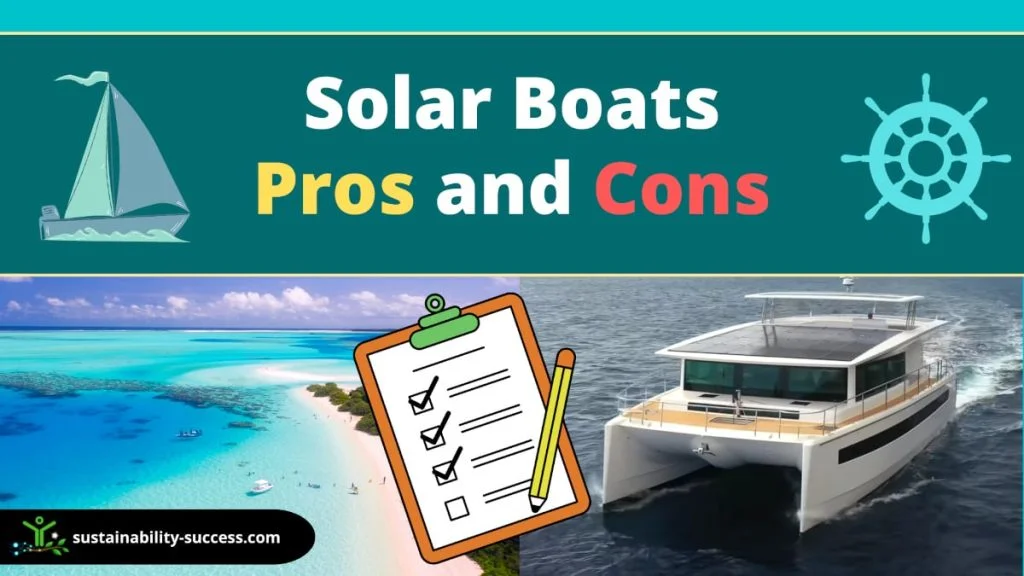
The sun is a powerful and free source of energy, making solar power an attractive option for those looking to power their yacht. Solar panels can be used to generate electricity to run the yacht’s lights, appliances, and even the engine. Solar power can also be used to heat water for showers and laundry. But, what are the pros and cons of solar catamarans?
Here’s a quick summary of the solar yachts’ advantages and disadvantages:
One of the main benefits of solar power is that it is renewable and environmentally friendly. Solar panels have no emissions and do not produce pollution. In principle, they also do not require fuel, making them very cost-effective in the long run. Solar power is also very reliable, as the sun is a constant source of energy.
There are a few disadvantages to solar power. Solar panels can be expensive to install, and while they require less maintenance, this can be quite costly, especially when it will come time to replace the batteries. Solar panels also need to be pointing directly at the sun to be effective, so they may not generate power on cloudy days or at night.
But there’s more, let’s see what some sailing experts are thinking about solar catamarans!
Sailing expert’s solar Boat review
Recently, one of the most popular sailing YouTube channels, Saliling La Vagabonde , published a very honest and interesting review of the solar powered yacht Silent 55. Here’s a summary of their experience:
- 7 Days onboard (6 nights)
- Travelled 145nm with an average speed of 7 knots
- Generator used for about 12h (in total)
- Fuel consumed: 208 liters
Here are some interesting observations they made:
- While cruising it may feel less stable than a standard sailing boat because it doesn’t have a sail to stabilize it when hitting the waves.
- For the Silent 55 it was possible to move at about 3 knots by using only the power generated by the solar panels (without using the batteries) on a sunny day. This means that if you are moving the solar yacht around quite frequently, you will end up using the generator quite a lot to produce the necessary power.
- When the batteries are out of power, the Silent yacht is using a (diesel) generator to supply the necessary power to keep the boat moving and to power the appliances.
- A great luxury yacht with all the comforts and going in the right direction for the future of the sector.
- Overall, the Silent Yacht is a great eco-friendly alternative to a power boat , while if you are thinking about cruising around the world, you would be probably better off going for a standard sailboat (or for some of the hybrid alternatives mentioned in this article, like the HH44).
Why are solar yachts all catamarans?
Solar yachts are all catamarans for 2 main reasons:
- Catamarans have a larger surface, which allows for placing more solar panels and also offers more room for the batteries onboard.
- Catamarans have efficient hulls for their size. This reduces their power consumption while moving.
This makes catamarans the ideal platform to build a solar-powered boat.
Modern solar electric boats are undoubtedly an eco-friendly choice in sea travel and a form of green tourism . Not only do these electric boats provide a smooth sailing experience, but they also reduce the release of emissions into the atmosphere, reducing the environmental impact and enhancing sustainability .
Luckily, given their size, solar catamarans can charge themselves (unlike electric cars ), so they can sail indefinitely without the need to stop for refueling.
If you are environmentally conscious and looking to get a boat that is more viable, desirable, and eco-friendly, you may consider investing in one of the solar yachts discussed in this article!

The Best Solar Powered Catamarans (2023 UPDATE)
As an Amazon Associate, we earn from qualifying purchases. We may also earn commissions if you purchase products from other retailers after clicking on a link from our site.
Catamarans are incredible boats, and making one solar-powered really makes my little engineering brain go wild. In this article, I discuss some of the coolest solar-powered catamarans out there!
Here are three of the best solar-powered catamarans:
- Sunreef’s 80 Sunreef Power Eco Yacht
- Silent Yachts’ Silent 80
- Soel’s Senses 48
There are soo many variables that it’s tough to say one is better than the others. No matter which you board, you’re going to have a luxury experience. The benefit of these solar cats is that the experience can be had while maintaining a sustainable lifestyle and contributing to the betterment of the environment.
The diesel engine is dead, Long live electric power. Sort of…
Table of Contents
Solar Catamarans: Luxury Yachts
Before we look at each of these, let’s take a few paragraphs to talk about catamarans in general. First of all, when many people think of cats, they think of a relatively small craft barrelling across the water, one of its hulls in the air with a swashbuckling daredevil hanging off the side of it high above the water.
That’s not the kind of catamaran we’re talking about here. We are, instead, looking at yachts or cruising catamarans. These share one commonality with the other type of cat, and that’s the twin hulls. But that’s it. Cruising cats are slower, more stately boats. Also, on one of those little, quick ones, there’s not room for much of anything, and you won’t likely be doing any cooking or sleeping on it.
We’re also looking solely at solar-powered catamarans here, and although they have much in common with their diesel-drinking brethren, there are some key differences, which we’ll also address.
Perhaps the main difference (and one of the most significant selling points for a solar-powered catamaran) is the noise level. Gabo
Anyone who’s been on any boat with a combustion engine (diesel or petrol) on board has had to deal with the noise and smell.
But the drone (or roar, depending on the engine’s size and location) can be far from relaxing, which is one of the main reasons to get on a boat, off the mainland, and out to sea. Even if you’re marlin fishing—not the most peaceful undertaking man has ever attempted—you’re still out on the water and hope for some peace and quiet.
Eliminating that engine noise is a pretty big deal.
How Solar Catamarans Work
The biggest key to the success of the solar-powered yacht is not the solar panels – although those are great, as they look terrific and are well integrated into the ships. But the unsung hero here is the battery system.
Solar energy companies continue to perfect their industry. By making their solar batteries denser and denser, they create batteries that can store more solar power for more extended periods in smaller spaces.
And that brings us to an aspect you probably haven’t thought of:
Solar-powered yachts have more interior room because the battery system takes up less space than a conventional engine would.
Space customarily used by an engine room gets freed up for other uses.
Since most solar catamarans are nearly infinitely customizable, it’s hard to say what you might use that extra space for, but it’s available because of the solar power system.
The yachts have solar cells in all sorts of places, most notably on the roofs of the boats, but some companies build them in over large swaths of the hull, so they look as much like a design choice as a power source.
3 Best Solar-Powered Catamarans
Let’s be honest—if you’re dropping more than a couple of million dollars on a boat, two things are likely true: you have a lot of money, and you like nice things. All of the yachts listed here are lovely things, so it’s going to be hard to go wrong.
As a result (and since these aren’t exactly accessible for test drives), it’s difficult to say which one of these is actually the best ; ergo, this list is in no particular order. They’re all glorious specimens.
Incidentally, where the price is listed, that number is an extremely general estimate. As these vessels are all entirely customizable and each choice below is available in different lengths and configurations, the cost can vary wildly.
To better understand what is a good price of a solar-powered cat, they should be compared to performance cruising catamarans or larger catamarans for families .
80 Sunreef Power Eco Yacht
This may be the most remarkable boat you’ll see for a long time. Sunreef has been in the yacht-building business since the turn of the millennium, winning awards along the way, and in the last few years, the company began work on its Eco line.
While there are shorter (and one longer) versions of this ship, the 80-footer (24.38 m) is pretty iconic. It offers electric motors to push it over the water and to do so with little noise, vibrations, and zero smell of fuel or exhaust.
As mentioned earlier, this is the yacht with solar cells pretty much all over it. They dot the sides of the hull and add to the overall look of the ship. With these cells and the panels on the roof, this yacht carries 200 square meters (2152 sq ft) of solar cells generating up to 40kWp (that’s 40 kilowatts peak, meaning under the best conditions, like on a bright, sunny day). Sunreef makes cats that run under sail, as well.
- Unlimited cruising
- No emissions
- Silent running
- Solar panels on the sides of the boat may not appeal to everyone
- Price: $8 million USD and up (new)
Silent Yachts has several versions of each of its catamarans. This eighty-footer (24m) is available in a loft or a classic version, but you get large spaces and incredible luxury no matter what you choose. The bathrooms alone on these things are pretty enough to live in.
Like Sunreef, Silent Yachts offers various lengths of these yachts, but they refer to the 80 as their flagship, and with good reason. Also with good reason, this yacht has been called “the Tesla of the seas.”
Three power options exist, each allowing higher maximum speeds for longer periods on the water than the last, but all three offer cruising speeds of up to 8 knots.
Its rooftop solar panels generate 26kWp of power . While that’s a significant step down from the comparable Sunreef vessel, the company claims unlimited range. Theoretically, it makes sense—solar power is even easier to come by on the open sea than on land, and with an endless supply, you ought to be able to cruise forever (as long as the sun shines).
All that power gets stored in batteries, and when it’s time to use it, the boat does so silently through its electric motors, on which Silent Yachts gives a lifetime warranty. While that warranty wouldn’t give you much peace of mind if you were on the float hoping for rescue, once you got it back home, whatever the problem was would get fixed, and you’d be ready to go out again.
Like any electric motor propulsion system, the Silent 80’s requires almost zero maintenance. Compare that to the ongoing work you do on your big, loud, smelly diesel engine. Not having to change the oil alone seems worth the investment.
- Recommended maintenance schedule happens after the end of most yachts’ lifespans, meaning you may not ever have to do any maintenance at all on this one.
- Kite available for additional propulsion (up to ten times more efficient than a sail)
- Its five-and-a-half-foot draft is pretty deep.
- Smaller kWp capacity than comparable makes.
- Price: $4.6 million and up (new).
Soel Senses 48
This is a smaller yacht (a little more than half the size) than the first two. However, Soel has built a beautiful boat that is entirely sustainably powered. The 12 solar panels on the roof generate 2.7 kWp of electricity stored in two batteries that can be configured to hold up to 142 kWh of stored solar power.
This, like the others, makes for a boat that glides over the water without rattles, without fumes, without noise. Unlike the others, its cruising speed tops out at 10 knots —faster due to its smaller size. Its top speed runs at 18 knots, but with significantly less kWp on board, the ship won’t run at that top speed for extended periods.
The company lists the ship’s range at between 30 and 56 nautical miles (55 – 103 km) , and the fluctuation will come from various options and choices available in operational modes.
- The boat’s 2.3-foot (70.10 cm) draft is shallower than the larger boats here.
- Orders of magnitude more affordable.
- This is a smaller boat and won’t comfortably sleep much more than 10.
- Limited range means this is a weekend cruiser, not a circumnavigator.
- Price: $600,000 and up (new).
Other Choices
These next couple of catamarans are newer and smaller, but they bear mentioning for various reasons, which we’ll be sure to point out with each one. Again, at a certain point, a yacht is a yacht, and if you can fit your friends and family on it for a fun trip, everything else is just gravy.
Smaller than Silent Yacht’s Silent 80, this one is a product not only of Silent Yacht but one made in conjunction with Volkwagen and Cupra, a Spanish car company.
Volkswagen has become a significant player in the electric motor game, so the company brings its Modular Electric Drive (MED) to this vessel, allowing for an even more efficient electric propulsion system than the one on the Silent 80.
Cupra’s presence in the project seems to be solely on the design side of things. The Silent 50 is a vessel built with an eye toward a world in which water travel creates zero greenhouse gas emissions.
Aquanima 40
Azura Marine , based in Singapore, recently announced a solar-powered yacht whose biggest feature may have been its six-figure cost. According to Azura Marine, the ship can cruise indefinitely with a 10 kW solar power system and a 60 kWh battery pack. That is a smaller battery pack than the others, but it’s also a smaller craft.
This cat is a terrific combination of price and features.
Choosing the Best Solar Catamaran for You
This will be a personal choice and one you’ll want to do a lot of research on (which is presumably why you landed on this page in the first place). Since solar-powered catamarans sell for sums of money with at least seven digits in them, this will not be an impulse purchase for very many people.
Any of the choices listed here will be well-built, beautiful, luxurious places to lay your head or sip your mimosas while you’re on the water. It may come down to aesthetics, range, or speed, but all of these models offer incredible specimens that everyone—landlubber or old salt—will treasure.
The luxury yacht world is an exclusive one, but it doesn’t have to be wasteful or ecologically irresponsible. The yachts listed here are some of the best in the world in terms of combining luxury with solar power and providing emissions-free yachting that’s quiet and relaxing.
New yachts can be purchased from the manufacturers, allowing for customization, and various online yacht brokers are willing to help you find a pre-owned craft that’s right for you.
Finding the right yacht for you will depend on your wants and needs, but we can all agree that environmentally sound, sustainable power on these vessels is valuable.
- Electrek: This $500,000 electric yacht can cross oceans on just battery and solar power
- Forbes: Volkswagen Unveils 50-Foot Solar-Powered Catamaran In Partnership With Silent-Yachts
- Kite Boat Systems: Kite controller for sailing boats
- Plugboats: New 48′ solar electric catamaran from Soel Yachts
- Robb Report: Solar-Powered Yachts Are Taking Over. Here’s Why That’s a Good Thing.
- Silent Yachts: Silent 80
- Soel: Soel Senses 48
- Sunreef: 80 Sunreef Power Eco
Owner of CatamaranFreedom.com. A minimalist that has lived in a caravan in Sweden, 35ft Monohull in the Bahamas, and right now in his self-built Van. He just started the next adventure, to circumnavigate the world on a Catamaran!
Leave a Reply Cancel reply
Your email address will not be published. Required fields are marked *
Save my name and email in this browser for the next time I comment.
SOEL SHUTTLE 14
The Soel Shuttle 14 responds to an ever increasing market demand for zero-emission vessels, capable of transporting people in a sustainable and smart way.
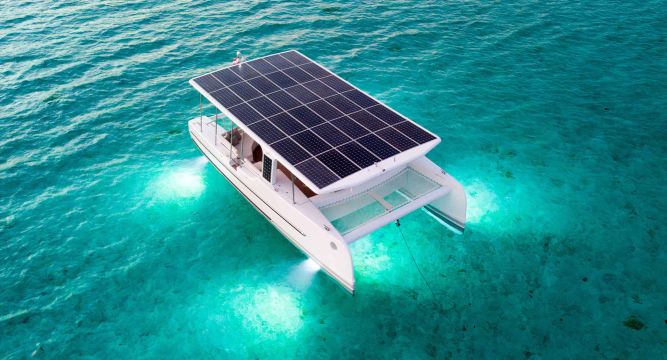
The SoelCat 12 is a fully energy-autonomous excursion vessel, which makes operations not only truly green but also very cost-effective! Since 2017 the Soel Cat 12 has been in successful operations and recently got a design and technology upgrade for new builds.
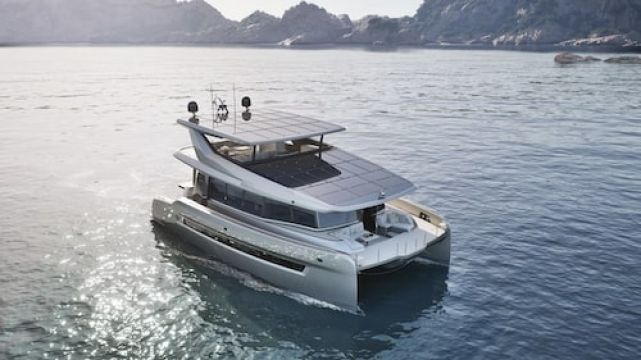
SOEL SENSES 62
Soel Yachts’ Soel Senses 62 solar electric yacht features 42 state-of-the-art 440Wp solar panels and an electric propulsion system for clean and quiet sailing. The sleek and minimalistic design features an efficient hull shape to optimise speed and range for truly sustainable tours around the world.
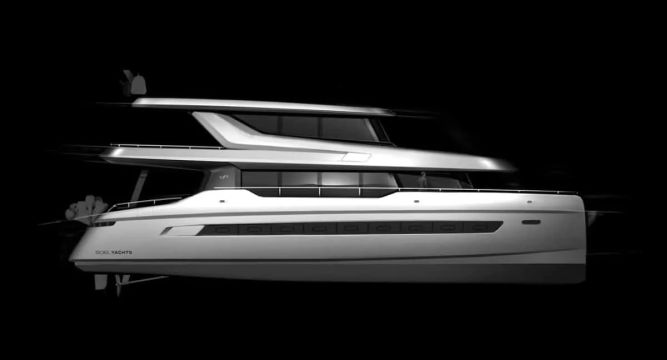
SOEL SENSES 82
The interior of the solar electric yacht offers all levels of luxury with panoramic windows and a full beam glass sliding door. This world explorer can be configured in various interior versions, ranging from four to six cabins plus crew cabin and can accommodate up to twelve guests and four crew.
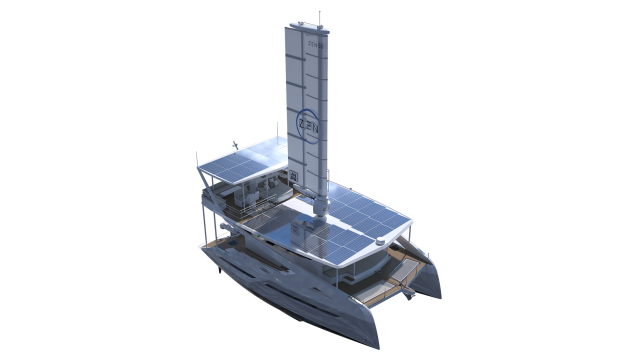
The ZEN50 represents a significant advancement in the yachting world. As the world's inaugural series production catamaran featuring a wingsail, it establishes a unique category of its own. Here, genuine zero-emission capability converges with exceptional comfort and performance, setting new standards without limits
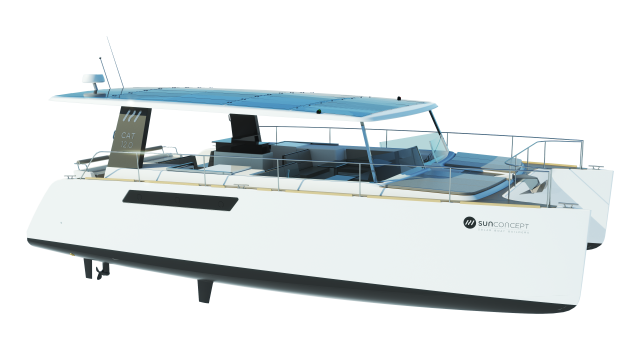
CAT 12.0 Lounge
Specially designed for commercial use with a capacity to transport up to 40 people, the 12-meter full-electric solar-powered catamaran offers virtually endless navigation, an open spacious interior design, and premium levels of onboard comfort.
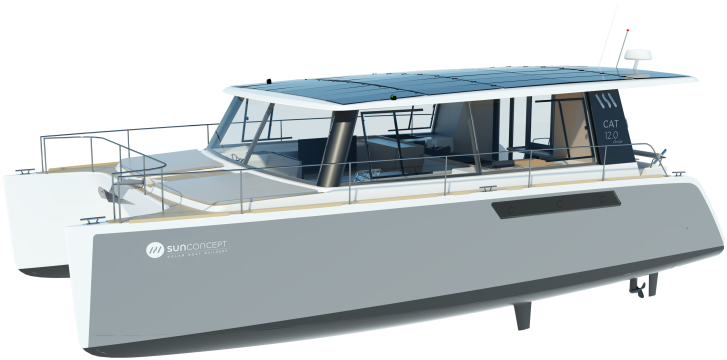
CAT 12.0 Cruise
This 12-meter fully electric solar-powered catamaran offers virtually endless navigation and comfort. The CAT 12.0 Cruise offers a spacious cabin, and two double-bed cabins with private bathrooms.
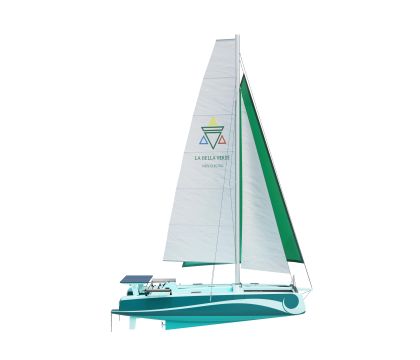
The Bella Verde 35 is a new chapter in self-driving cruising. Its state-of-the-art features include electric motors, solar panels and plenty of storage for passenger luggage, so you can feel free in the ocean.
You are using an outdated browser. Please upgrade your browser or activate Google Chrome Frame to improve your experience.
- Commercial & industrial PV
- Grids & integration
- Residential PV
- Utility scale PV
- Energy storage
- Balance of systems
- Modules & upstream manufacturing
- Opinion & analysis
- Opinion & analysis guidelines
- Press Releases
- Technology and R&D
- Sustainability
- 50 States of Solar
- pv magazine UP initiative
- pv magazine Hydrogen Hub
- Magazine features
- US module maker directory
- pv magazine Roundtables & Insights
- pv magazine Webinars
- Event calendar
- Past events
- Special Edition Las Vegas 2023
- OMCO Solar white paper
- Print archive
- pv magazine test
- pv magazine team
- Newsletter subscription
- Magazine subscription
- Community standards
Autonomous solar-powered catamarans for enhanced marine cloud brightening
Rinaldo Brutoco, founding president and chief executive officer of World Business Academy, shares a novel approach to combat climate change.
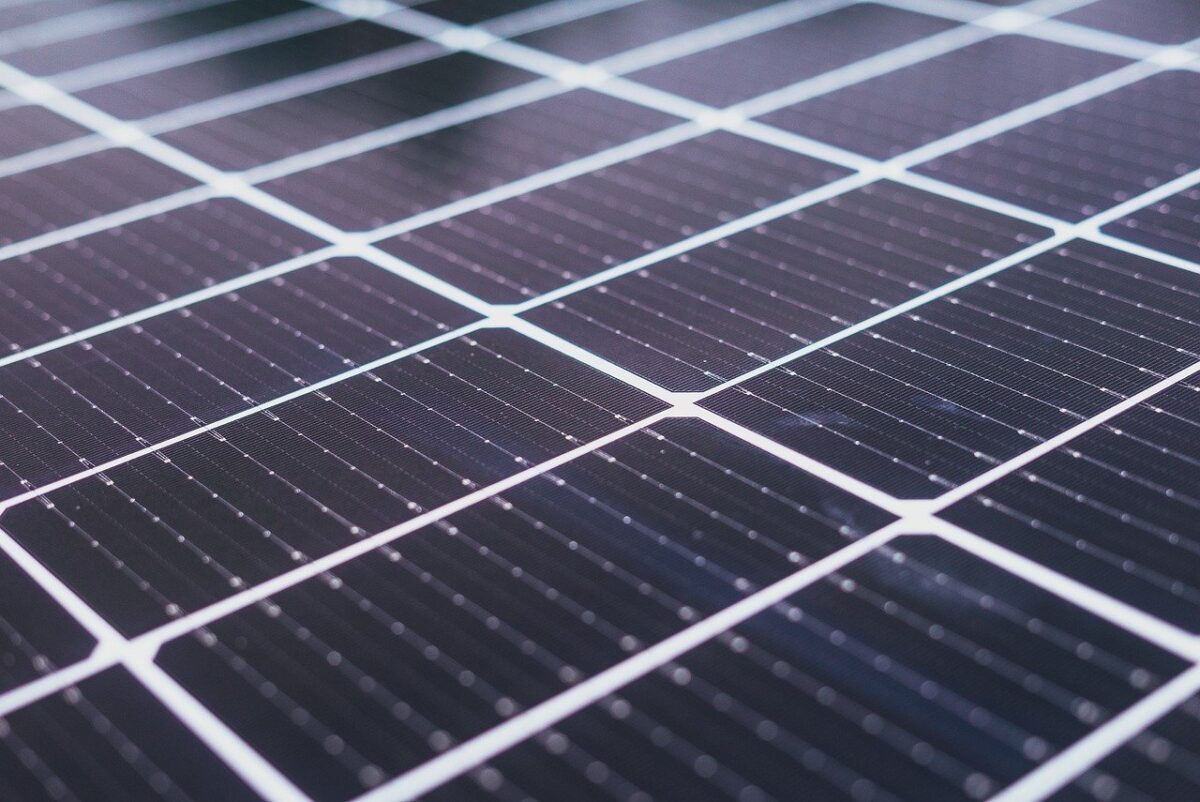
Image: Pixabay
As the planet grapples with the escalating impacts of climate change, the urgency for innovative, global solutions has never been more critical. With 75% of the Earth’s surface covered by water, recent studies have shown that these vast aquatic expanses are warming at a significantly faster rate than terrestrial environments.
This increase in ocean temperatures is driving a cascade of environmental catastrophes, including the melting of polar ice caps, widespread coral bleaching, global glacial melting, widespread coral bleaching, and significant alterations in ocean currents. While to date less widely publicized, this third impact is crucial because these currents distribute heat around the globe through vast, conveyor-like systems in the sea, which are now being disrupted by changes in ocean density and increased by warming, leading to potentially irreversible shifts in their patterns.
One of the most significant impacts of ocean warming is the potential slowdown of the global thermohaline circulation, often referred to as the “global conveyor belt.” This system circulates ocean water worldwide, influencing climate patterns globally. Warmer water is less dense and thus has a lower capacity to sink, which can slow down this circulation. Models suggest that continued warming could lead to a weakening, or even a shutdown, of key components of this system, such as the North Atlantic Deep Water formation, which could dramatically cool the North Atlantic and Europe. Additionally, warming oceans have been linked to more intense and frequent El Niño events, which impact weather patterns globally, including increased rainfall in some regions and droughts in others.
As illustrated by the noticeable weakening taking place in the flow of the Gulf Stream , the changes in ocean currents induced by warming are not just a future prediction; they are happening now, and their effects are being felt worldwide. These changes necessitate innovative approaches not only to mitigate the sources of warming but also to adapt to and manage the consequences already in motion.
These alarming trends underscore the immediate, desperate need for effective strategies to cool down the oceans and mitigate their wide-ranging impacts on the global climate system. While necessary, traditional environmental protection and carbon reduction methods are no longer sufficient alone to halt or reverse global warming trends. As a result, the scientific community is turning toward more radical geoengineering technologies designed to intervene directly in the Earth’s climatic systems on a grand scale.
One such innovative approach is marine cloud brightening (“MCB”), which has recently gained attention as a potential method to reflect sunlight away from the Earth’s surface and reduce the heat absorbed by the oceans. MCB builds on natural phenomena where sea salt acts as cloud condensation nuclei, enhancing cloud formation and reflectivity. The approach, first proposed by British atmospheric physicist John Latham in the 1990s, suggests that spraying seawater into the atmosphere to create fine droplets could increase the albedo of marine stratocumulus clouds. This would reflect more sunlight into space, thereby cooling the Earth. Early technological advancements by Stephen Salter and extensive computer modeling throughout the 2000s have explored the feasibility and climatic impacts of such interventions.
The albedo effect, where lighter surfaces reflect solar energy as opposed to dark surfaces, which absorb it, becomes even more important as more reflective ice melts due to global warming. Massive regions at the two poles and diminishing glaciers that once reflected a significant amount of sunlight begin to absorb more heat, thereby exacerbating warming in a feedback loop known as “ice-albedo feedback.” By enhancing cloud albedo over the oceans, MCB seeks to leverage this effect to reduce solar heat absorbed by the Earth, providing a compensatory cooling effect to counterbalance the loss of ice. However, despite promising models, MCB research continues to wrestle with the complexity of predicting long-term climatic outcomes and the potential ethical questions that could arise from such geoengineering techniques.
Current research, including field trials by private groups and academic institutions, focuses on gathering empirical data to understand these processes better and refine this climate intervention strategy. While MCB holds promise, operational challenges remain, particularly in terms of scalability and environmental sustainability.
To address these challenges, the World Business Academy has proposed a novel solution: the deployment of autonomous, solar-powered catamarans equipped with aerosol dispersion technology to efficiently distribute sea salt particles across the oceans can address these challenges. These vessels are designed to maximize the capture of solar energy through expansive solar arrays integrated into their dual-hulled structure. This design provides increased stability and surface area and allows for greater energy generation capacity, which powers the propulsion, navigation, and aerosol dispersion mechanisms, ensuring continuous operation without the use of fossil fuels.
The Energy Observer , a 100-foot catamaran launched in 2017 with the support of global entities like Air Liquide and Toyota (who contributed to the development of the hydrogen fuel cell technology used onboard), provides a valuable blueprint for the development of such autonomous solar-powered catamarans. The integration of solar arrays, hydrogen fuel cells, and advanced navigation systems demonstrated by the Energy Observer offers practical insights into building efficient, sustainable catamarans capable of long-term, autonomous, carbon-free operations proposed for enhancing MCB efforts to effectively combat global warming.
Preliminary estimates indicate that these solar-powered catamarans can significantly increase the area covered by MCB interventions, potentially amplifying their cooling effect on the planet—particularly if guided by advanced navigation systems that calculate the most effective dispersion routes based on real-time climatic data and oceanographic conditions.
The autonomous operation allows for continuous, long-term deployment, minimizing human labor and operational costs. Energy efficiency calculations suggest that the solar arrays can generate sufficient power for both propulsion and aerosol dispersion, even in varying weather conditions. The vessels would ideally be directed toward areas with the highest sunlight exposure to maximize energy generation and optimize the effectiveness of the intervention.
Introducing autonomous solar-powered catamarans for MCB deployment addresses several challenges associated with geoengineering efforts to combat climate change. By leveraging renewable energy, this approach reduces the carbon footprint of climate intervention techniques and enhances their sustainability. Additionally, the scalability of this solution presents an opportunity for global implementation, offering a path toward a significant impact on the Earth’s climate system.
Such autonomous solar-powered catamarans provide an additional benefit to climate science since equipping each catamaran with advanced sensors and tracking technology can play a vital role in monitoring changes in ocean currents. By collecting data on water temperature, salinity, and currents across different ocean regions, these catamarans can enhance our understanding of how global warming affects oceanic systems. With this knowledge and the ability to program the routes each craft autonomously sails, the deployment of MCB techniques by these catamarans can cool specific regions, offering a method to directly mitigate the impacts of warming oceans on current patterns.
The use of these catamarans represents a symbiotic approach. While they aid in cooling the oceans and reducing the heat absorbed at the surface, they also gather crucial data that can inform climate models and future geoengineering initiatives. This dual functionality – and its ability to be targeted at specific regions such as along the equator, where natural ocean currents can distribute the cooling effect – underscores the potential of integrating this technological innovation with environmental conservation and decarbonization strategies to address the complex challenges posed by global warming.
Further research and development are necessary to optimize the design and operation of these vessels, with pilot projects being a crucial next step for testing and validation. These projects will help refine the technology and assess its effectiveness and environmental impact in real-world conditions, providing a critical basis for broader implementation.
The World Business Academy
The World Business Academy was founded in 1986 as a result of discussions centered on the role and responsibility of business in relation to critical environmental and social challenges. Since that time, the Academy has been a 501(c)(3) non-profit that engages the business community in better understanding and practicing the role of business as an agent for positive social transformation and solutions to humanity’s largest challenges.
The Academy’s focus on climate change, energy security, hydrogen, and optimized corporate governance through advocacy of shareholder capitalism, results from an analysis of the most important threats to human survival. Its 38-year track record of leadership includes the publication of cutting-edge books, articles, podcasts, and videos discussing these topics and many other issues of primary importance to the evolving role of business in society.

The views and opinions expressed in this article are the author’s own, and do not necessarily reflect those held by pv magazine .
This content is protected by copyright and may not be reused. If you want to cooperate with us and would like to reuse some of our content, please contact: editors@pv-magazine.com .
50 states of grid modernization
Stem dips on q1 earnings, announces new solar and storage asset software, related content, elsewhere on pv magazine..., leave a reply cancel reply.
Please be mindful of our community standards .
Your email address will not be published. Required fields are marked *
Save my name, email, and website in this browser for the next time I comment.
Notify me of follow-up comments by email.
Notify me of new posts by email.
By submitting this form you agree to pv magazine using your data for the purposes of publishing your comment.
Your personal data will only be disclosed or otherwise transmitted to third parties for the purposes of spam filtering or if this is necessary for technical maintenance of the website. Any other transfer to third parties will not take place unless this is justified on the basis of applicable data protection regulations or if pv magazine is legally obliged to do so.
You may revoke this consent at any time with effect for the future, in which case your personal data will be deleted immediately. Otherwise, your data will be deleted if pv magazine has processed your request or the purpose of data storage is fulfilled.
Further information on data privacy can be found in our Data Protection Policy .
pv magazine USA offers daily updates of the latest photovoltaics news. We also offer comprehensive global coverage of the most important solar markets worldwide. Select one or more editions for targeted, up to date information delivered straight to your inbox.
- Select Edition(s) * Hold Ctrl or Cmd to select multiple editions. Tap to select multiple editions. U.S. (English, daily) Global (English, daily) Germany (German, daily) Australia (English, daily) China (Chinese, weekly) India (English, daily) Latin America (Spanish, daily) Brazil (Portuguese, daily) Mexico (Spanish, daily) Spain (Spanish, daily) France (French, daily) Italy (Italian, daily)
- Read our Data Protection Policy .
Subscribe to our global magazine

Most popular
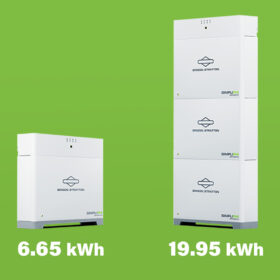
Keep up to date
- Vessel Reviews
- Passenger Vessel World
- Offshore World
- Tug and Salvage World
- Maritime Security World
- Specialised Fields
- Marine Projects World
- Small Craft World
- Tanker World
- Dry Cargo World
- Boxship World
- Aquaculture World
- Trawling World
- Longlining World
- Seining World
- Potting World
- Other Fishing Methods
- Regulation & Enforcement
- Feature Weeks
- Classifieds
- Book Reviews
VESSEL REVIEW | Sinichka – Electric commuter boats designed for Russia’s Moskva River
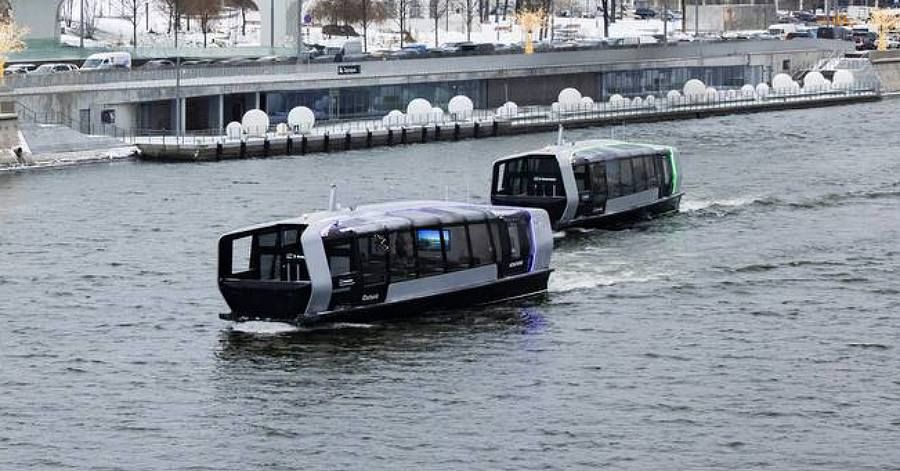
A series of three new electric monohull commuter ferries have already begun operational sailings on the Moskva River in the Russian capital Moscow.
Built by Russian shipyard Emperium, sister vessels Sinichka , Filka , and Presnya – all named after rivers in Moscow – are being operated by the Moscow Department of Transport and Road Infrastructure Development (Moscow Deptrans). They are the first units of a planned fleet of 20 vessels that will serve the capital city and other nearby communities. The new ferry system will be the water transport system to be operated on the Moskva River in 16 years.
Each vessel has a welded aluminium hull, an LOA of 21 metres, a beam of 6.2 metres, a draught of only 1.4 metres, a displacement of 40 tonnes, and capacity for 80 passengers plus two crewmembers. Seating is available for 42 passengers on each ferry, and the main cabins are also fitted with USB charging ports, wifi connectivity, tables, toilets, and space for bicycles and scooters. The cabin layout can be rearranged to allow the operator to adjust the distances between the seats and to install armrests of varying widths.
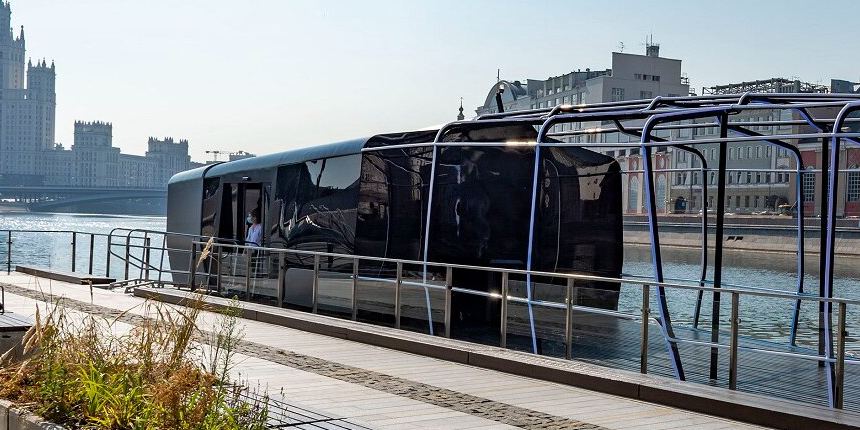
An open upper deck is also accessible to passengers and is the only area on each ferry where smoking is allowed.
The ferries are all of modular construction with each ferry’s wheelhouse, main cabin, and other structural elements being built as complete, separate components. This enables the ferries to be easily dismantled for transport to anywhere in Russia by rail and then quickly re-assembled within seven days.
The ferries are also ice-capable. Recently completed operational trials on the Moskva showed that the vessels can also easily navigate under mild winter conditions with broken surface ice, though year-round operations are planned for the entire fleet.
The ferries are each fitted with 500kWh lithium iron phosphate battery packs that supply power to two 134kW motors. This configuration can deliver a maximum speed of 11.8 knots, a cruising speed of just under 10 knots, and a range of 150 kilometres.
Emperium said the transfer of rotation of electric motors to the propeller is carried out by direct drive. As a propulsion installation, a pulling rotary propeller-steering column with double screws is used. The installation of double pulling screws, with similar power, allows an operator to increase the efficiency of the propulsion system to deliver a slightly higher speed or to reduce energy consumption. This arrangement also provides the ferries with enhanced manoeuvrability necessary for navigating in close quarters.
The batteries themselves have projected service lives of 10 to 12 years and are fitted with safety features such as built-in fire extinguishers and gas vents. Quick-disconnect features allow the batteries to be easily removed for replacement or maintenance.
Some of our readers have expressed disquiet at our publication of reviews and articles describing new vessels from Russia. We at Baird Maritime can understand and sympathise with those views. However, despite the behaviour of the country’s leaders, we believe that the maritime world needs to learn of the latest developments in vessel design and construction there.
Click here to read other news stories, features, opinion articles, and vessel reviews as part of this month’s Passenger Vessel Week.
Related Posts

Baird Maritime
Tags: Emperium Filka Moscow Moscow Department of Transport and Road Infrastructure Development Moskva River Presnya Russia Sinichka WBW newbuild
- Previous VESSEL REVIEW | Ferry Rokko – Second 194m Ro-Pax for Miyazaki Car Ferry
- Next Brighton man to be charged for illegal abalone haul

Baird Maritime , launched in 1978, is one of the world's premier maritime publishing houses.
The company produces the leading maritime new portal BairdMaritime.com , home of the world famous Work Boat World, Fishing Boat World, Ship World, Ausmarine, and Commercial Mariner sub-sites, and the industry-leading ship brokerage platforms WorkBoatWorld.com and ShipWorld.com .
Contact us: [email protected]
© Copyright - Baird Maritime
- Terms & Conditions
- Advertise with Baird Maritime
- Submit News/Leads
- Bahasa Indonesia
- Slovenščina
- Science & Tech
- Russian Kitchen
Cruising the Moskva River: A short guide to boat trips in Russia’s capital

There’s hardly a better way to absorb Moscow’s atmosphere than on a ship sailing up and down the Moskva River. While complicated ticketing, loud music and chilling winds might dampen the anticipated fun, this checklist will help you to enjoy the scenic views and not fall into common tourist traps.
How to find the right boat?
There are plenty of boats and selecting the right one might be challenging. The size of the boat should be your main criteria.
Plenty of small boats cruise the Moskva River, and the most vivid one is this yellow Lay’s-branded boat. Everyone who has ever visited Moscow probably has seen it.

This option might leave a passenger disembarking partially deaf as the merciless Russian pop music blasts onboard. A free spirit, however, will find partying on such a vessel to be an unforgettable and authentic experience that’s almost a metaphor for life in modern Russia: too loud, and sometimes too welcoming. Tickets start at $13 (800 rubles) per person.
Bigger boats offer smoother sailing and tend to attract foreign visitors because of their distinct Soviet aura. Indeed, many of the older vessels must have seen better days. They are still afloat, however, and getting aboard is a unique ‘cultural’ experience. Sometimes the crew might offer lunch or dinner to passengers, but this option must be purchased with the ticket. Here is one such option offering dinner for $24 (1,490 rubles).

If you want to travel in style, consider Flotilla Radisson. These large, modern vessels are quite posh, with a cozy restaurant and an attentive crew at your service. Even though the selection of wines and food is modest, these vessels are still much better than other boats.

Surprisingly, the luxurious boats are priced rather modestly, and a single ticket goes for $17-$32 (1,100-2,000 rubles); also expect a reasonable restaurant bill on top.
How to buy tickets?
Women holding photos of ships promise huge discounts to “the young and beautiful,” and give personal invitations for river tours. They sound and look nice, but there’s a small catch: their ticket prices are usually more than those purchased online.
“We bought tickets from street hawkers for 900 rubles each, only to later discover that the other passengers bought their tickets twice as cheap!” wrote (in Russian) a disappointed Rostislav on a travel company website.
Nevertheless, buying from street hawkers has one considerable advantage: they personally escort you to the vessel so that you don’t waste time looking for the boat on your own.

Prices start at $13 (800 rubles) for one ride, and for an additional $6.5 (400 rubles) you can purchase an unlimited number of tours on the same boat on any given day.
Flotilla Radisson has official ticket offices at Gorky Park and Hotel Ukraine, but they’re often sold out.
Buying online is an option that might save some cash. Websites such as this offer considerable discounts for tickets sold online. On a busy Friday night an online purchase might be the only chance to get a ticket on a Flotilla Radisson boat.
This website (in Russian) offers multiple options for short river cruises in and around the city center, including offbeat options such as ‘disco cruises’ and ‘children cruises.’ This other website sells tickets online, but doesn’t have an English version. The interface is intuitive, however.
Buying tickets online has its bad points, however. The most common is confusing which pier you should go to and missing your river tour.

“I once bought tickets online to save with the discount that the website offered,” said Igor Shvarkin from Moscow. “The pier was initially marked as ‘Park Kultury,’ but when I arrived it wasn’t easy to find my boat because there were too many there. My guests had to walk a considerable distance before I finally found the vessel that accepted my tickets purchased online,” said the man.
There are two main boarding piers in the city center: Hotel Ukraine and Park Kultury . Always take note of your particular berth when buying tickets online.
Where to sit onboard?
Even on a warm day, the headwind might be chilly for passengers on deck. Make sure you have warm clothes, or that the crew has blankets ready upon request.
The glass-encased hold makes the tour much more comfortable, but not at the expense of having an enjoyable experience.

Getting off the boat requires preparation as well. Ideally, you should be able to disembark on any pier along the way. In reality, passengers never know where the boat’s captain will make the next stop. Street hawkers often tell passengers in advance where they’ll be able to disembark. If you buy tickets online then you’ll have to research it yourself.
There’s a chance that the captain won’t make any stops at all and will take you back to where the tour began, which is the case with Flotilla Radisson. The safest option is to automatically expect that you’ll return to the pier where you started.
If using any of Russia Beyond's content, partly or in full, always provide an active hyperlink to the original material.
to our newsletter!
Get the week's best stories straight to your inbox
- What to do in Moscow City, if you’re not mega-rich
- Moscow after dusk: 10 places to drink, dance, and groove
- 5 things you must do in Moscow in 2018 between football matches (or without them)
- Sandwiched between Moscow and St. Petersburg: How to spend a perfect weekend in Tver
- 24 or 48 hours in Moscow: Where to go and what to do in 2019
This website uses cookies. Click here to find out more.
- Solar Electric Boats
- Electric boats
- Electric Yachts
- Sunreef Yachts
Sunreef Yachts unveils new luxe solar electric Explorer catamaran with over 1,000 kWh in batteries
Sustainable boatbuilder Sunreef Yachts is adding a sleeker, lighter solar electric catamaran to its portfolio. The new Explorer Eco 40m is the company’s smallest electric yacht to date, but debuts with some of the most advanced technology, including Sunreef’s proprietary “solar skin”
Sunreef shows off gorgeous 80-foot solar electric luxury yacht ahead of US debut this month
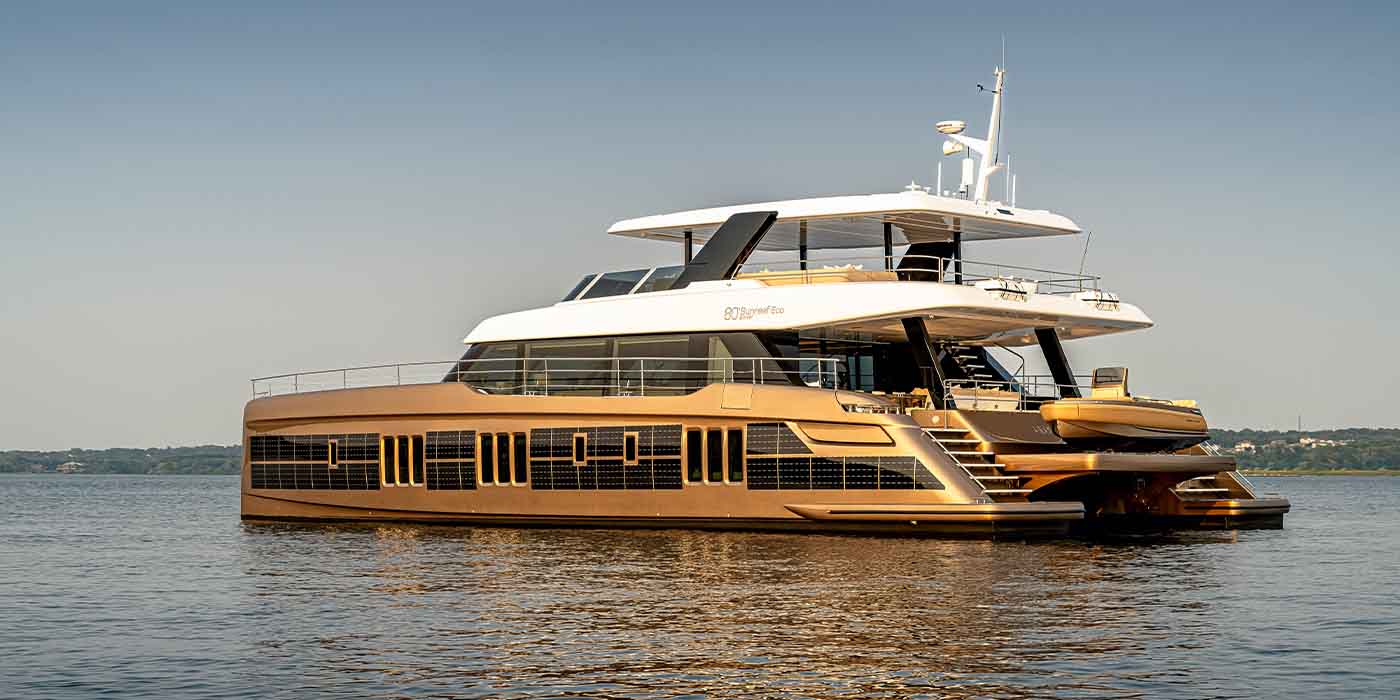
Eco-responsible shipbuilder Sunreef Yachts had given the public its first glimpse of its new 80-foot solar electric yacht before it makes it US debut in Fort Lauderdale, Florida later this month. The 80 Sunreef Power Eco is a fully-electric luxury catamaran that could very well be one of the most advanced solar electric yachts built to date.
Floating solar-powered dock unveiled for 100% off-grid charging of electric boats
The Portuguese company Faro Electric Boats has just pulled the cover off of the new Faro PowerDock. The off-grid electric dock and boat lift is powered by a solar array, offering recharging opportunities even when shore power isn’t an option.
- Hydrogen Fuel Cell
- Alva Yachts
ALVA Yachts goes long with a 90-foot solar electric superyacht boosted by hydrogen and wing sails
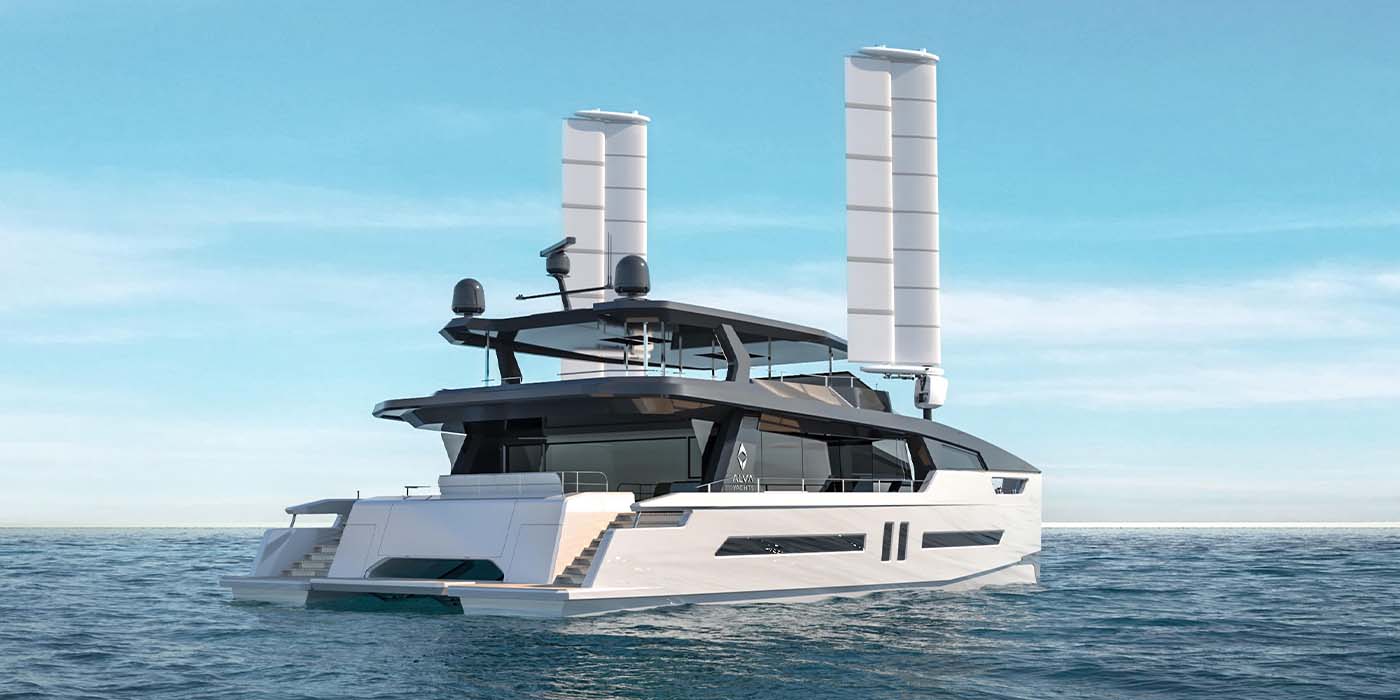
Luxury electric boatbuilder ALVA Yachts is doing what many in the maritime industry consistently strive toward – building vessels bigger and better. Its latest solar electric catamaran is a 90-foot superyacht called the OCEAN ECO 90 H2 – in addition to zero-emissions propulsion and sustainable power, it adds hydrogen fuel cells and a wing sail propulsion system to alleviate any need for fuel aboard. Oh, don’t forget the jacuzzi up top.
- Hydrogen Boats
This 64-foot hydrogen electric yacht uses solar and sea water to power itself with ‘unlimited range’
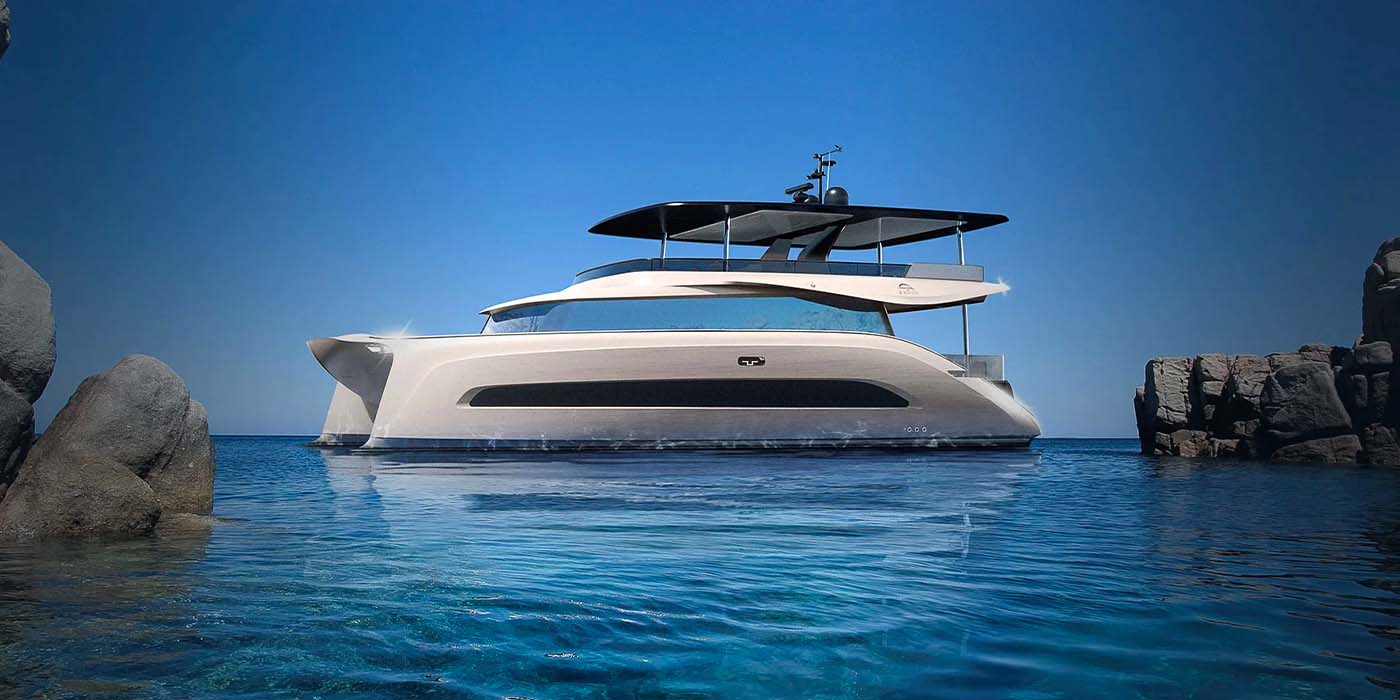
European yacht broker MYSEA has announced the beginning of sales of the AQUON One eco-catamaran – a solar electric yacht powered by the sun and hydrogen fuel cells with luxurious accommodations for eight to ten passengers without any emissions.
This 8,400-sq.-ft. Domus solar trimaran concept plans to deliver unlimited range at sea with zero emissions

Meet Domus – the solar electric sailing yacht concept created as a collaboration between Rob Doyle Design and Van Geest Design. This 40-meter sailing vessel promises to deliver the interior volume of a 60-meter yacht and can propel itself using wind, solar, hydro regeneration, and hydrogen fuels cells to deliver “unlimited range.” All without any carbon emissions. Did we mention it has a movie theater?
ALVA Yachts introduces new 78-foot solar electric catamaran with ‘transatlantic range’
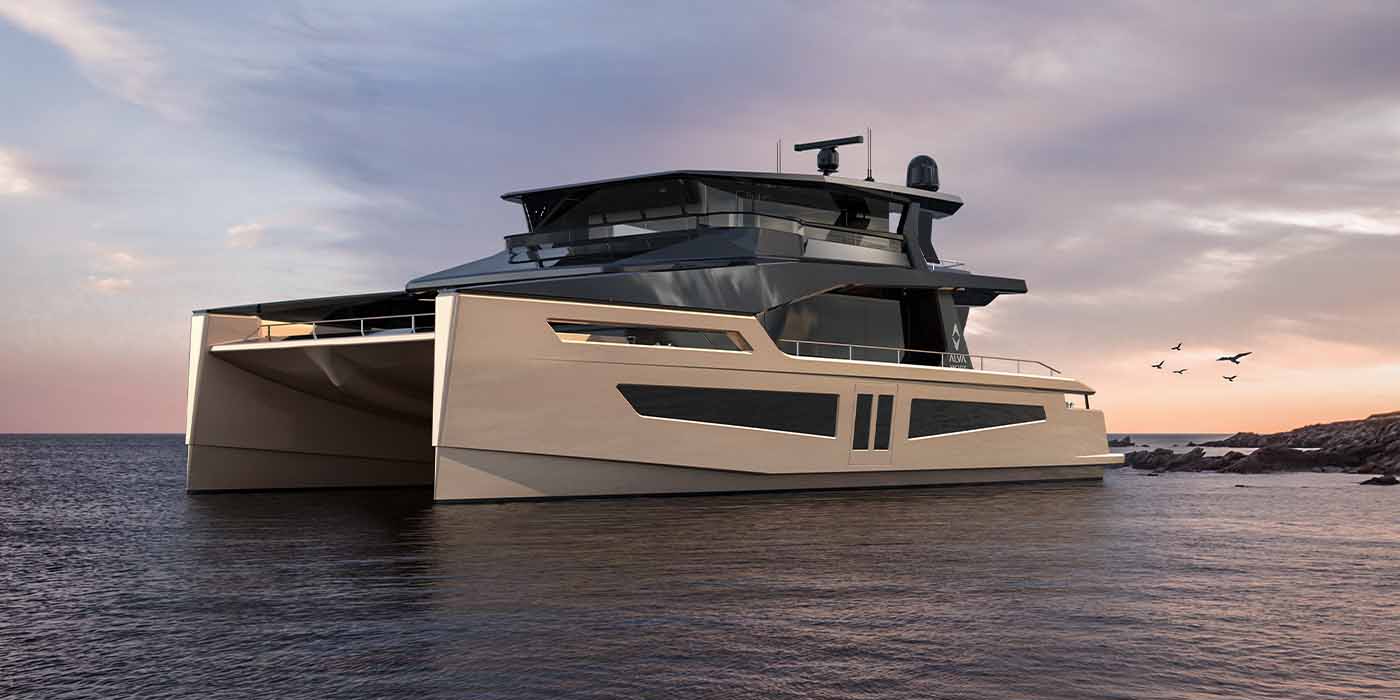
Luxury electric boatbuilder ALVA Yachts is back with its latest solar electric catamaran. The upcoming OCEAN ECO 78 will arrive as a mid-size marine vessel in ALVA’s current lineup and comes equipped with the solar and electric propulsion technology to reach a top speed of 14-15 knots (16-17 mph) at sea, plus plenty of battery capacity to go far – all backed by solar panels on its roof.
ZEN Yachts secures $5.9M in Series A alongside new orders for its solar electric catamaran
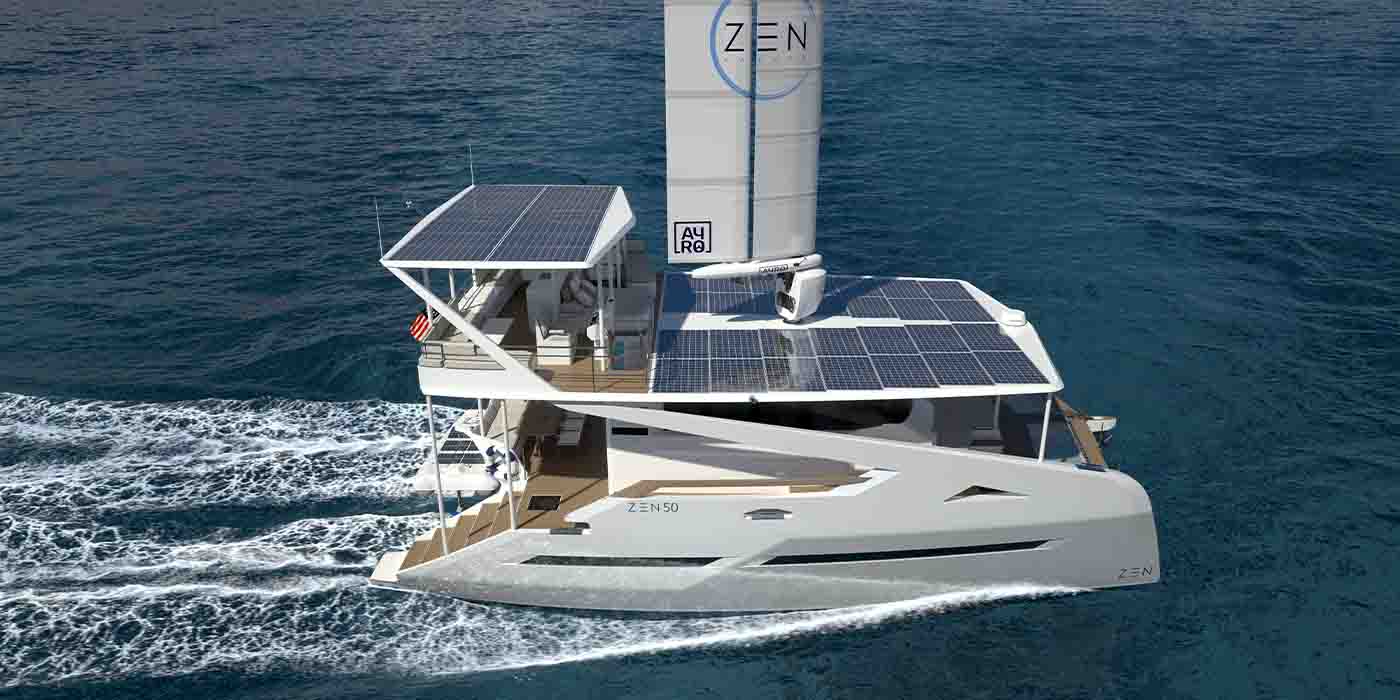
Nascent solar electric catamaran manufacturer ZEN Yachts has announced the closing of a Series A funding round totaling 5.5 million euros ($5.86M), sponsored entirely by Ocean Zero, LLC. The zero emissions boatbuilder looks to use the fresh round of funding to continue construction of the first hulls of its ZEN50 solar electric catamaran, of which additional preorders have now been secured.
- Solar power
Check out ArkHAUS – A modular, floating, solar-electric social club for members only

If you thought Soho House was exclusive, wait until you see this. ArkHAUS is an upcoming members-only social club that is as innovative as it is stylish, offering multiple solar-powered, electrically propelled vessels than can be connected to create large floating spaces to work, socialize, and enjoy the views – all while supporting local marine research cleanly beneath the vessel.
- Electric Boat Charging
- Soel Yachts
Soel Yachts unveils 62 ft solar electric catamaran with 564 kWh battery capacity and ‘trans-ocean range’
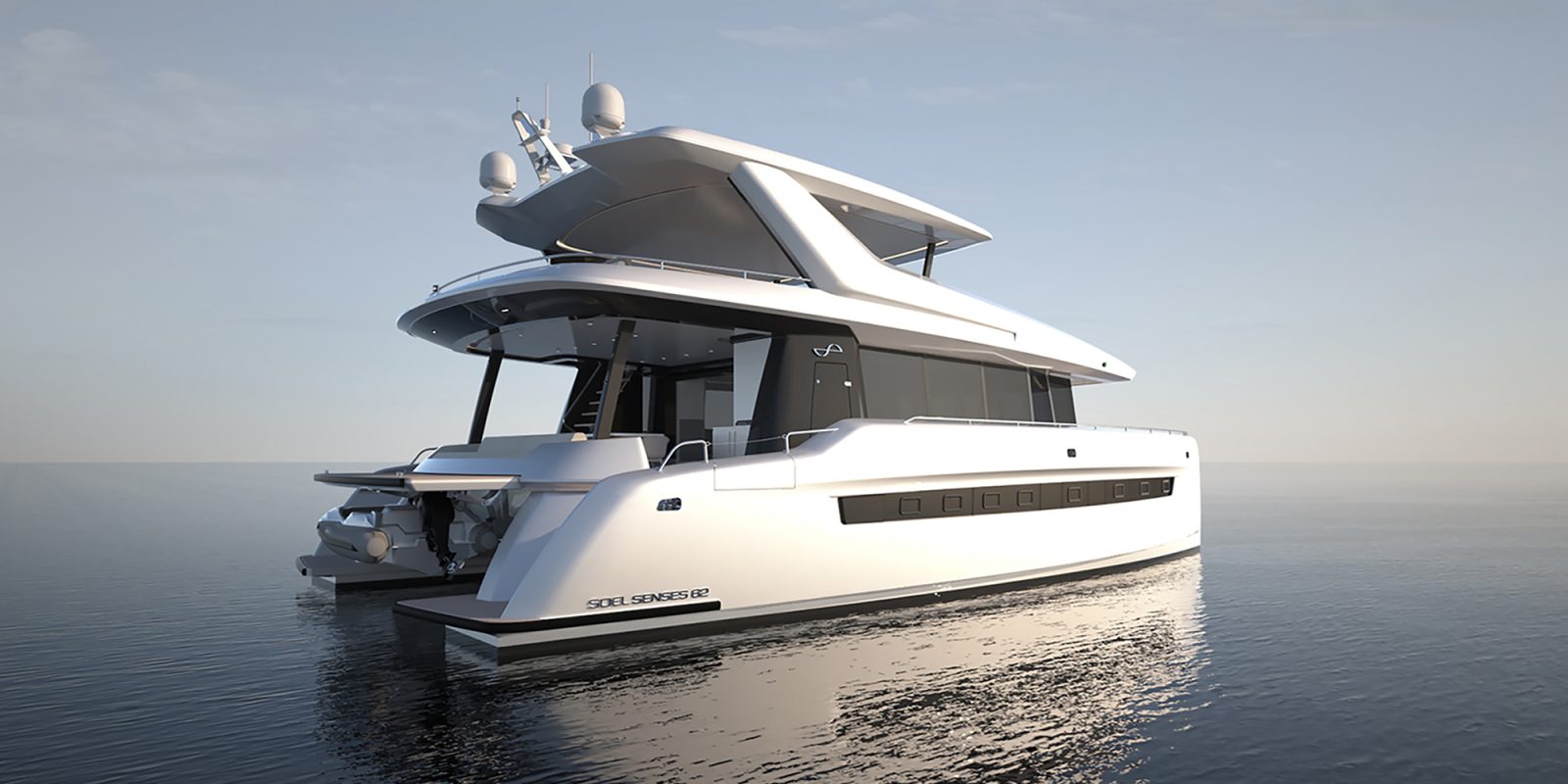
Another day and another solar electric yacht shared with the world, each seemingly going further and faster. The latest announcement comes from Soel Yachts out of the Netherlands, whose new Senses 62 solar electric catamaran boasts some large battery capacity for a yacht, providing what the company calls “trans-ocean range…” however far that means.

Manage push notifications


IMAGES
VIDEO
COMMENTS
The blue water capable ZEN50 lightweight racing carbon hulls are combined with a huge solar roof for an unrivaled solar power vs. displacement ratio above 1:1 (18 kW / 17 tonnes), making this yacht completely energy self-sufficient. A revolutionary, fully automated, wingsail - by Ayro© - can be added as a range and speed extender.
In 2009, the Solarwave 46 was launched as our first prototype of a fully solar-electric, self-sufficient ocean-going catamaran. Since then, our electric yachts have cruised many 10.000s of nautical miles, performing flawlessly during a variety of weather conditions.
The SoelCat 12 solar electric catamaran is integrally designed for electric propulsion right from the first line drawing to the matched propeller. Every aspect of this vessel contributes towards its highly efficiency for solar electric sailing. The lightweight yet durable fibreglass construction, the large solar roof and the super slender hulls ...
The perfect mid sized electric solar catamaran. The OCEAN ECO 60 is an innovation packed solar assisted electric long-range cruiser that will perfectly suit customers who like to cruise and explore while yachting.Designed with luxury, safety and cruising comfort in mind, it is an example of the latest technological developments in the field of self-sufficient yachts surpassing its competition ...
Today, hundreds of Sunreef Yachts are sailing waters across the globe, showcasing the company's lineup of sustainable luxury catamarans, all-electric propulsion, and advanced solar panels.
Sail the seas powered by the sun with our innovative solar sail catamaran. Experience eco-friendly adventures with sustainable energy. ... Sunreef Yachts is a renowned designer and manufacturer of luxury electric sailing yachts. Sail into the future with a bespoke Sunreef 50, 60, 70, or 80. ... sailing catamarans from Sunreef Yachts emerge as ...
The past three years, ALVA Yachts has introduced a 50-foot cruiser, two electric sailboats in lengths of 72- and 82-feet, plus 60- and 90-foot all-electric yachts, including the OCEAN ECO 60 ...
1,524 4 minutes read. The new SILENT 60 solar powered catamaran carries 42 solar panels for 17 kWp of solar energy to power two electric motors of up to 2x340kw. Backed up by a battery capacity of up to 286 kWh, the yacht can cruise efficiently with zero emissions solely on solar power for up to 100 nautical miles a day for weeks.
In addition to the Power system, Soel allows customers to add additional battery capacity up to 564 kWh. According to Soel Yachts, the electric propulsion systems above combined with the solar ...
The ESC40 is a 40-ft catamaran designed to be two to three times faster than the typical cruising cat - using carbon fibre to reduce weight and provide increased hull strength. The twin helm stations are covered by a solar cell-covered roof and come with a 59m2 main sail in addition to three headsails: Jib 26 m ², FRO 65 m ² and Asail 121 m ².
ALVA Yachts, the German builder of luxury electric solar catamarans and sail boats, has announced it is currently building the world's first fuelless 90ft superyacht catamaran with wings, the OCEAN ECO 90 H2. The first superyacht catamaran to run without fossil fuels and producing zero emission, the OCEAN ECO 90 H2 is designed with luxury ...
Joshua S. Hill. Source: ZEN Yachts. Maltese electric boat manufacturer Zen Yachts has announced the first order for its Zen 50, the world's first production catamaran yacht equipped with both extensive solar panels and a wingsail. Zen (short for Zero Emission Nautic) Yachts announced this week that it has sold its first Zen 50 which will ...
Code D Sail of 210m² on longeron with Reckmann Electric code furler for downwind sailing. Both sheets led aft to main winches. Interior Layout - Interior Finishes
Come on board the Sunreef 80 Eco for an exclusive visit of the shipyard's latest solar-electric catamaran. Combining state of the art sustainable technology ...
The Eco 80 Sail Catamaran is one of the electric solar boats provided by Sunreef Yachts. It features a unique "solar skin" that covers all composite structures on the boat, including hull sides, boom, mast, bimini, and superstructure. This green tech makes it possible to place solar panels where it wouldn't normally be possible (like the ...
Here are three of the best solar-powered catamarans: Sunreef's 80 Sunreef Power Eco Yacht. Silent Yachts' Silent 80. Soel's Senses 48. There are soo many variables that it's tough to say one is better than the others. No matter which you board, you're going to have a luxury experience. The benefit of these solar cats is that the ...
This 12-meter fully electric solar-powered catamaran offers virtually endless navigation and comfort. The CAT 12.0 Cruise offers a spacious cabin, and two double-bed cabins with private bathrooms. ... electric yacht features 42 state-of-the-art 440Wp solar panels and an electric propulsion system for clean and quiet sailing. The sleek and ...
The Energy Observer, a 100-foot catamaran launched in 2017 with the support of global entities like Air Liquide and Toyota (who contributed to the development of the hydrogen fuel cell technology used onboard), provides a valuable blueprint for the development of such autonomous solar-powered catamarans. The integration of solar arrays ...
Infant electric boat manufacturer, ZEN Yachts, has announced its first US order for its flagship ZEN50 solar electric catamaran.The zero-emission sailing yacht is currently under construction in ...
A series of three new electric monohull commuter ferries have already begun operational sailings on the Moskva River in the Russian capital Moscow. Built by Russian shipyard Emperium, sister vessels Sinichka, Filka, and Presnya - all named after rivers in Moscow - are being operated by the Moscow Department of Transport and Road Infrastructure Development […]
Surprisingly, the luxurious boats are priced rather modestly, and a single ticket goes for $17-$32 (1,100-2,000 rubles); also expect a reasonable restaurant bill on top.
The global economy gets roughly 10% of its power from wind and solar sources, while in Russia, solar's share is just 0.2%. The government gives fossil fuel companies trillions of rubles in tax ...
Luxury electric boatbuilder ALVA Yachts is doing what many in the maritime industry consistently strive toward - building vessels bigger and better. Its latest solar electric catamaran is a 90 ...
Private Fast Power Catamaran. Full or Half Day for Beach Hopping, Snorkel & Swim. 147. Jet Boat Rentals. from . $885.00. ... Catamaran Sail to Jost Van Dyke (Soggy Dollar Bar) 51. Spring Break. from . $349.00. per adult. Pizza Pi, Snorkel & Sunset Sail provided by Stormy Pirates Boat Charters.